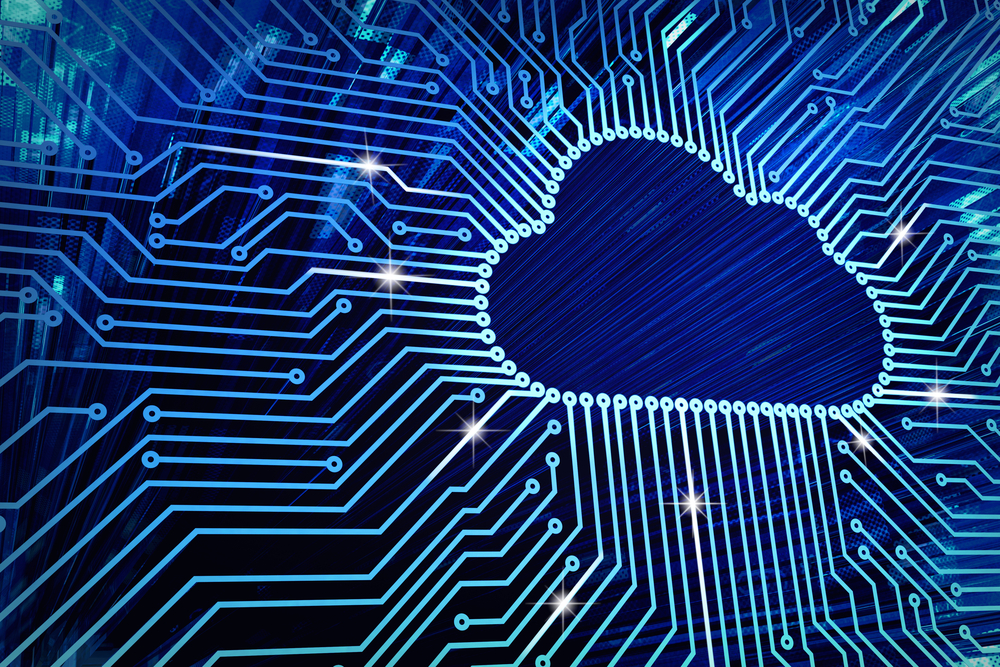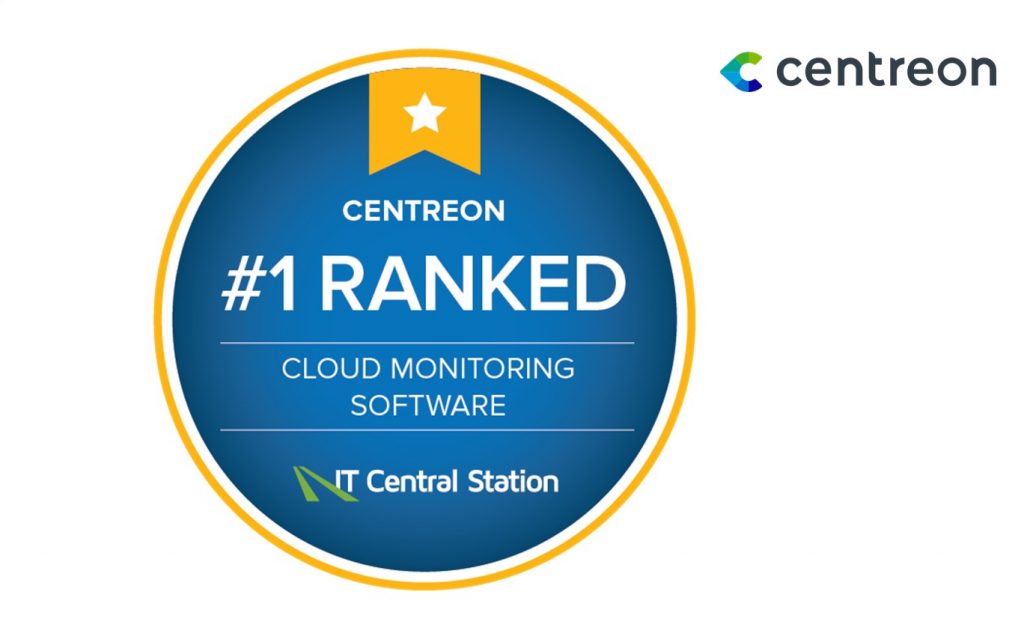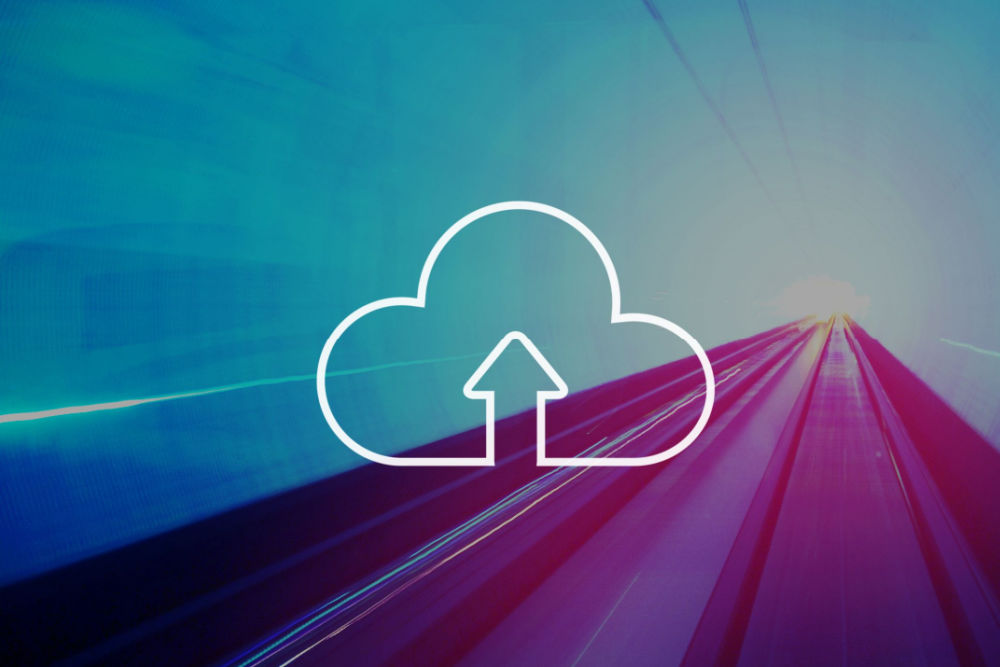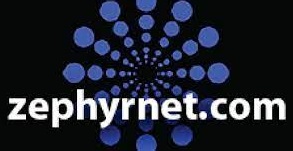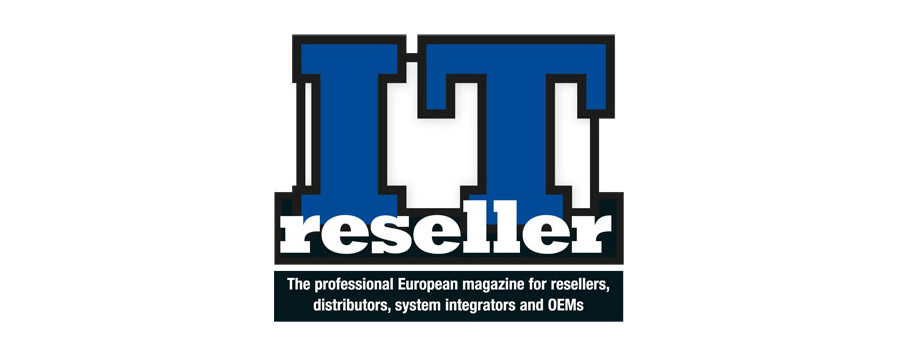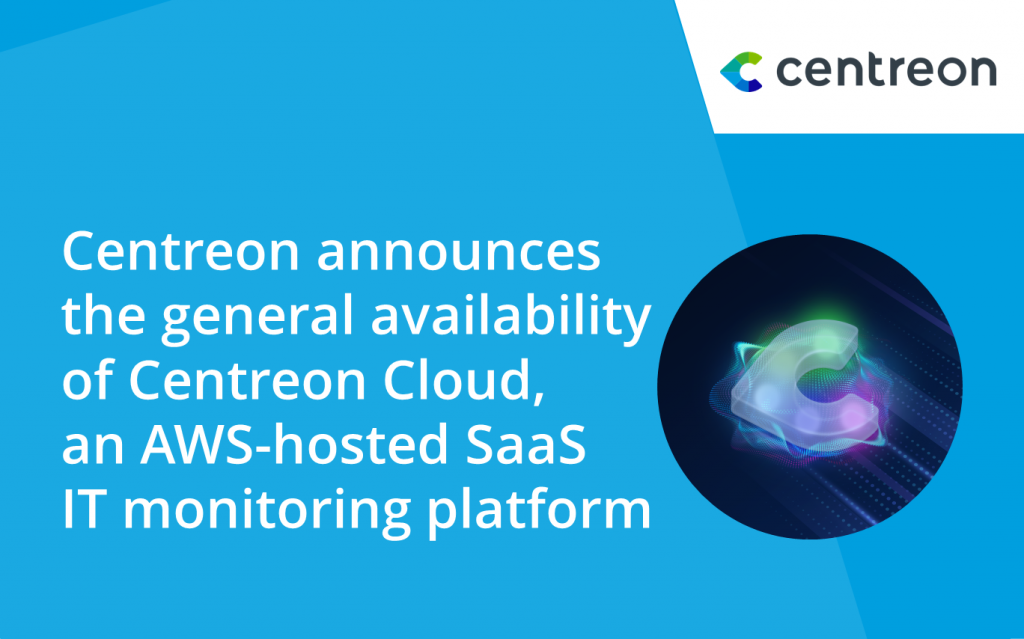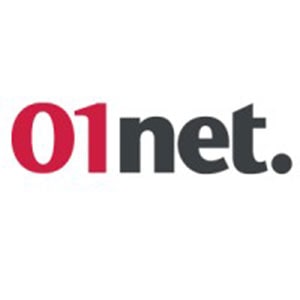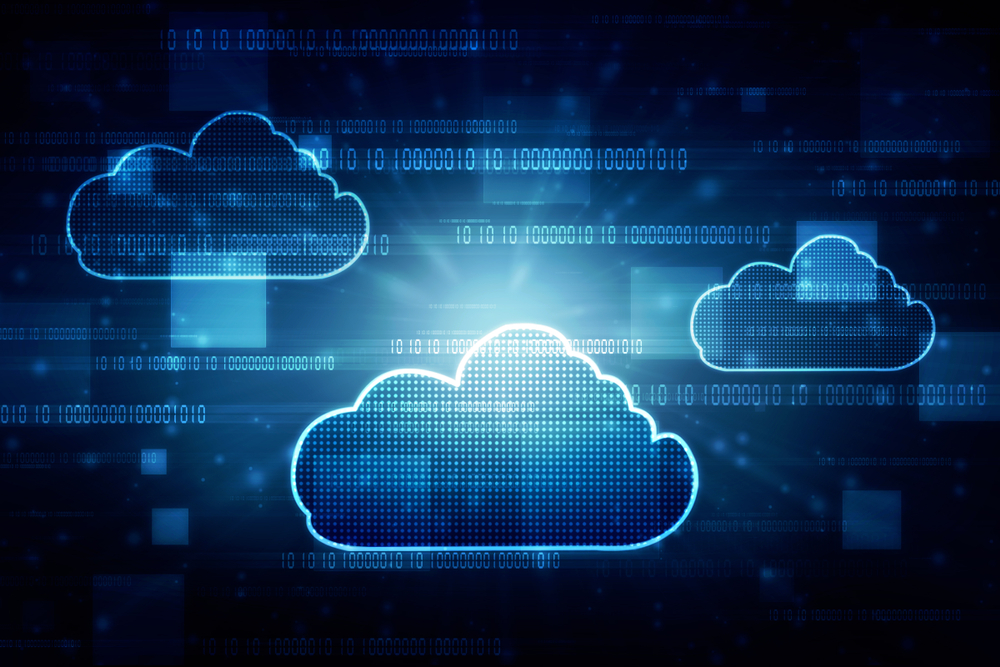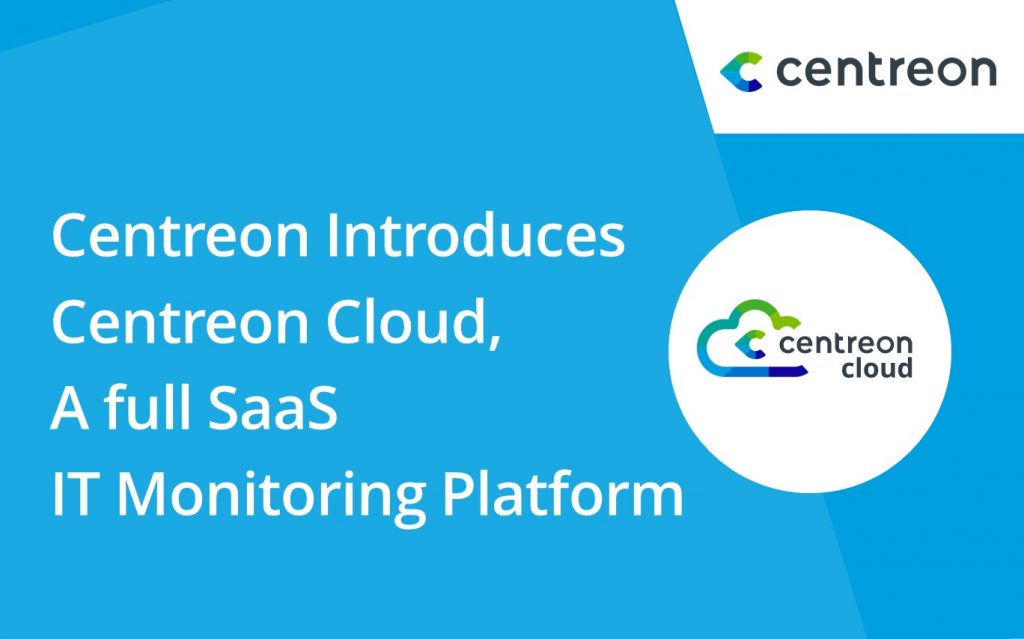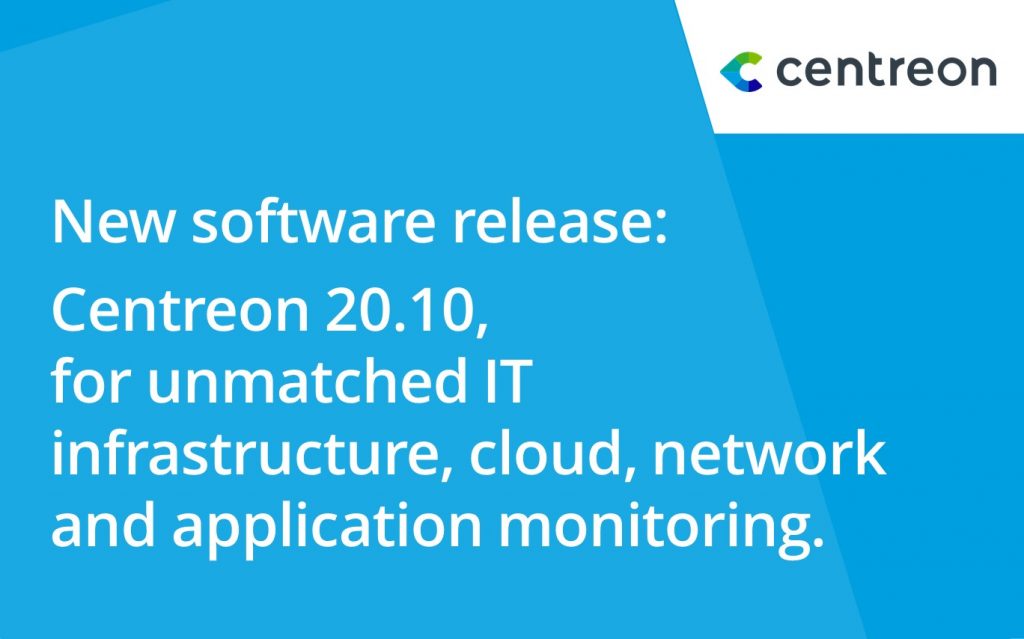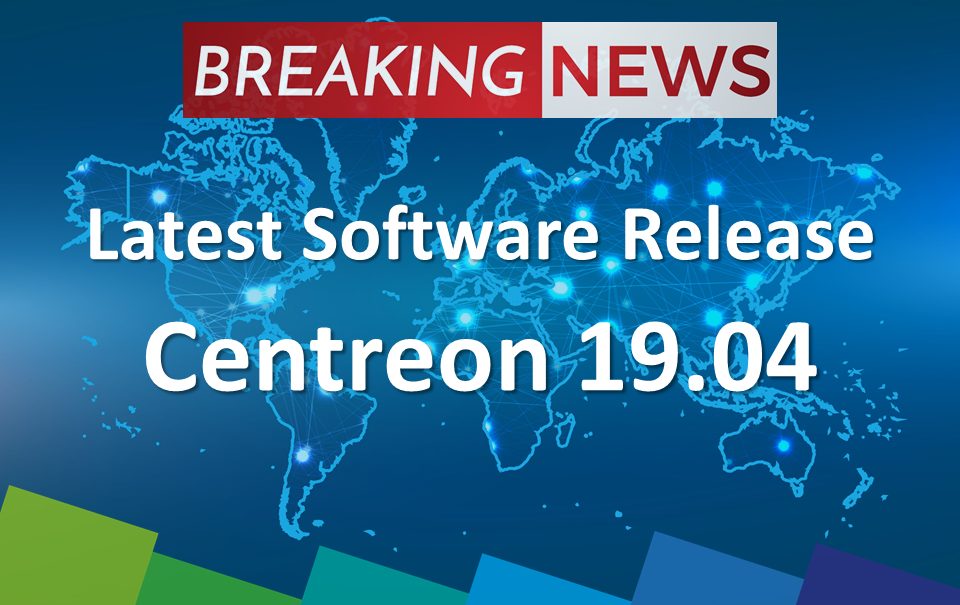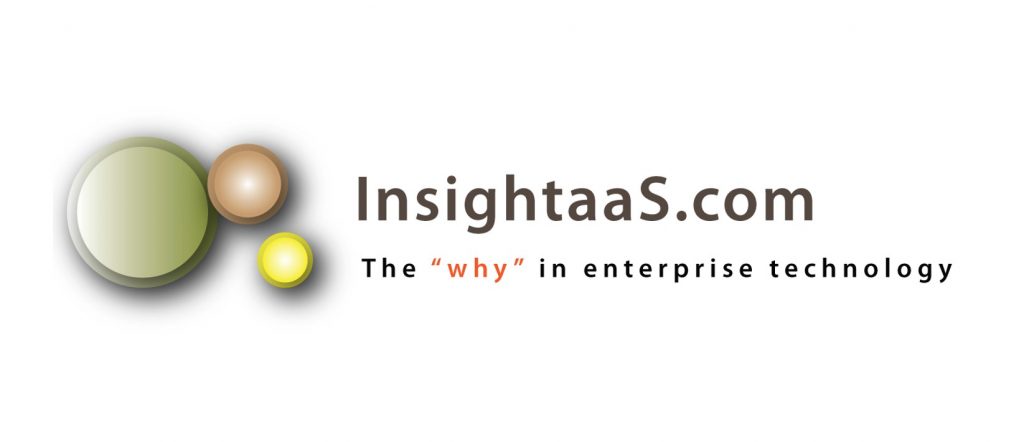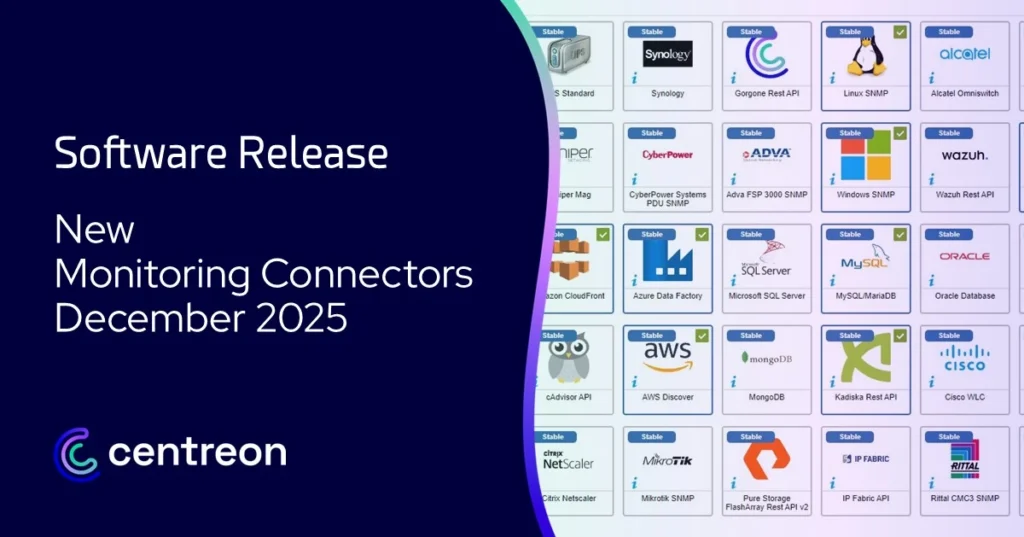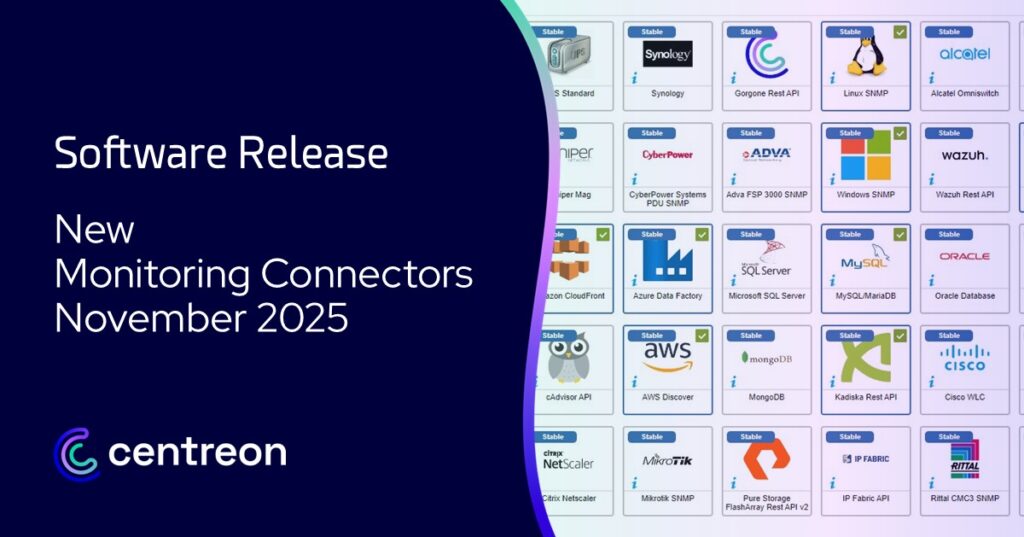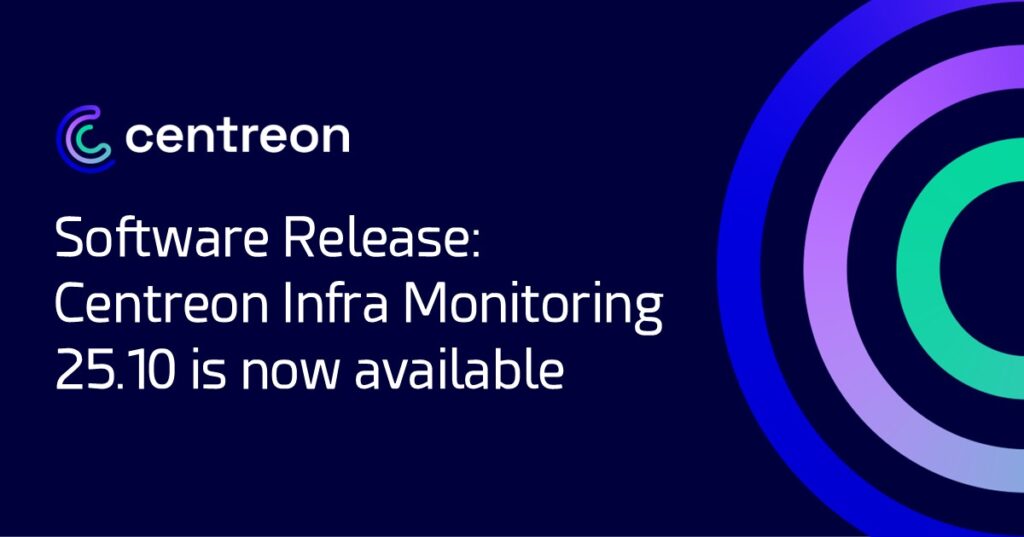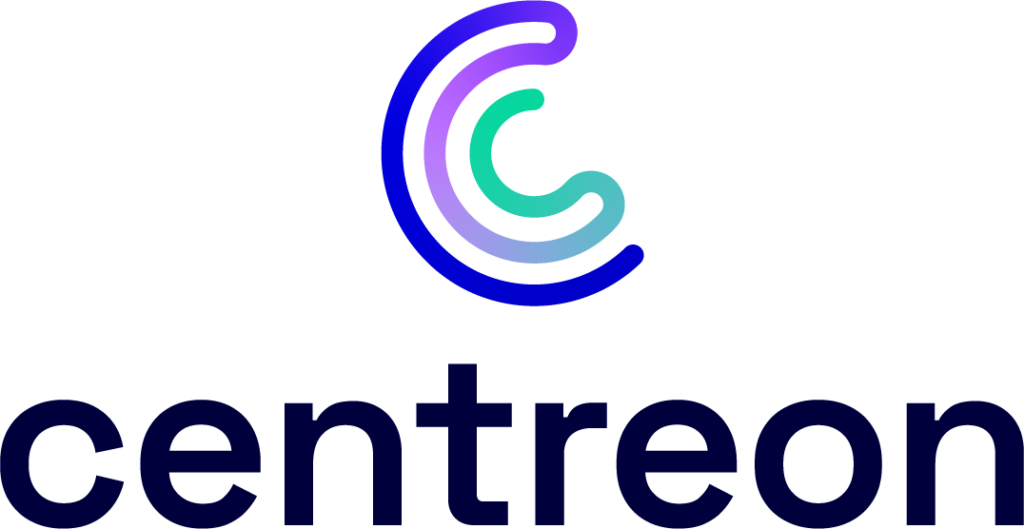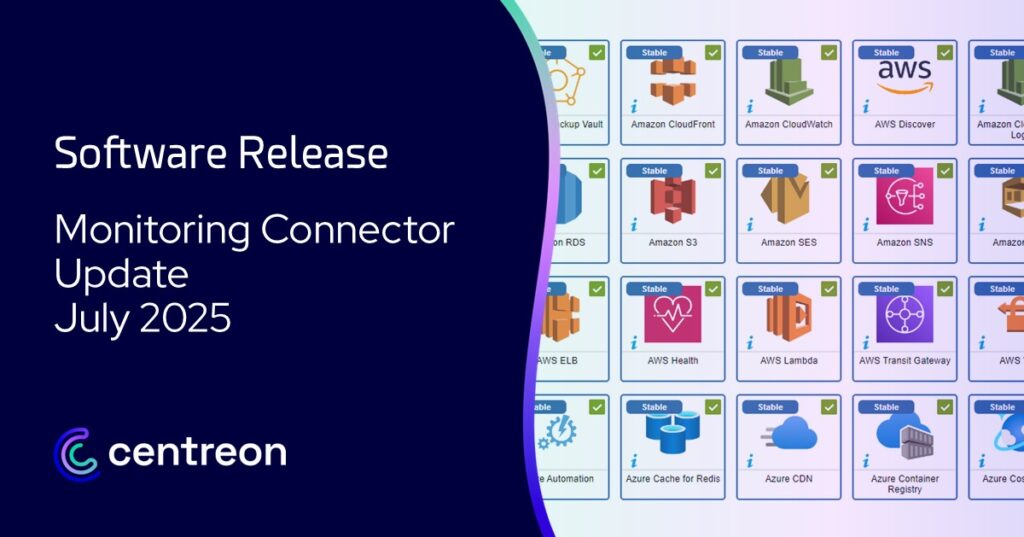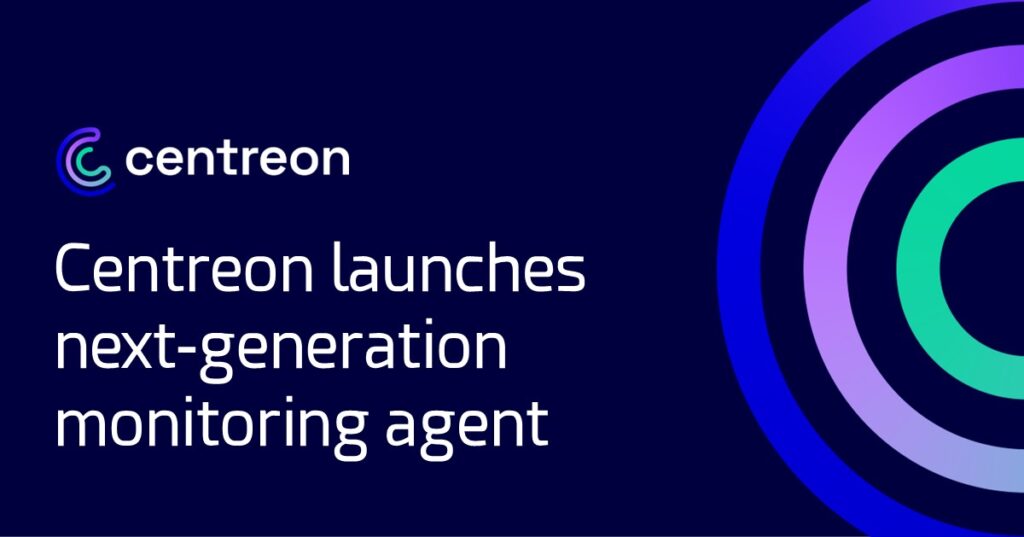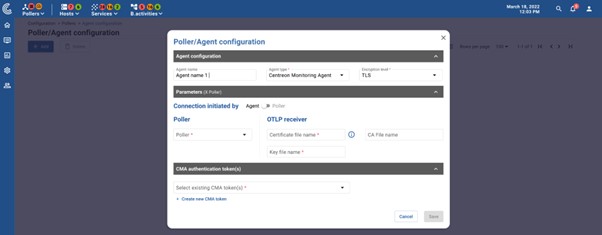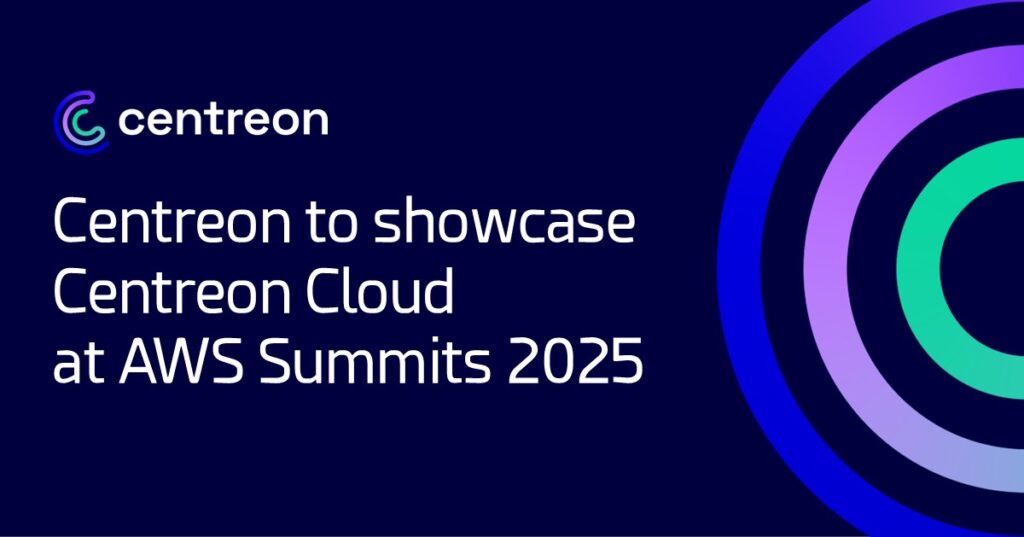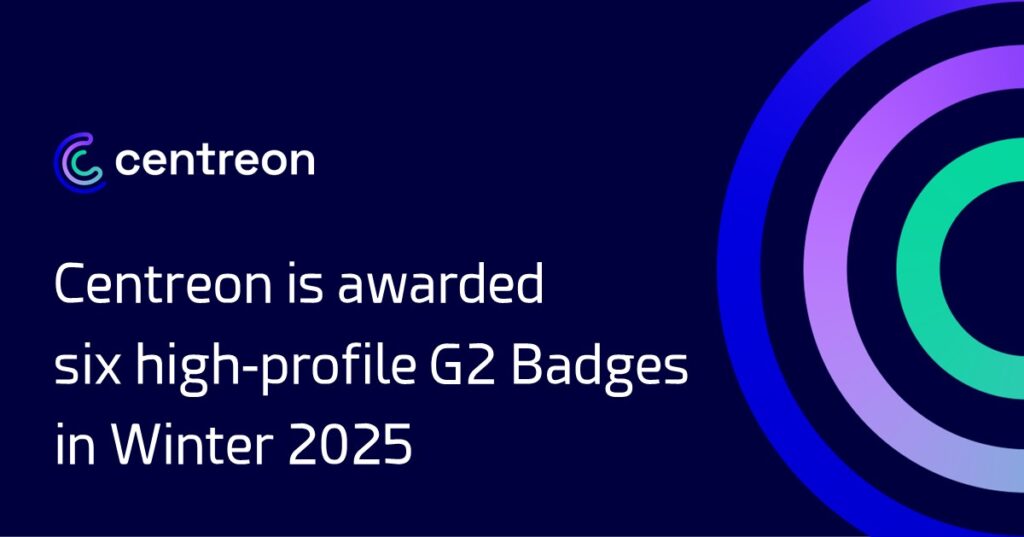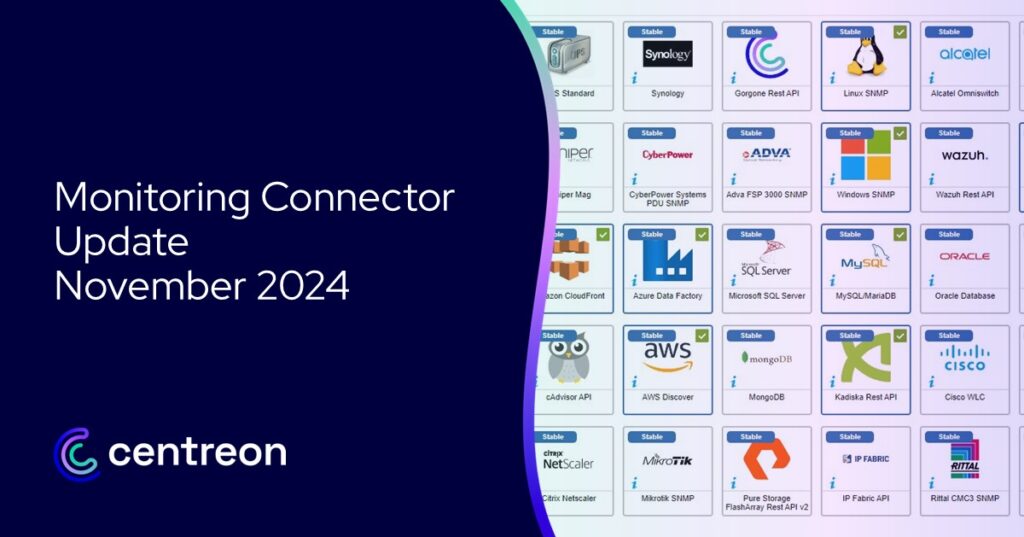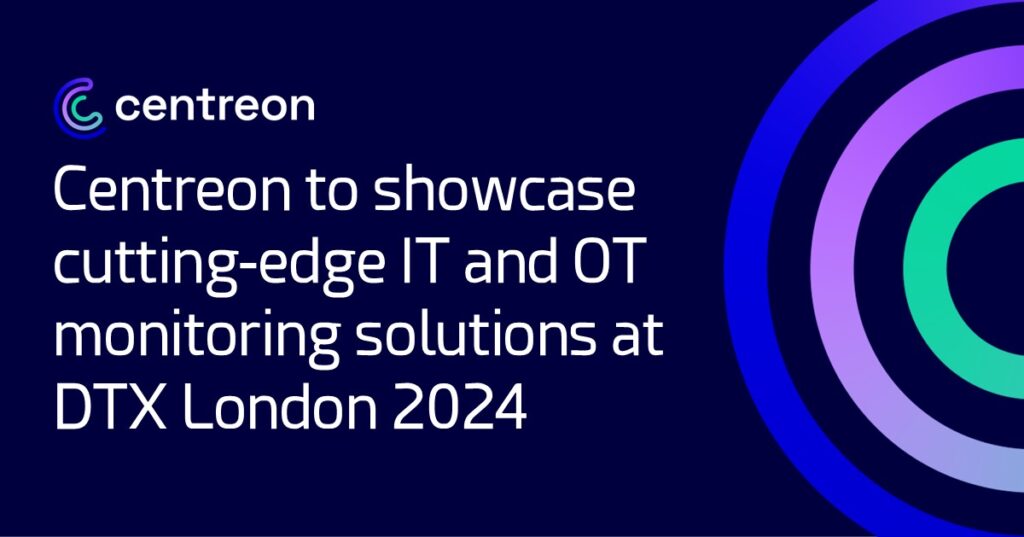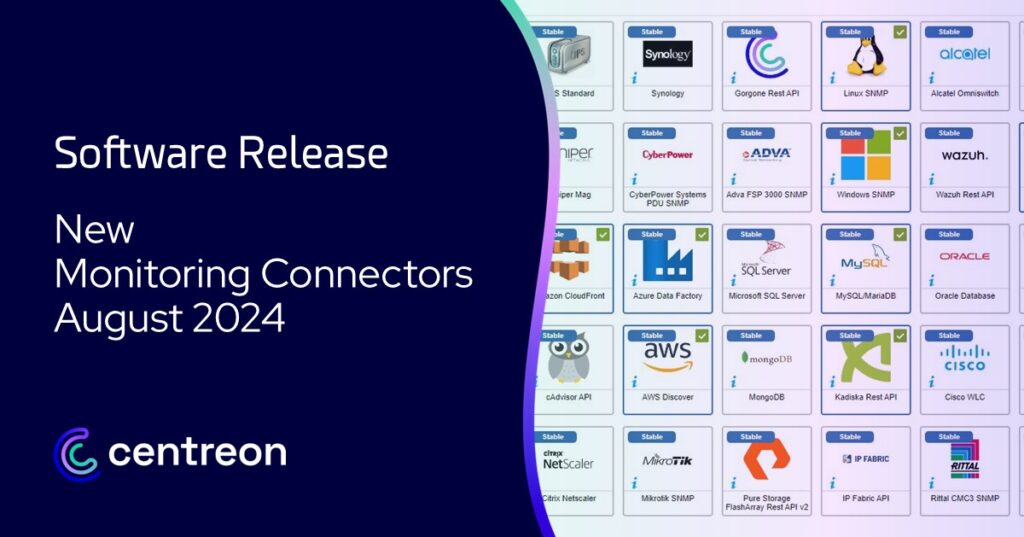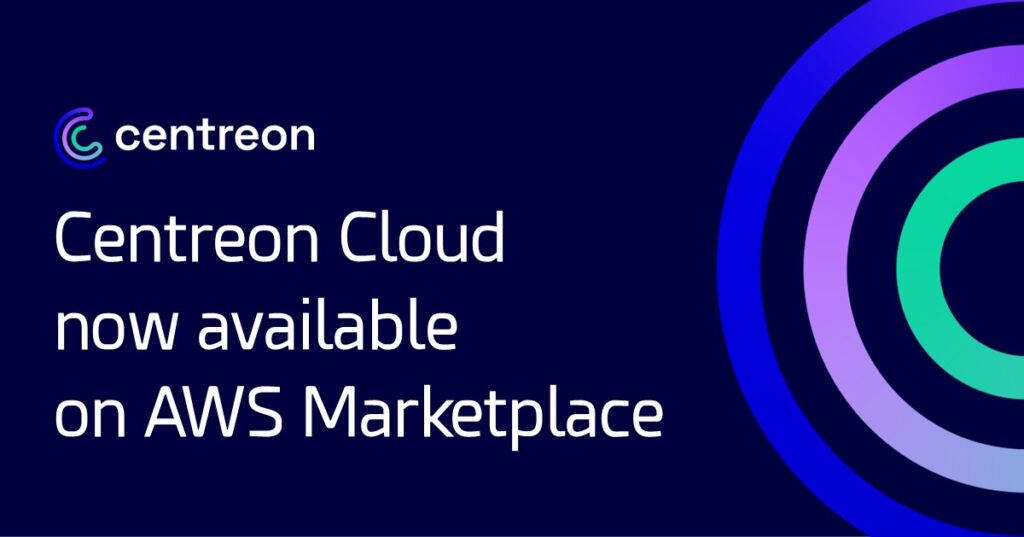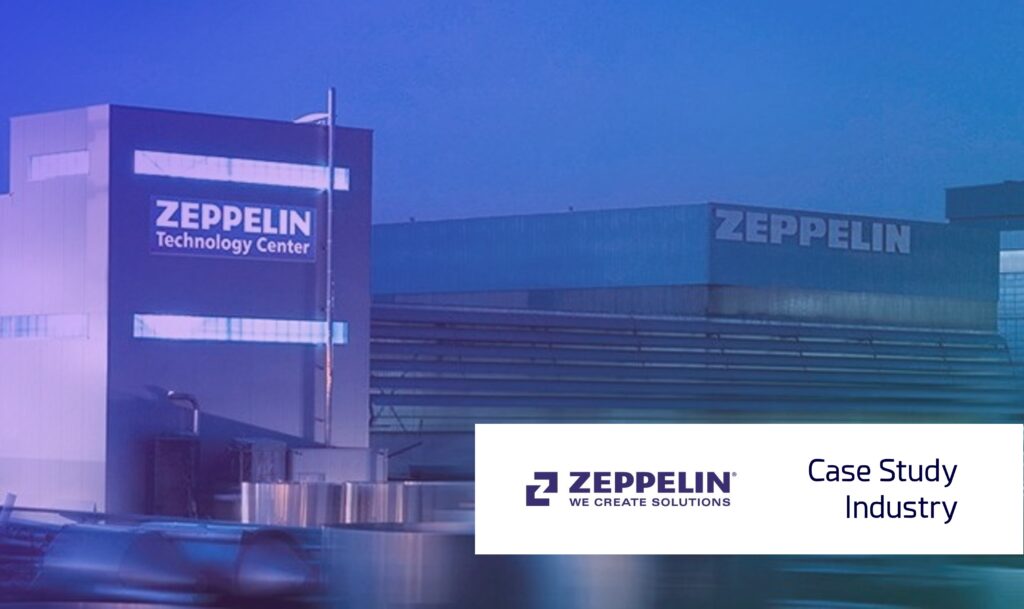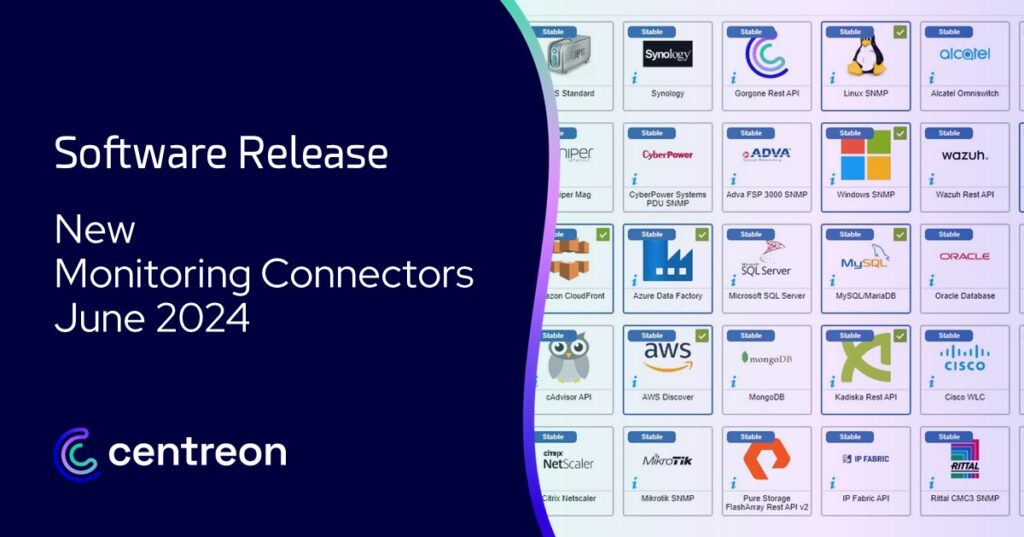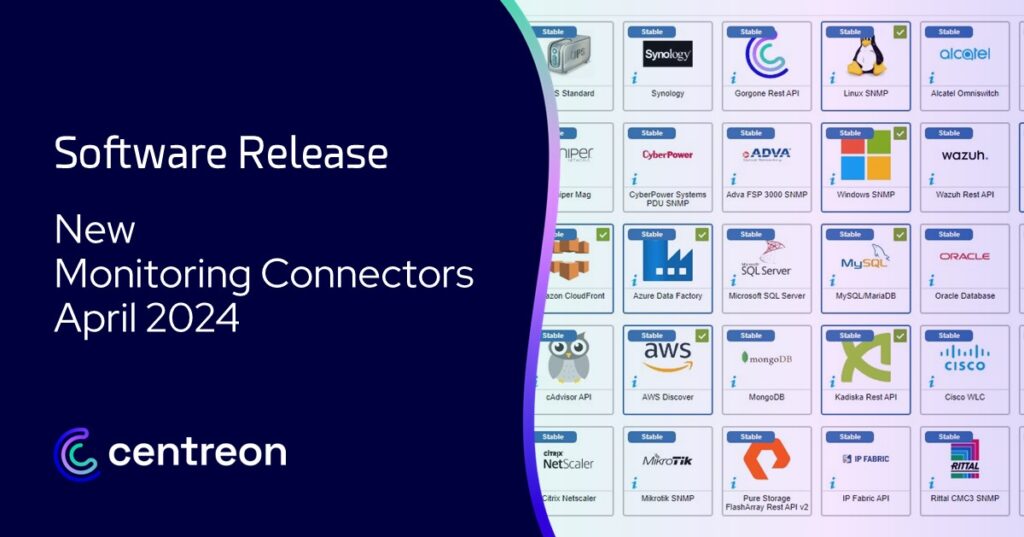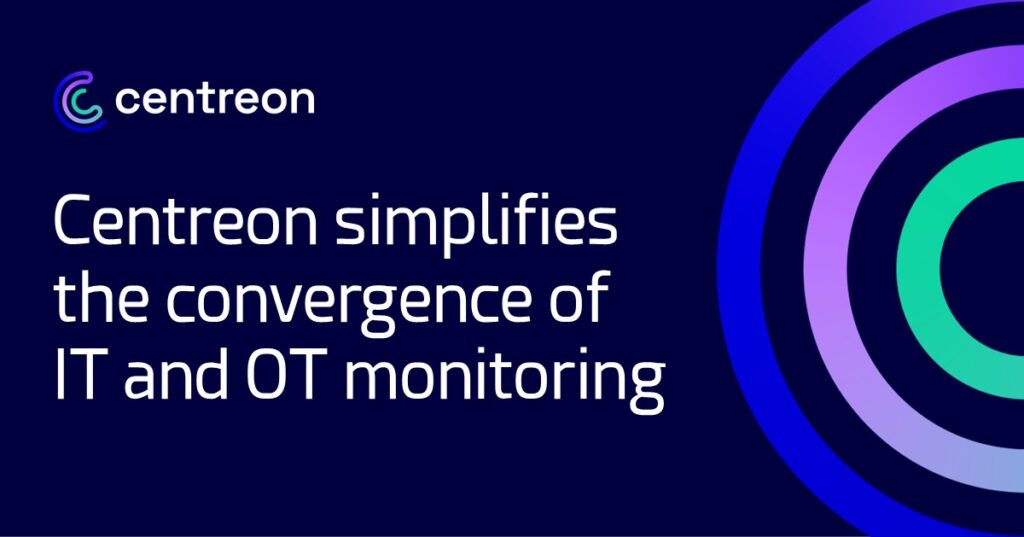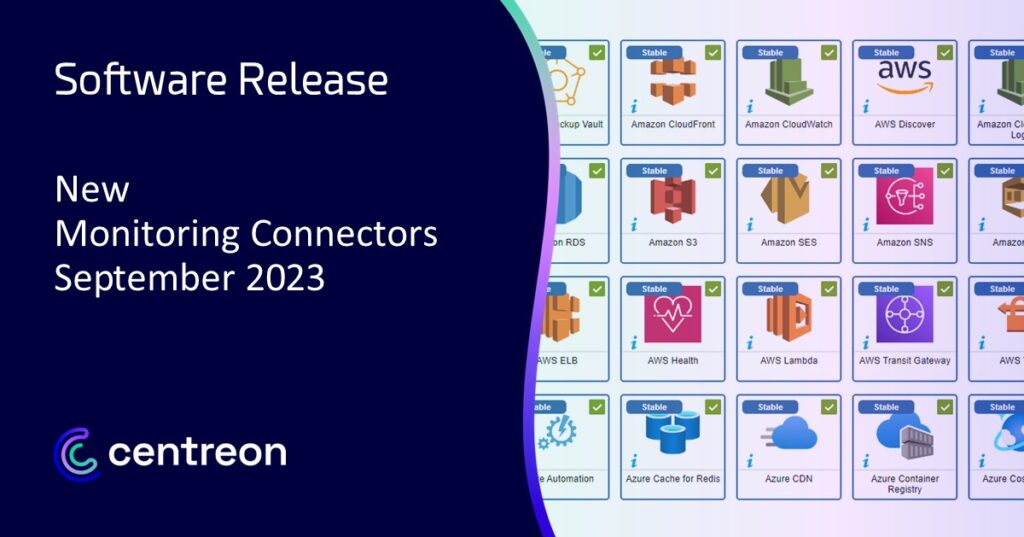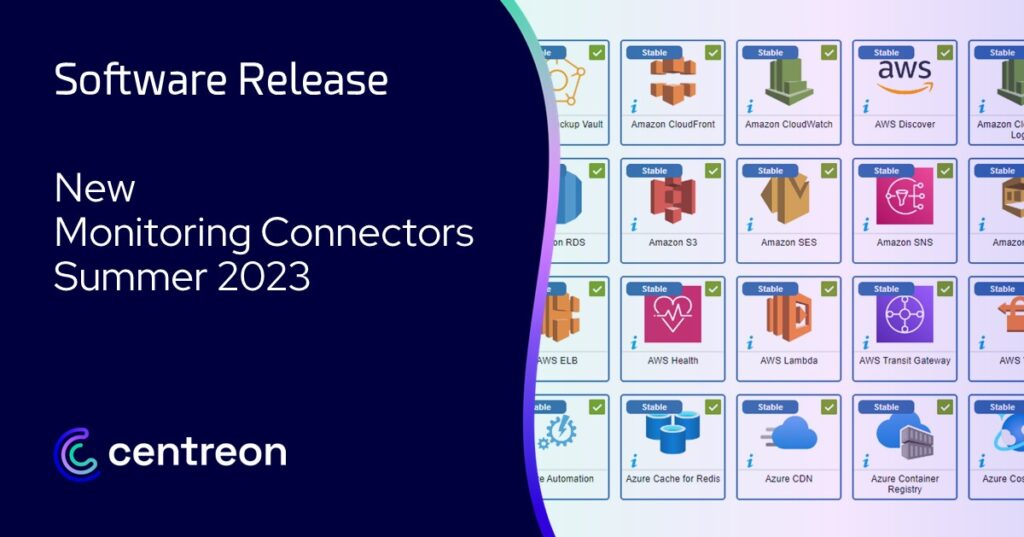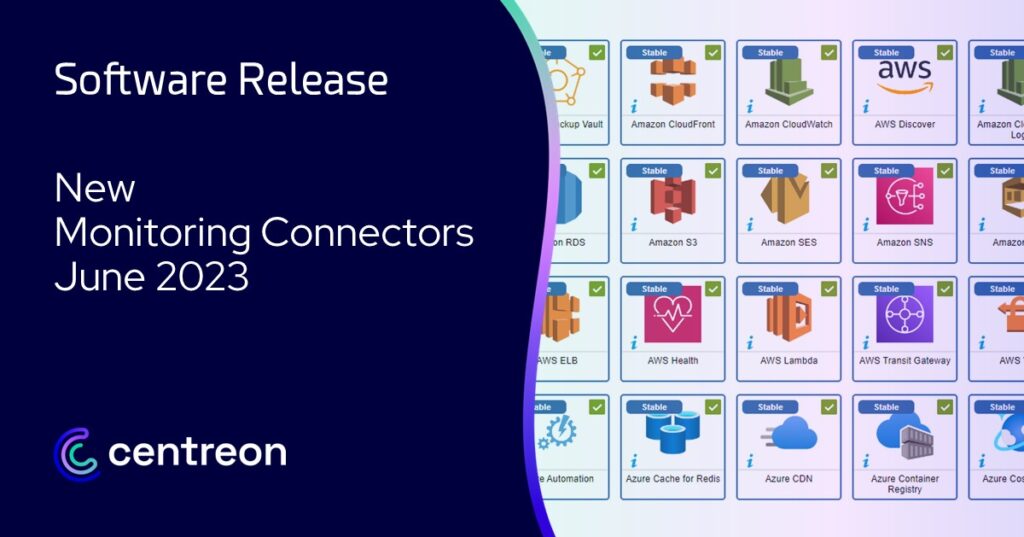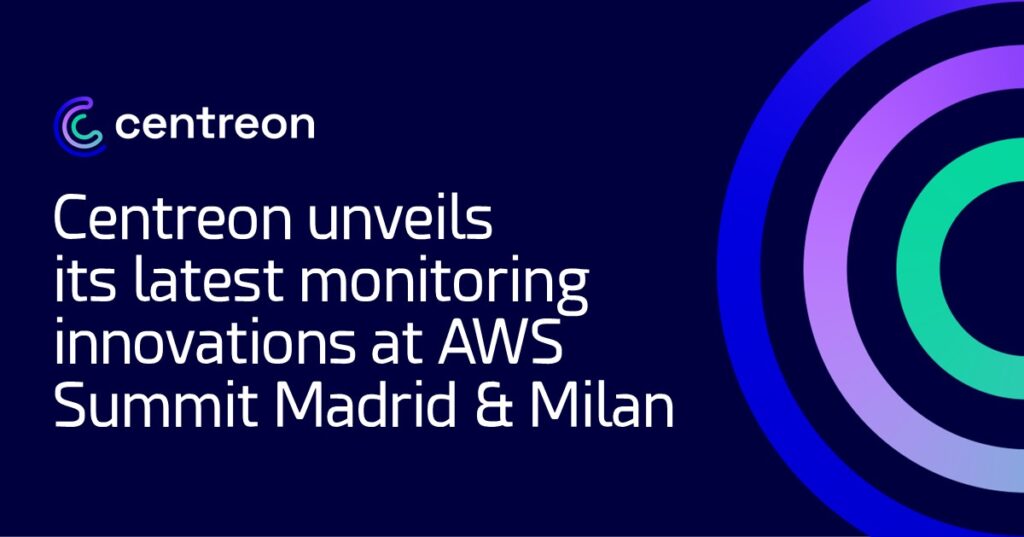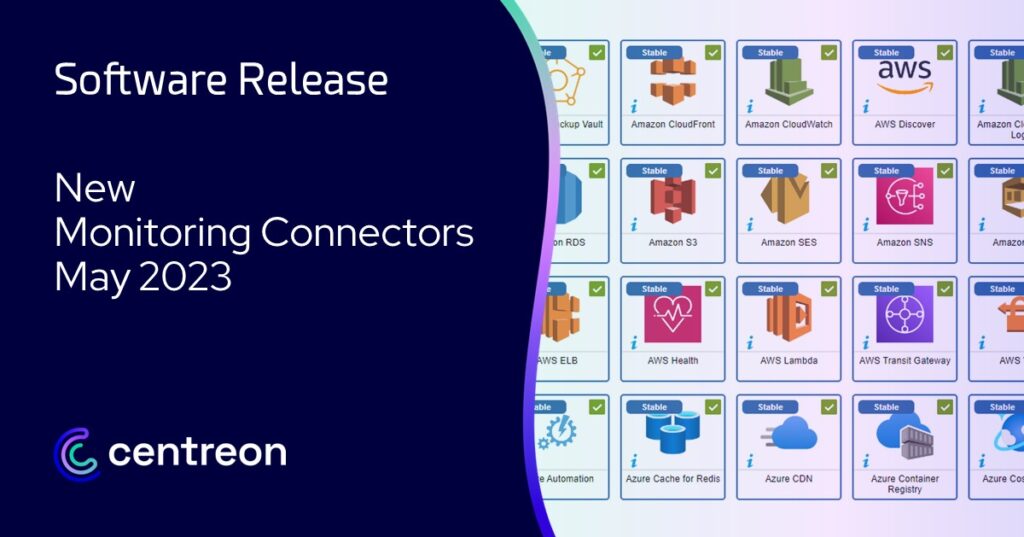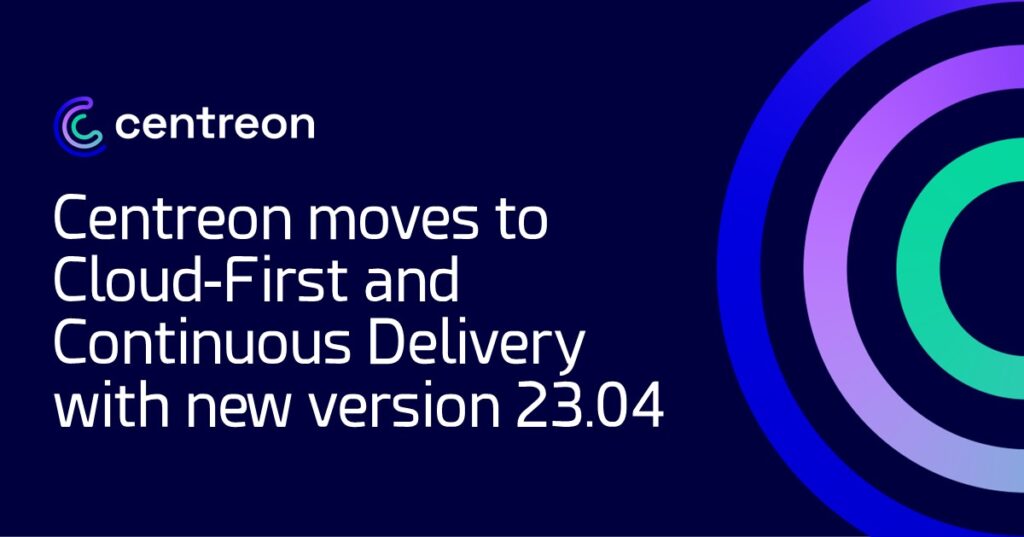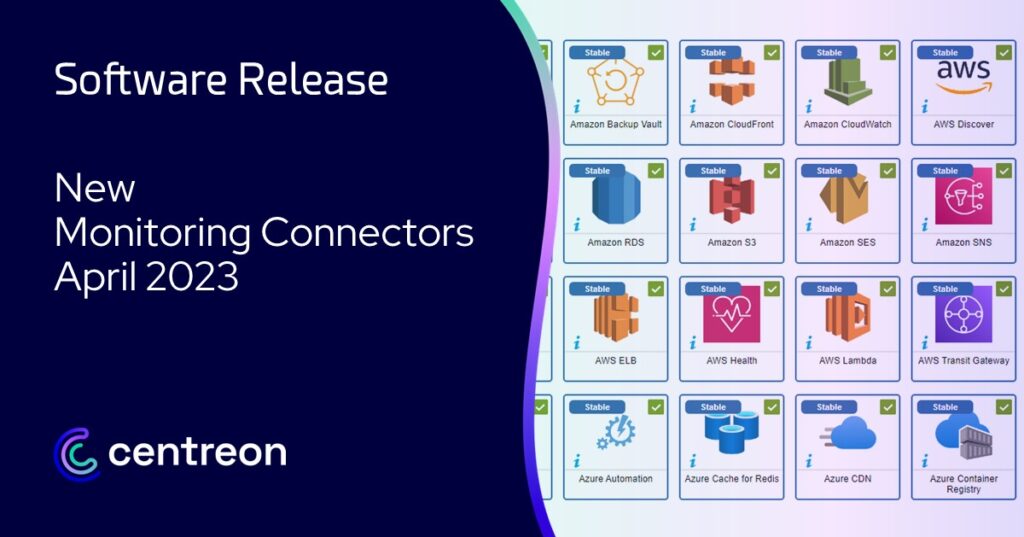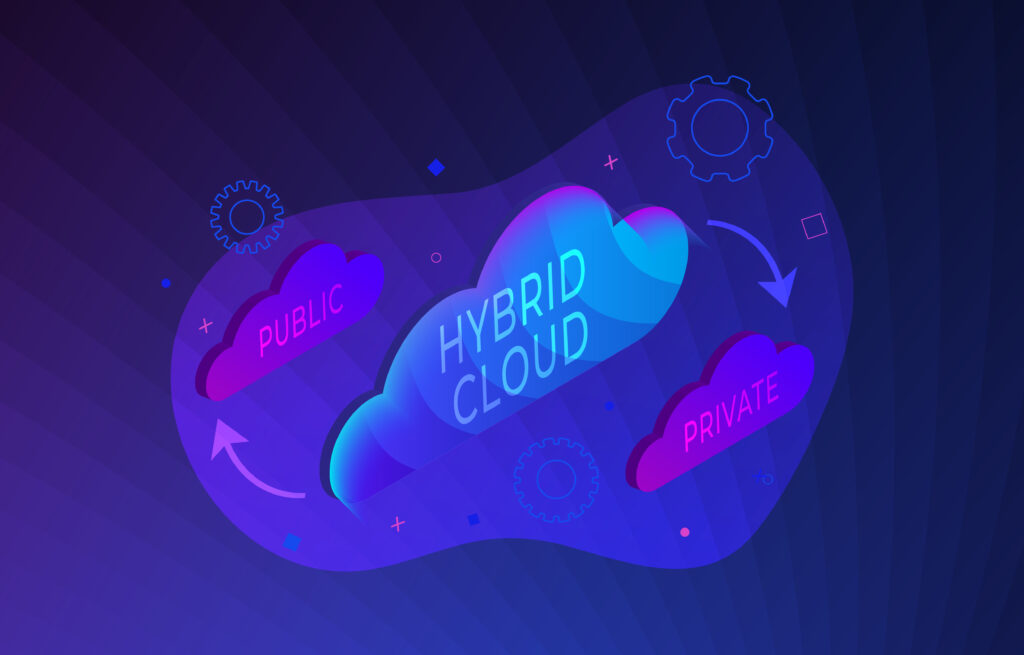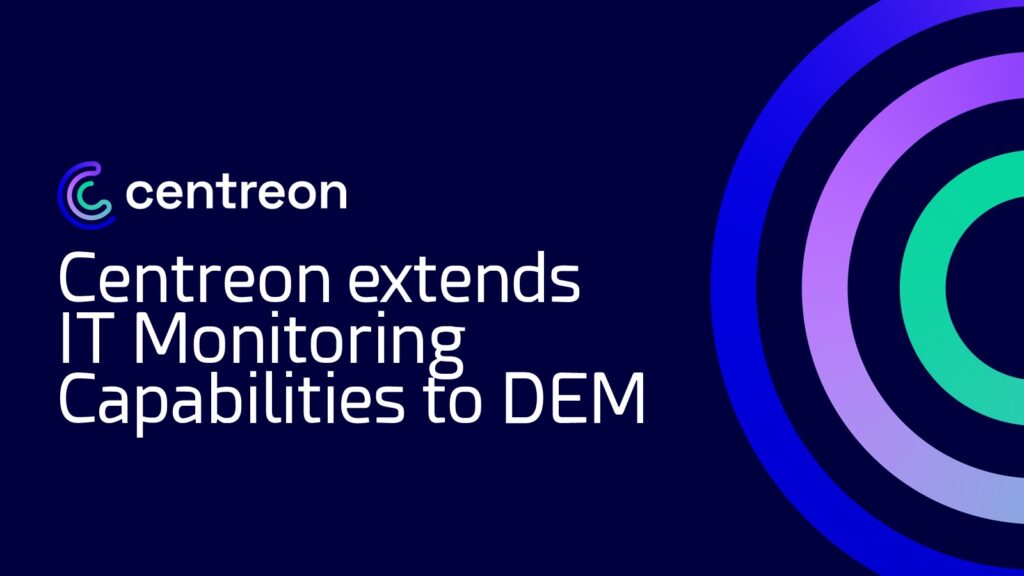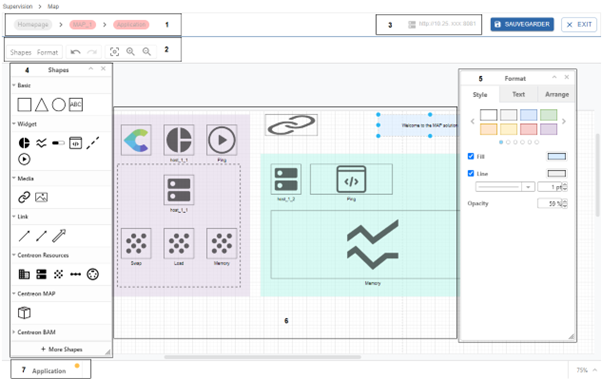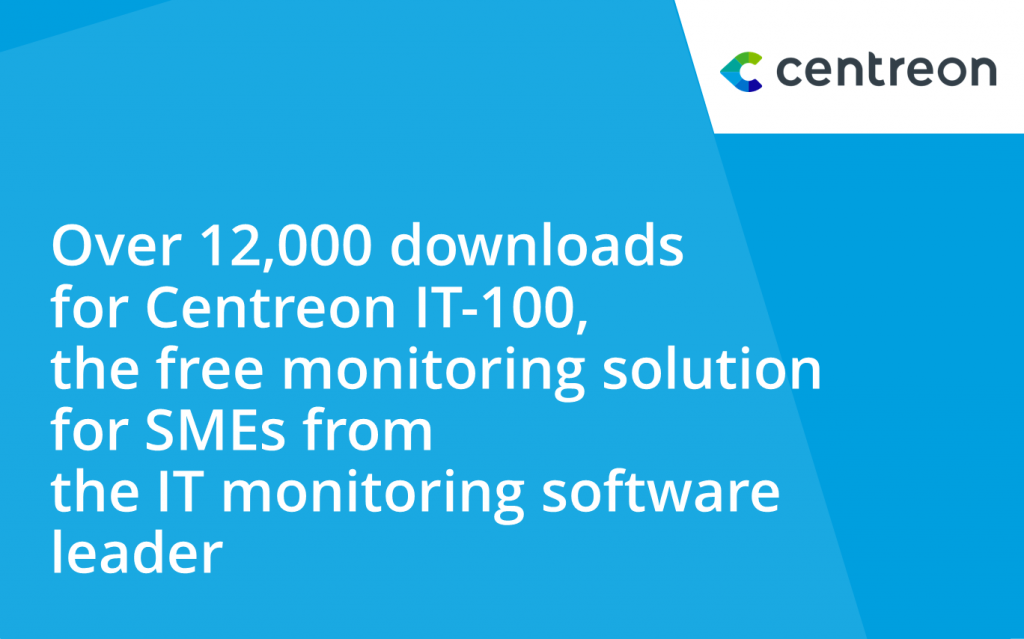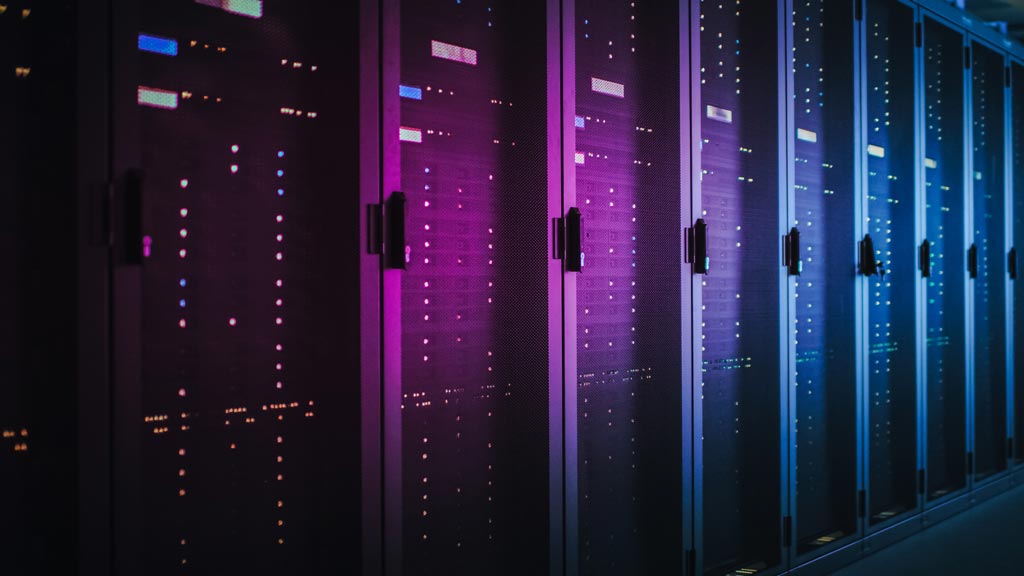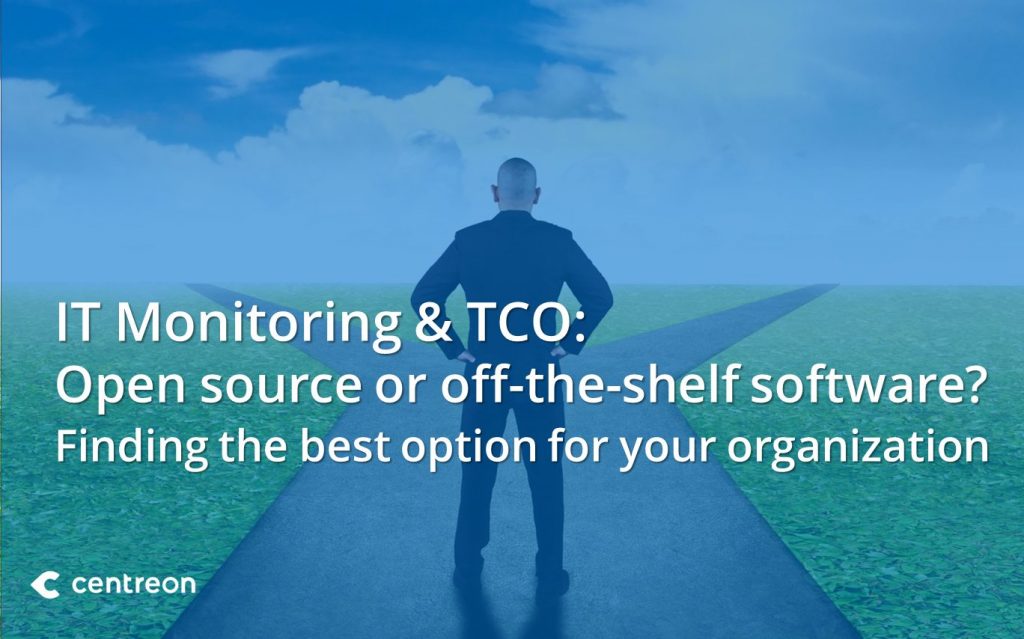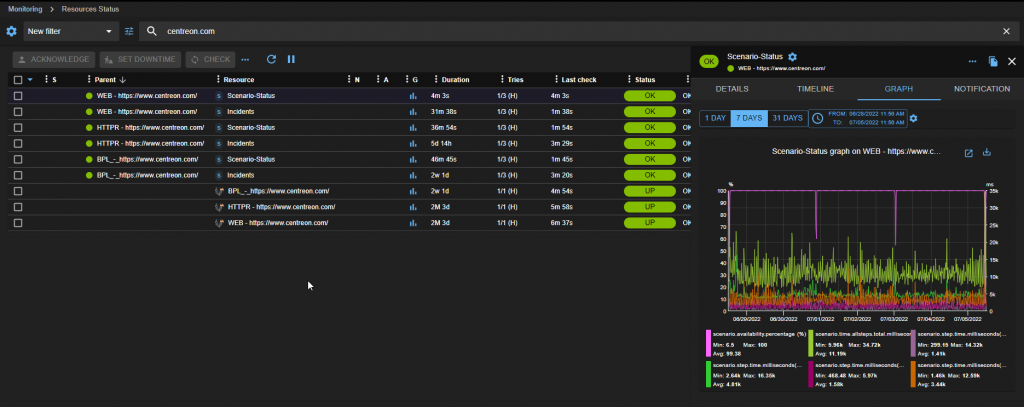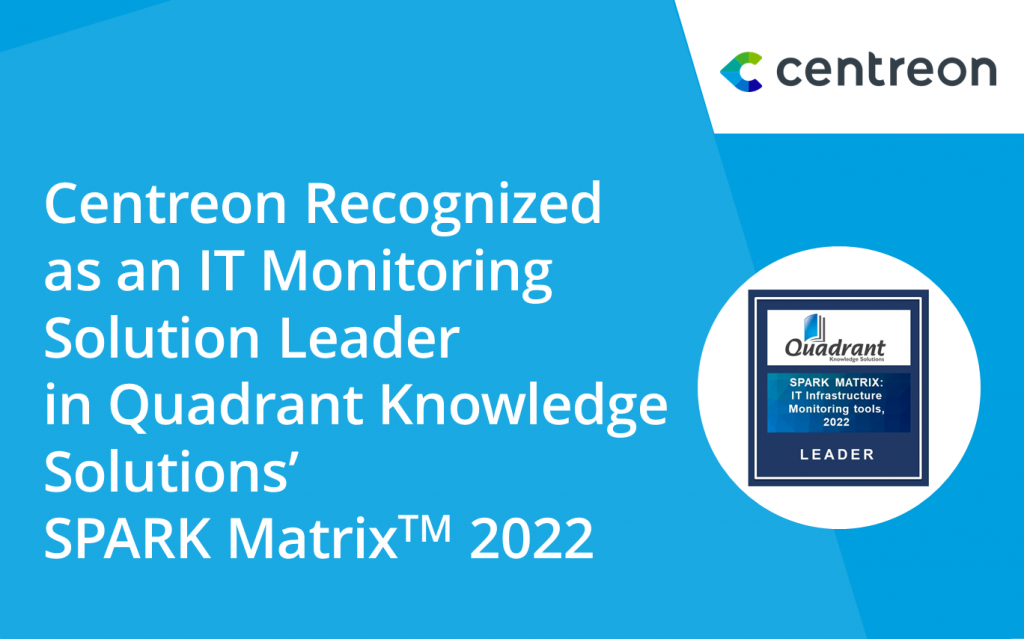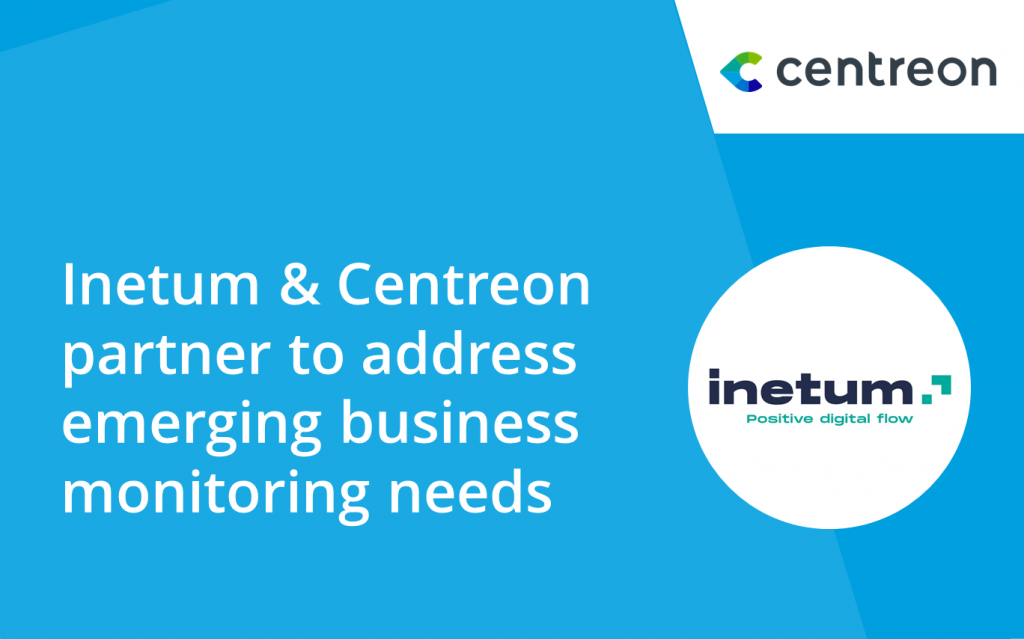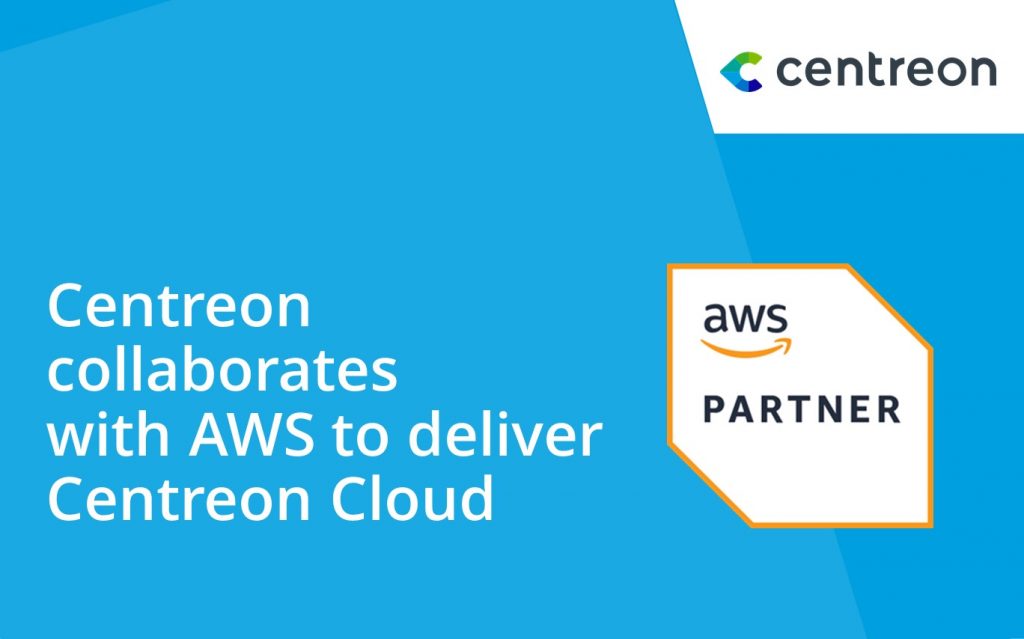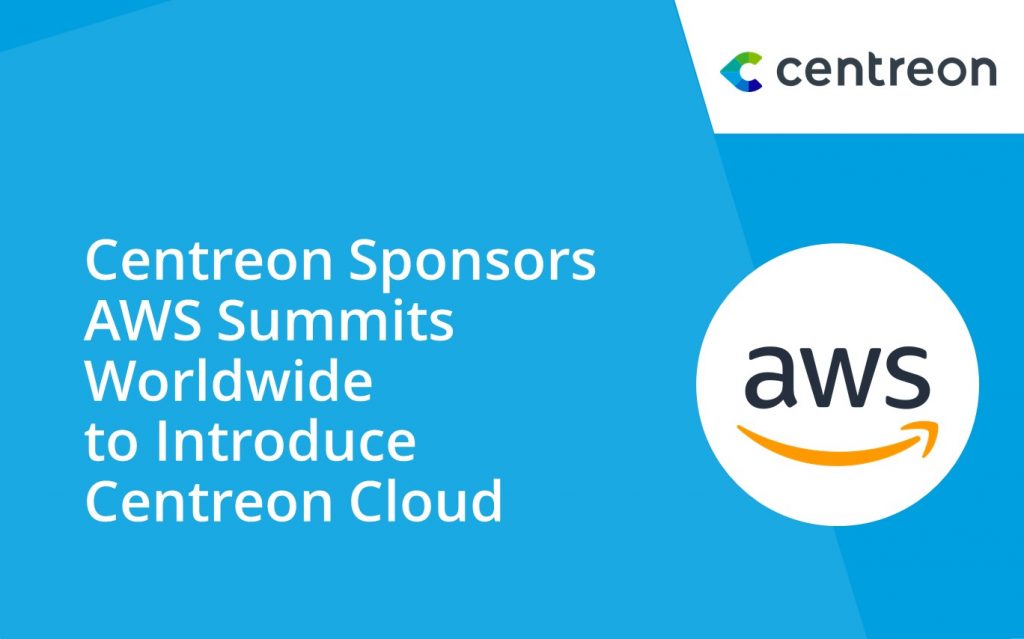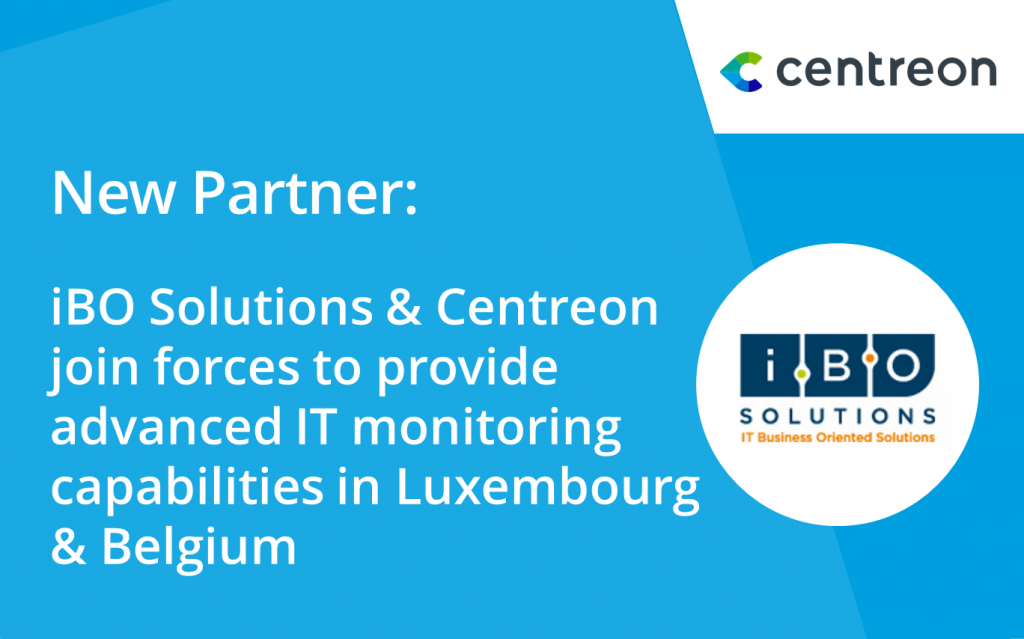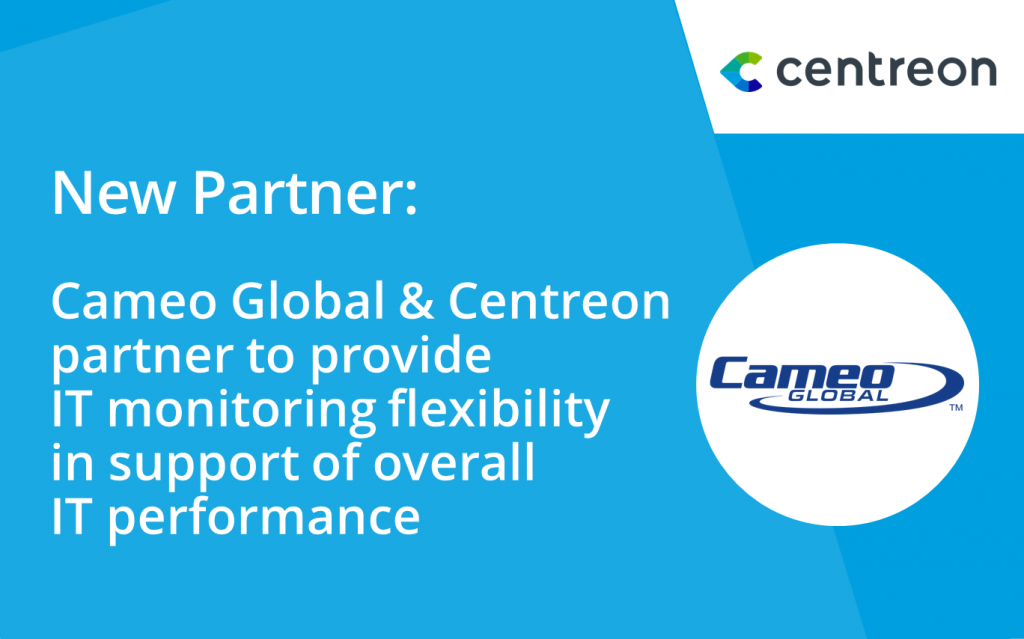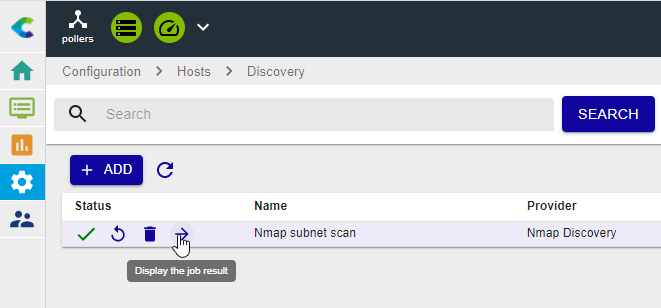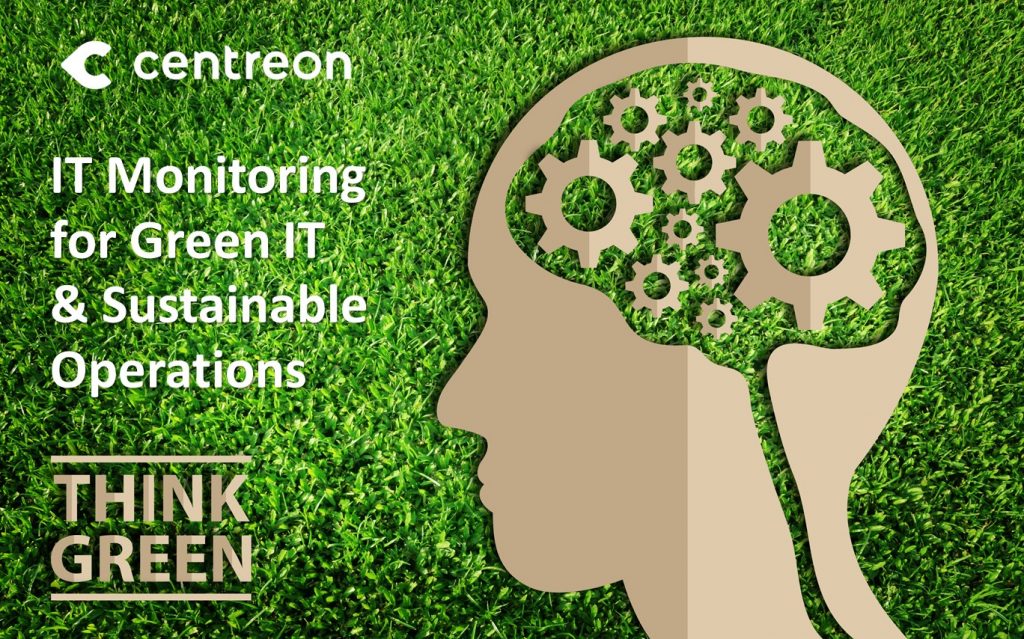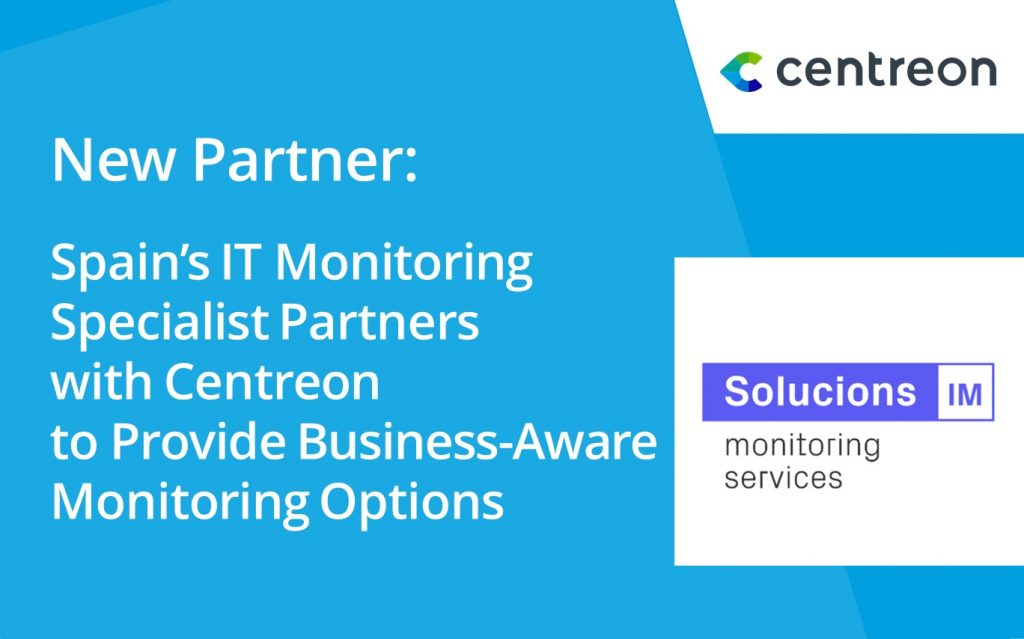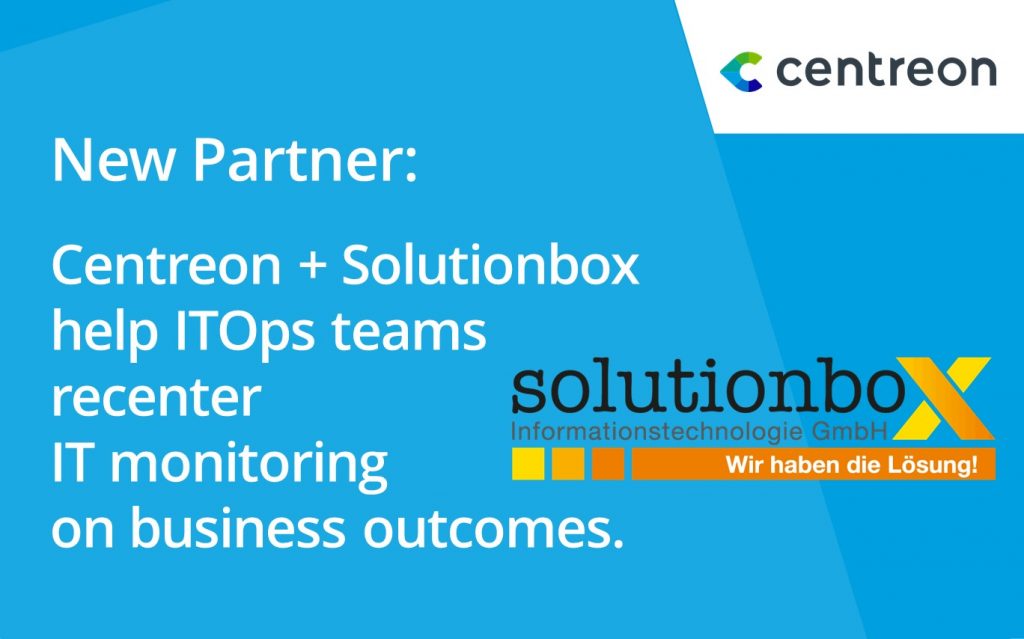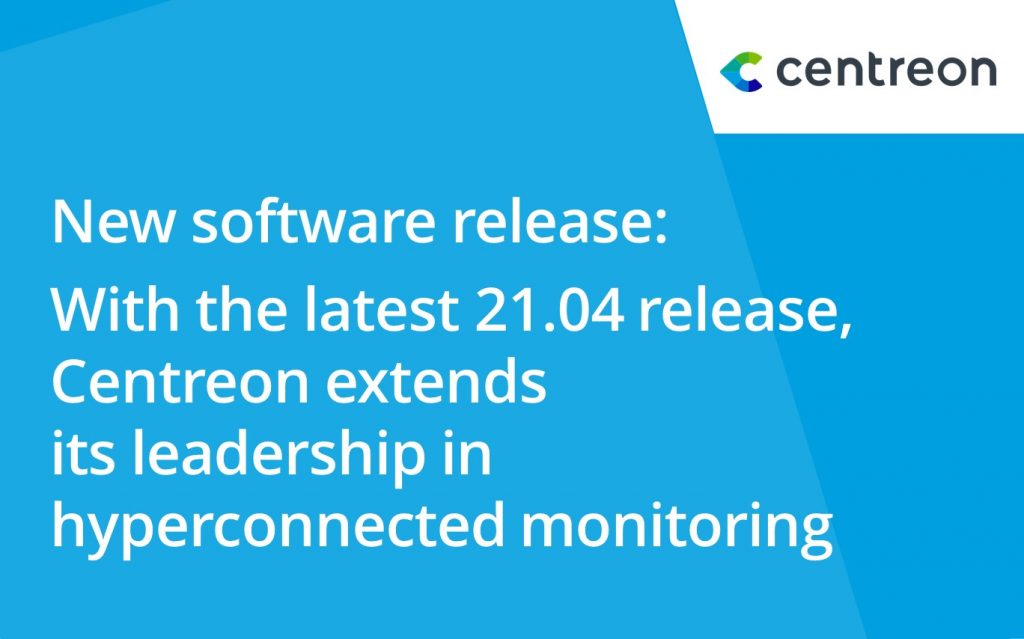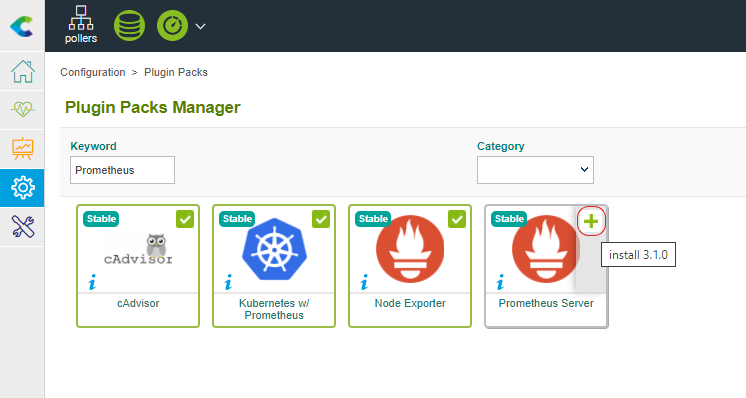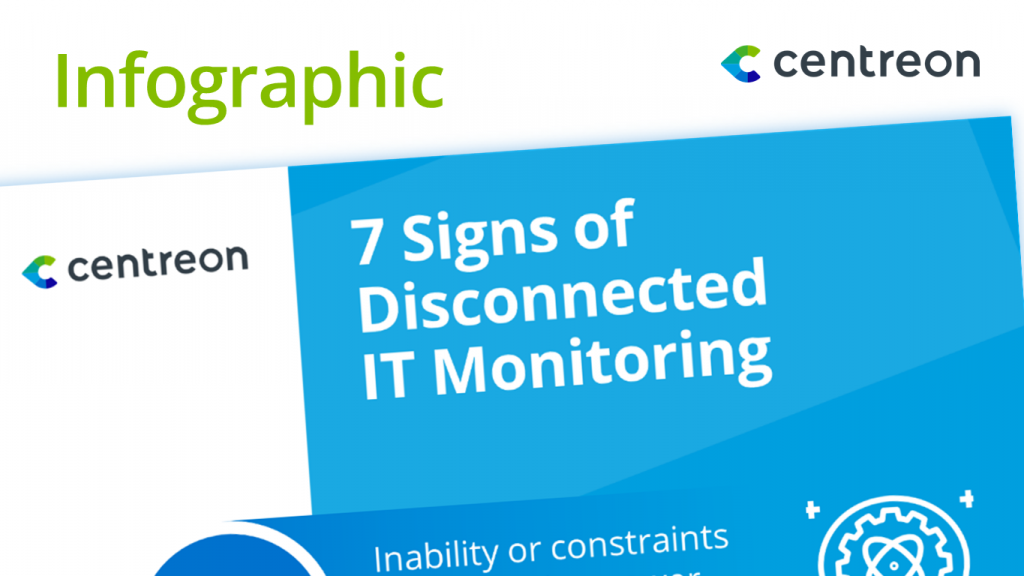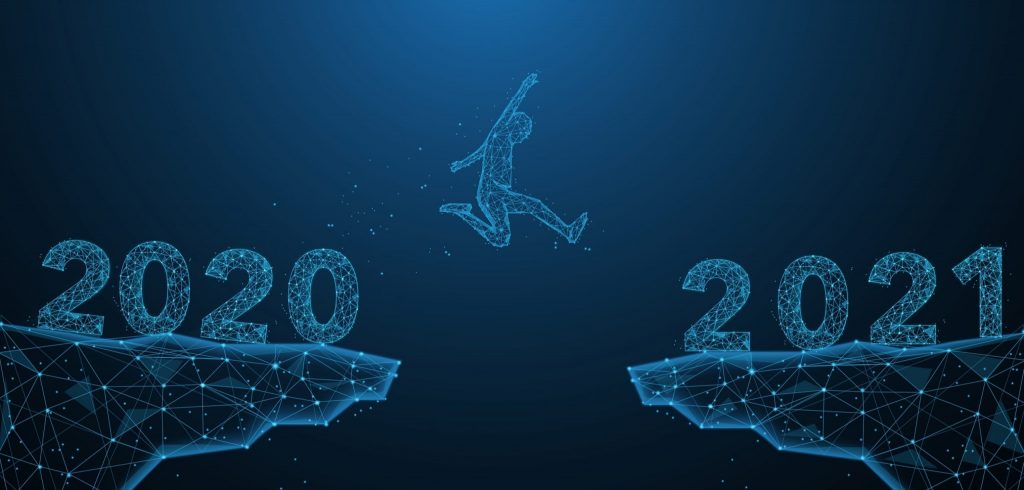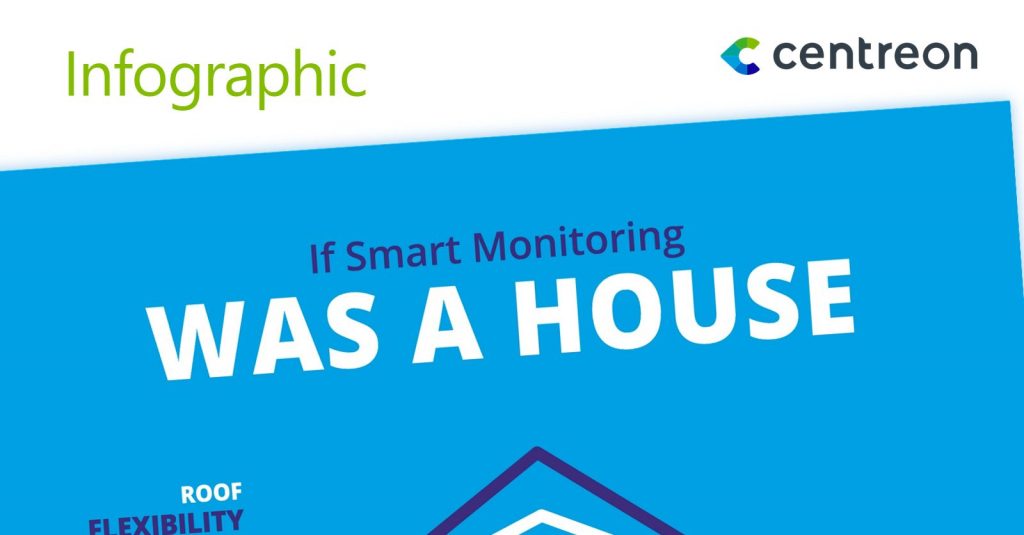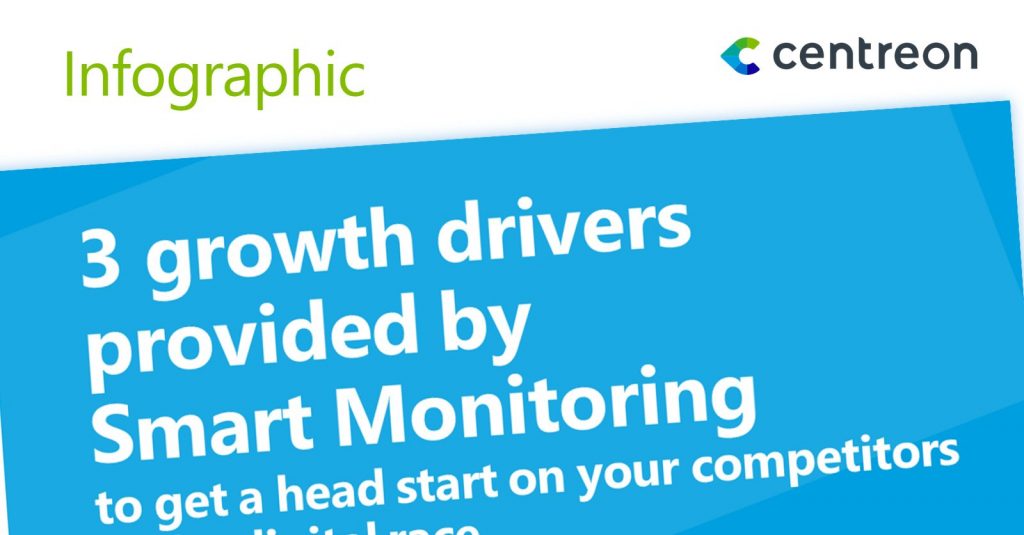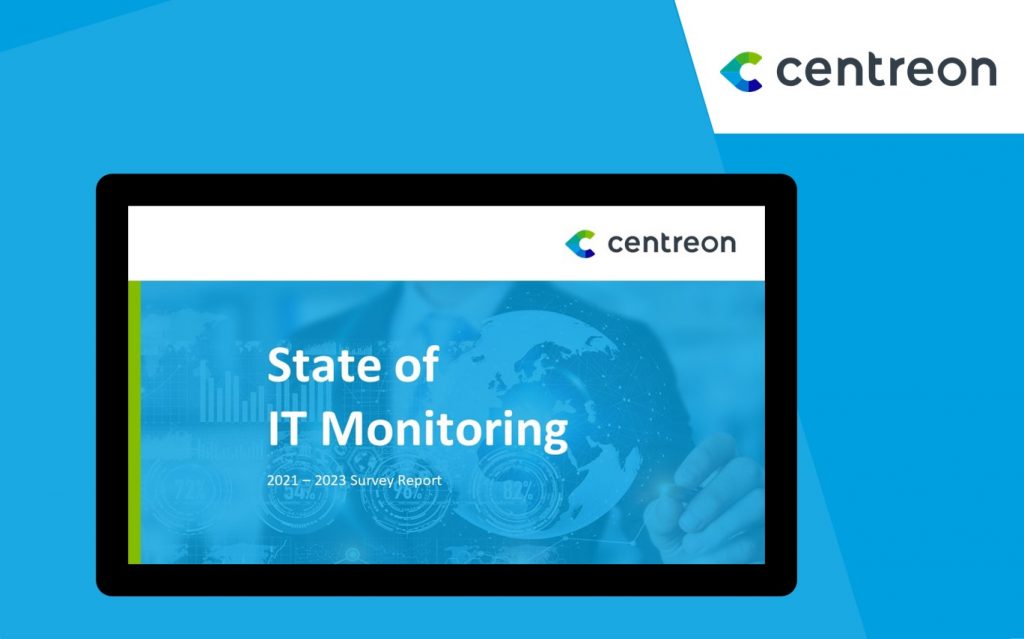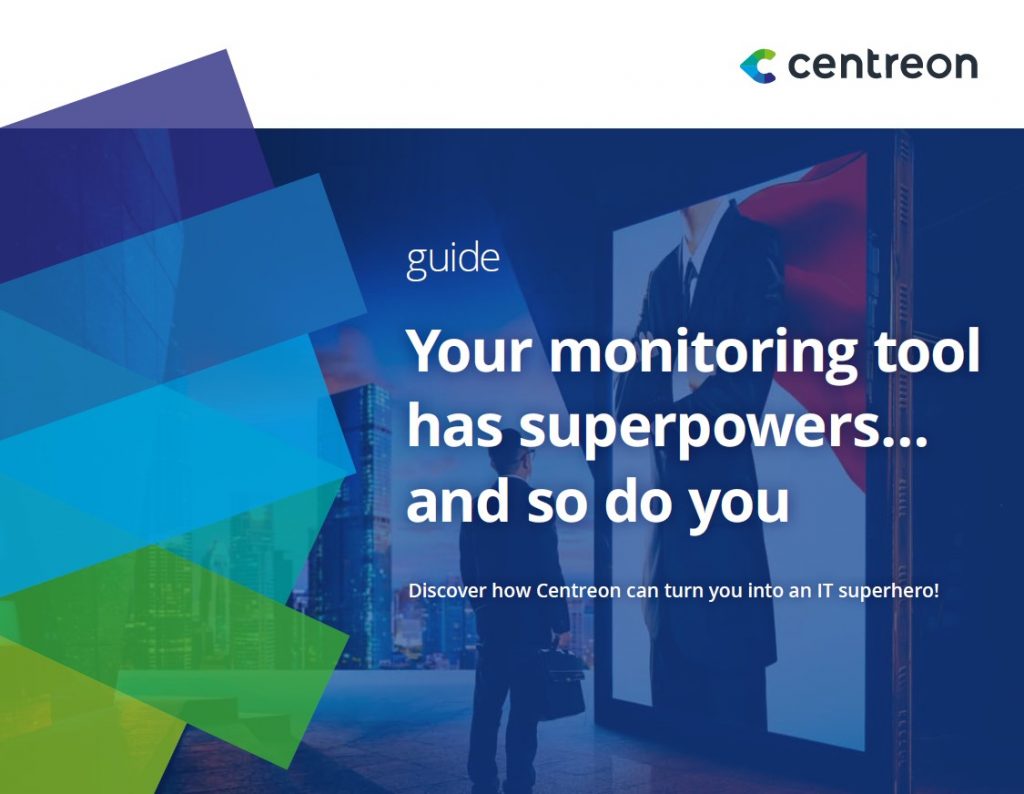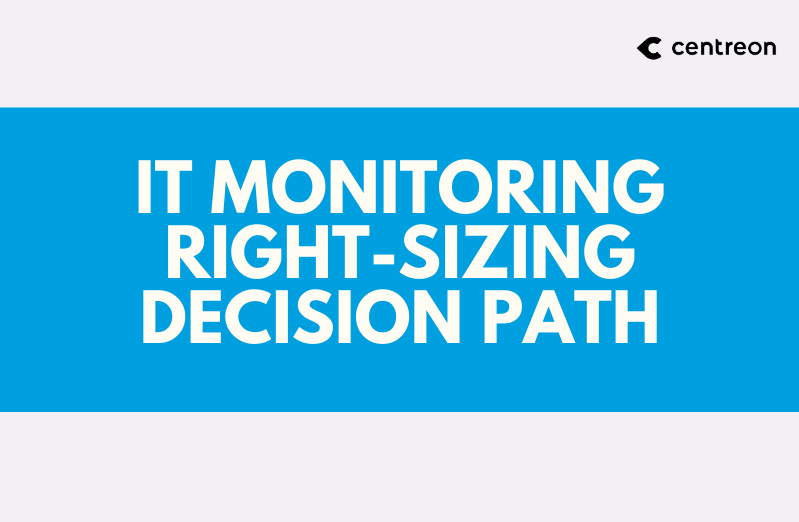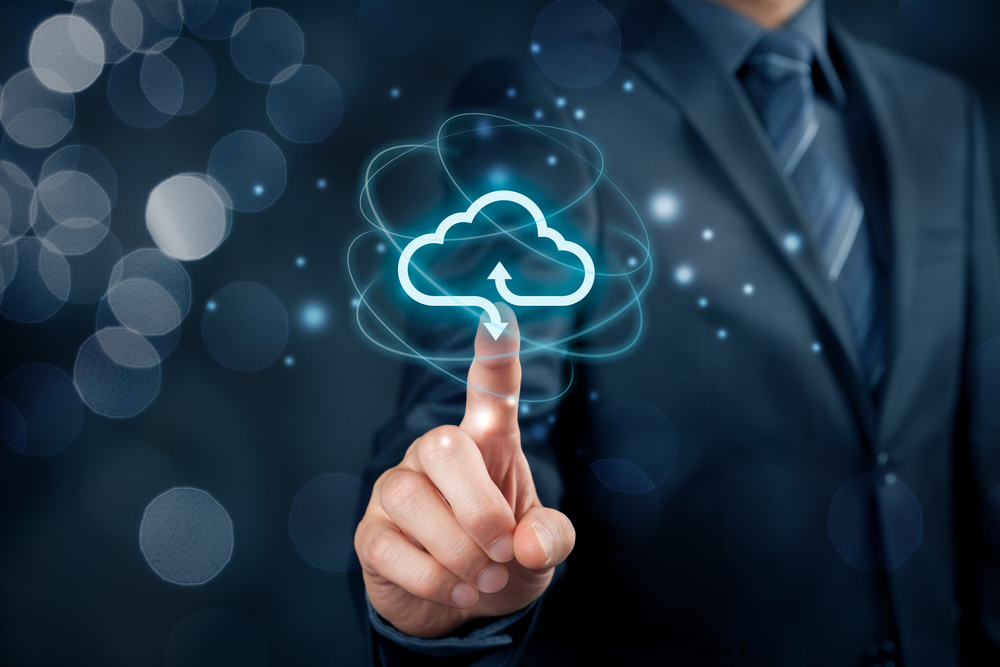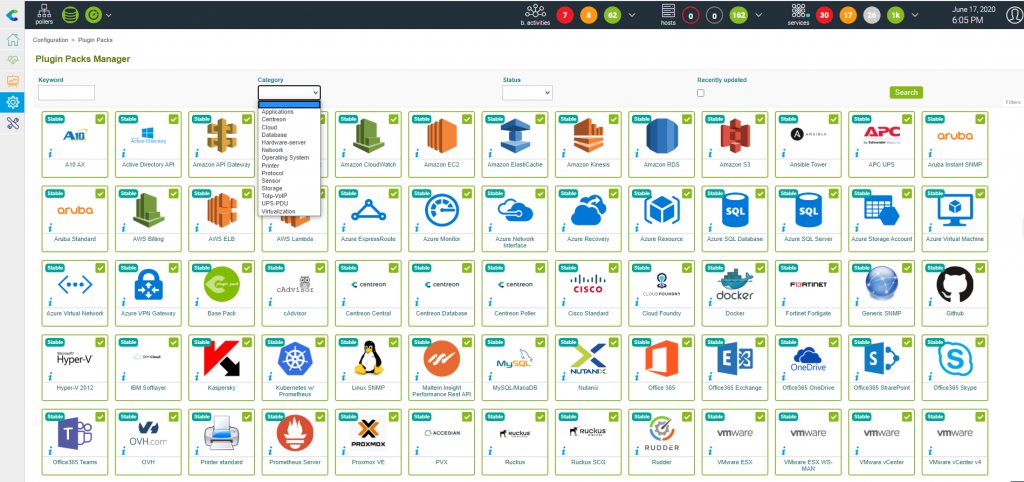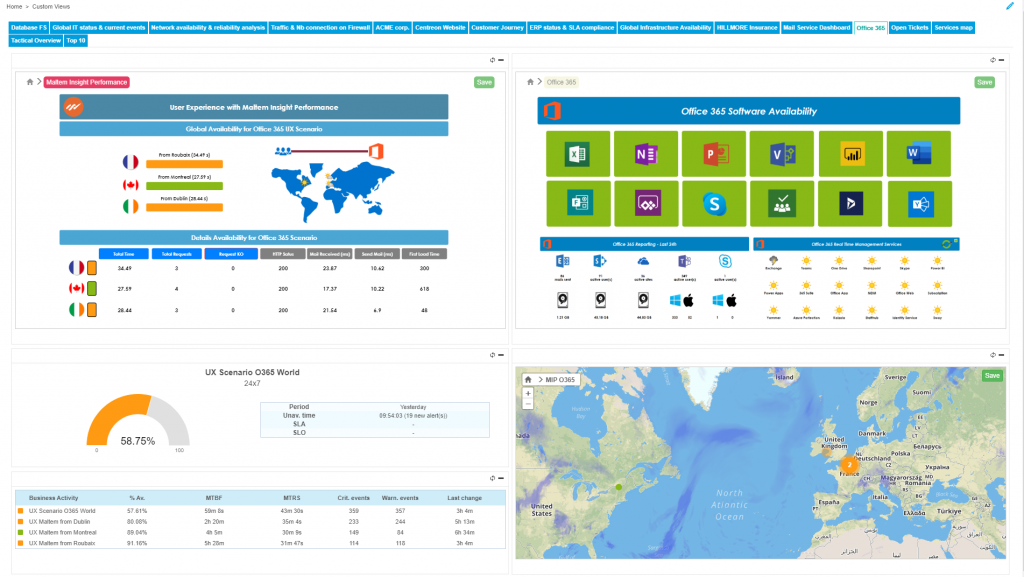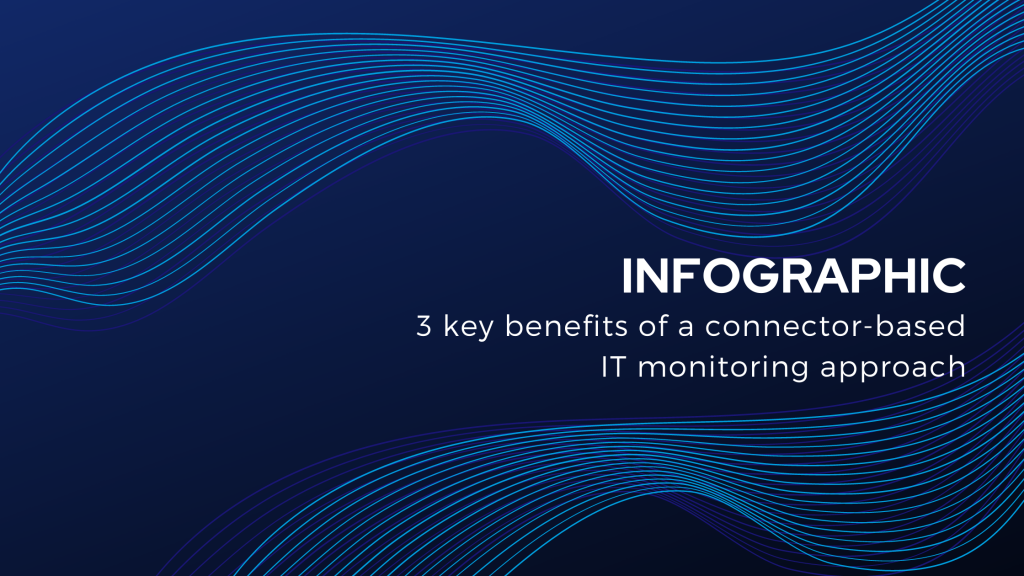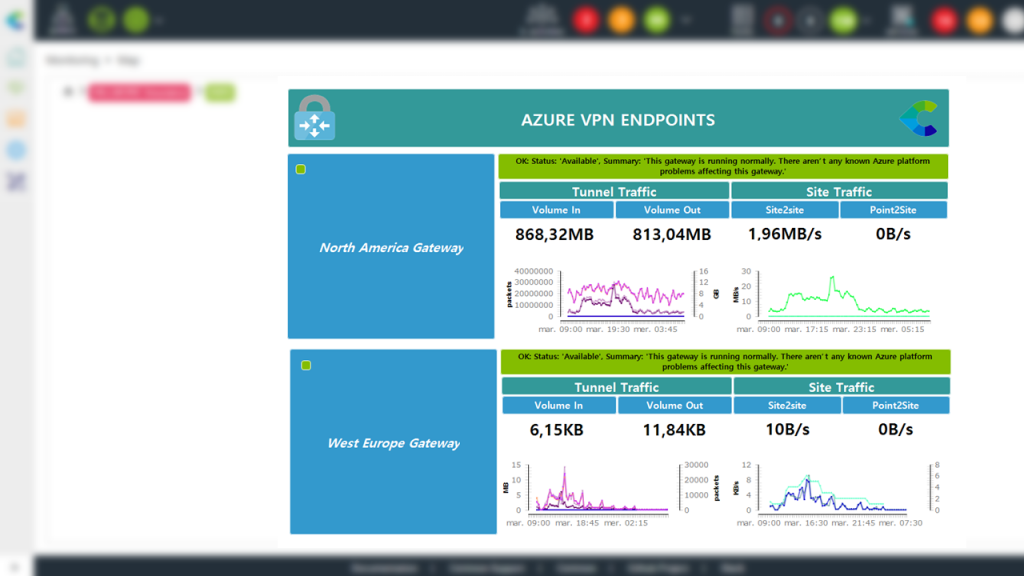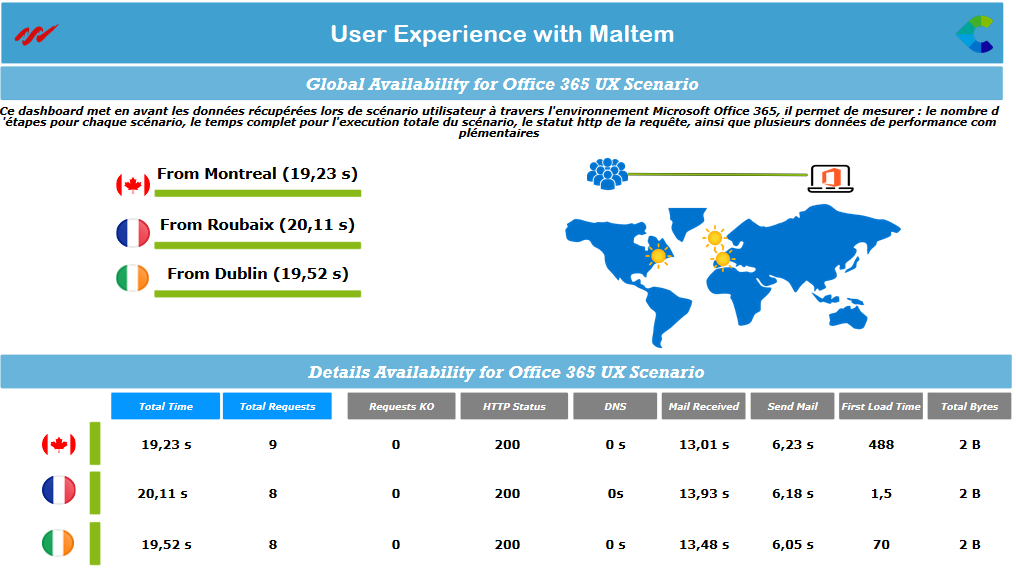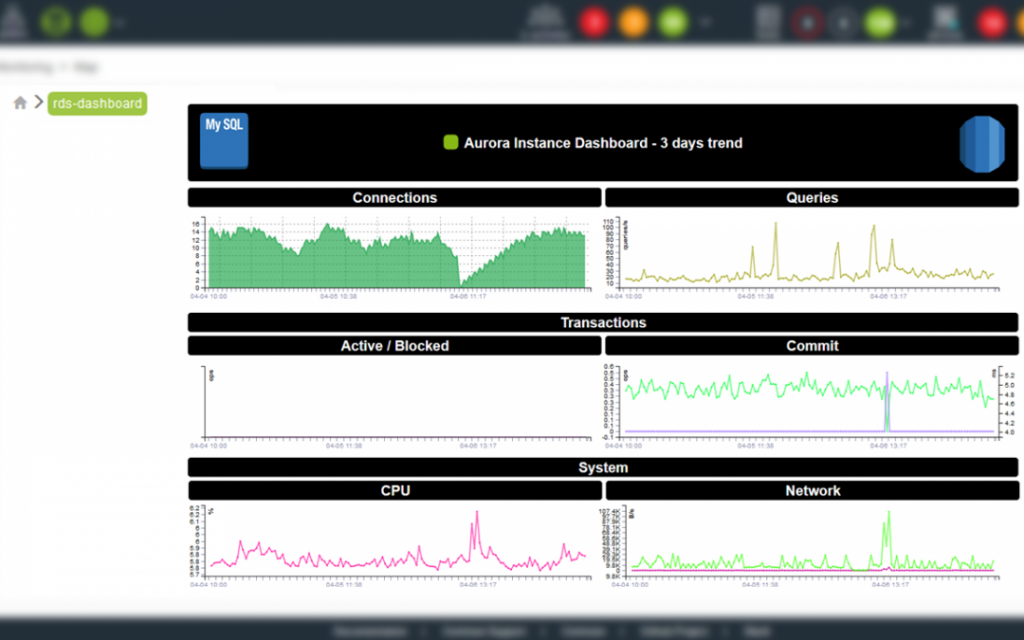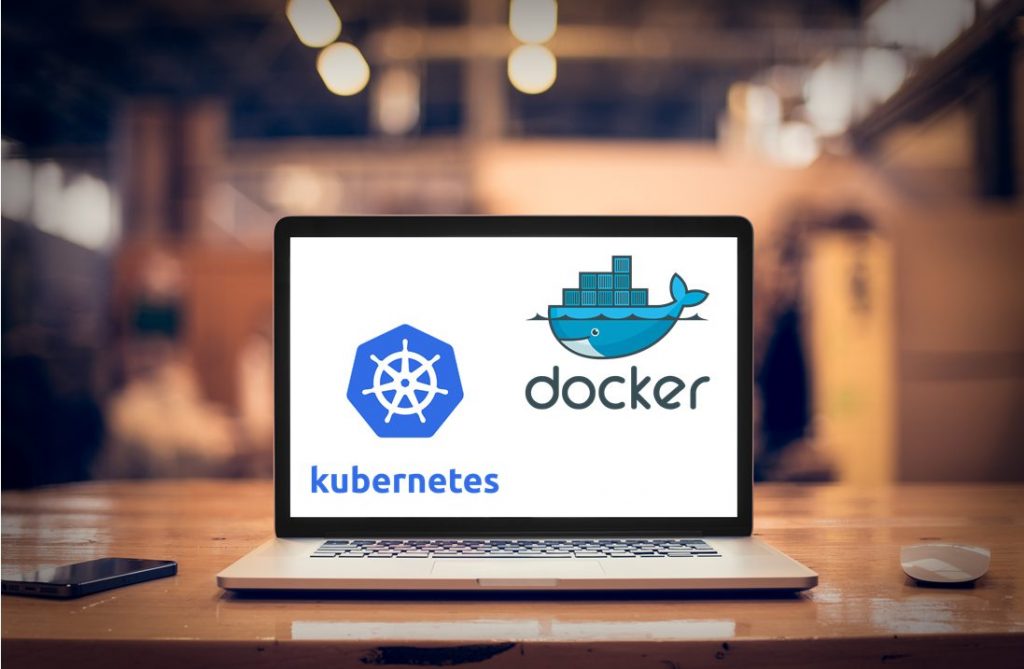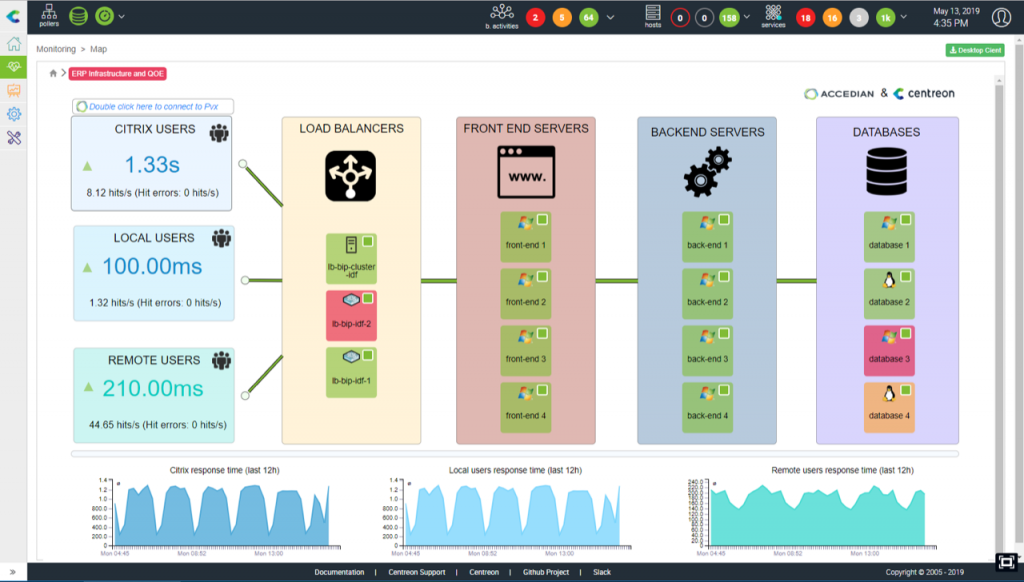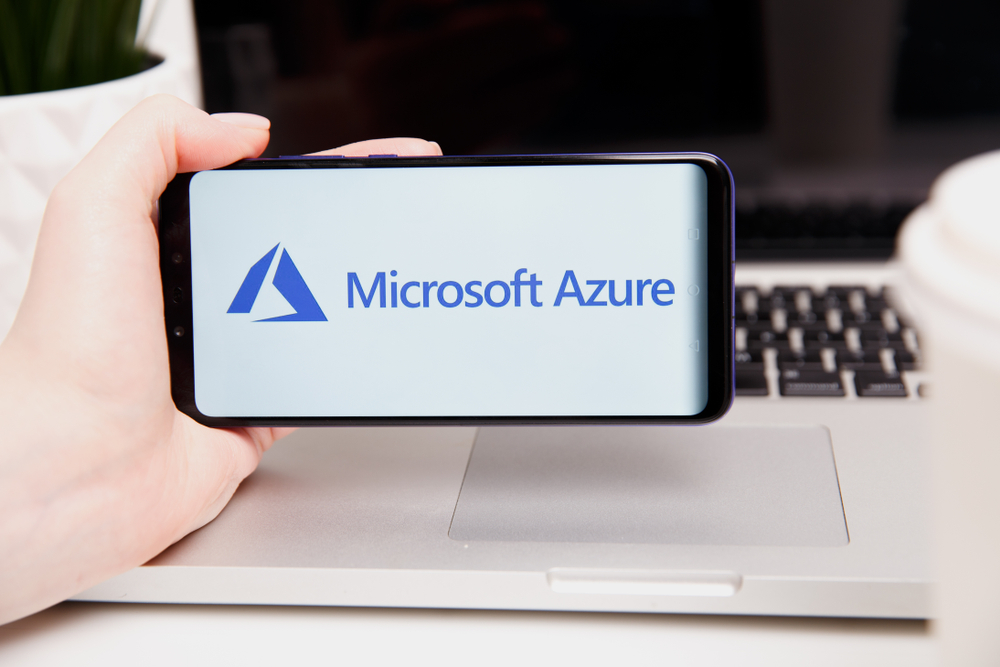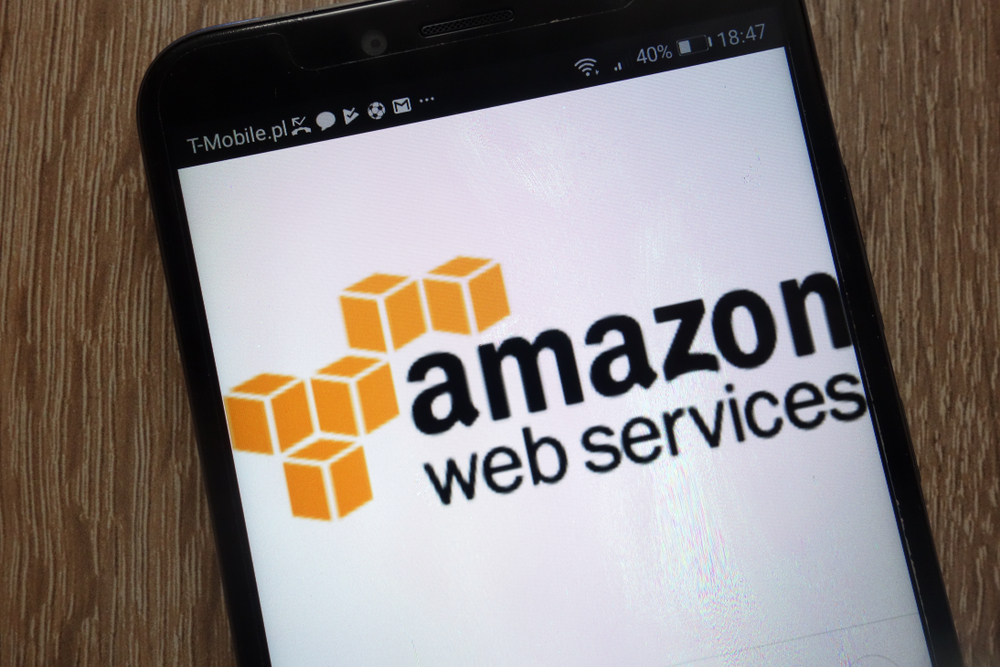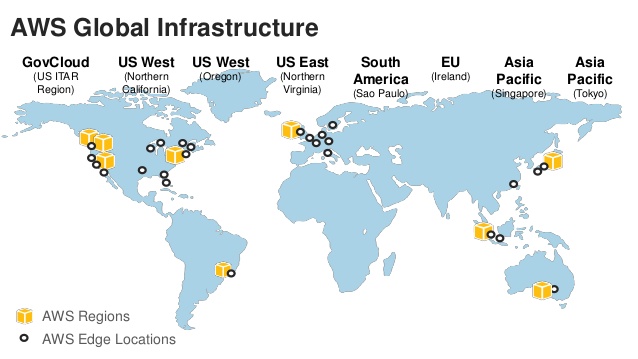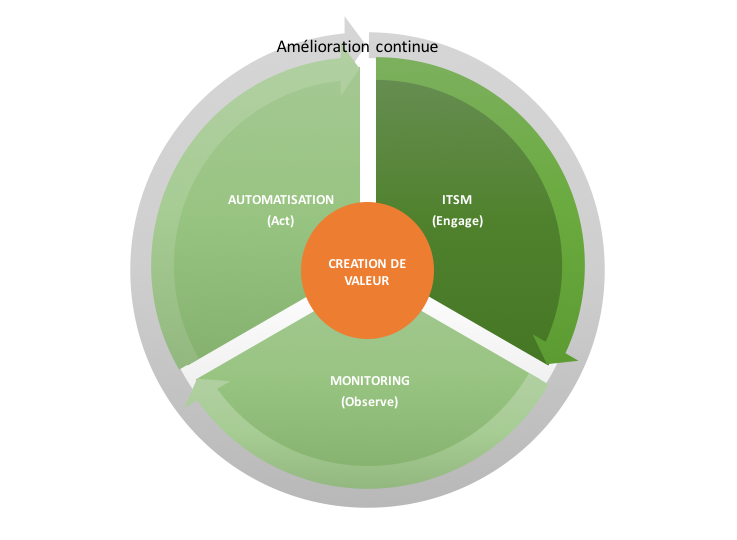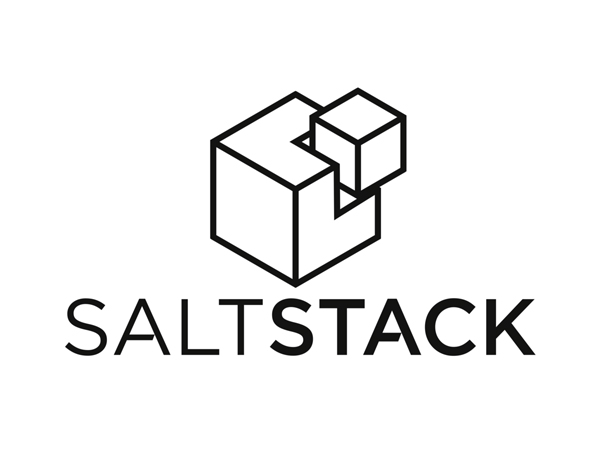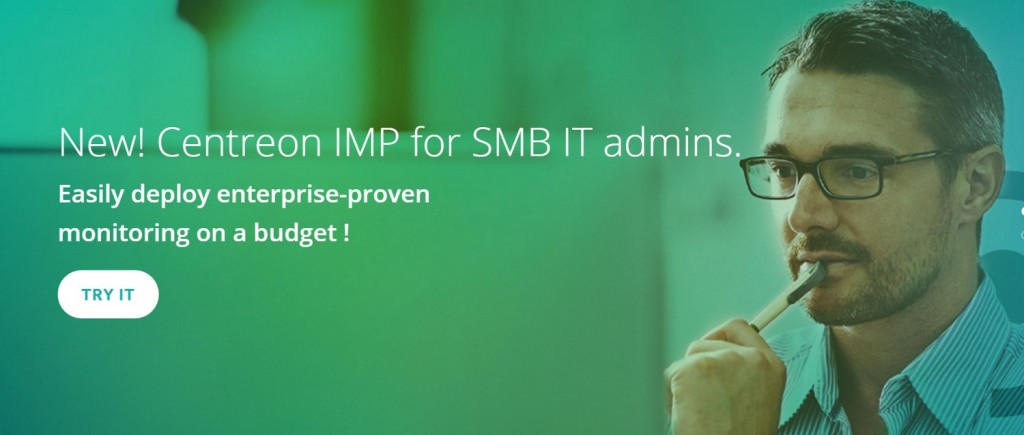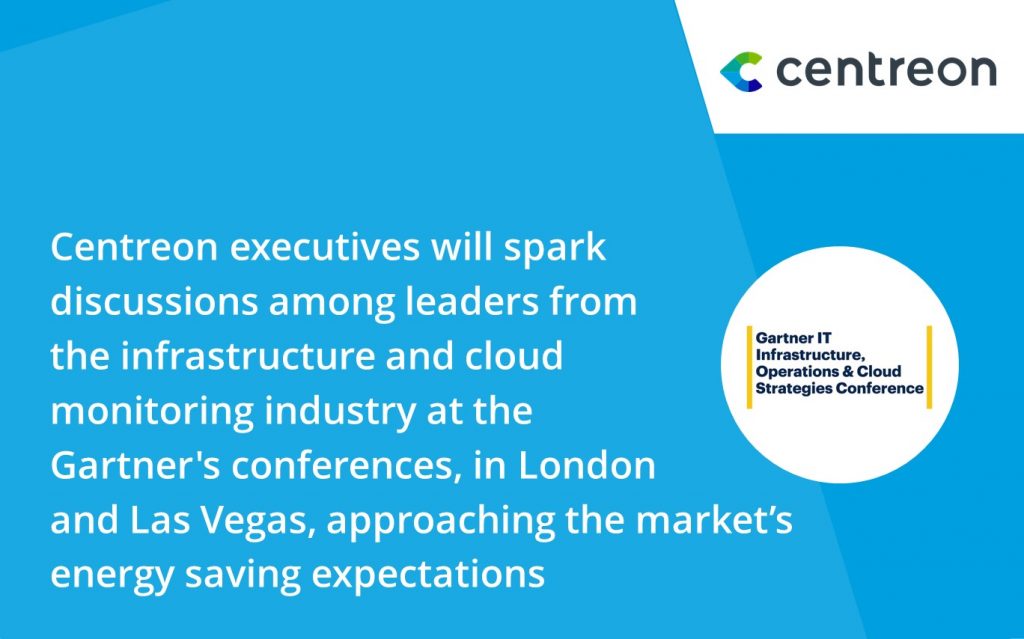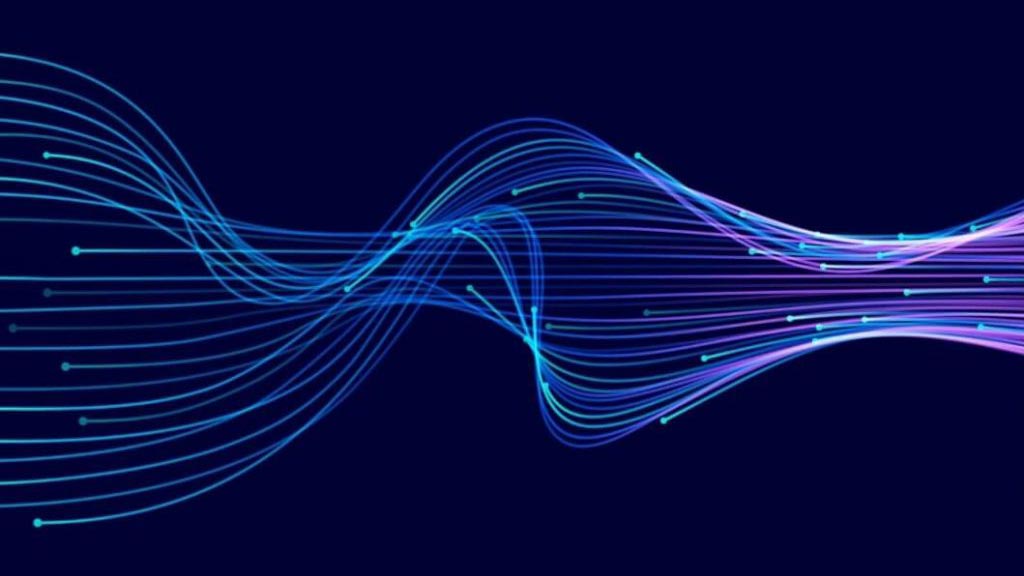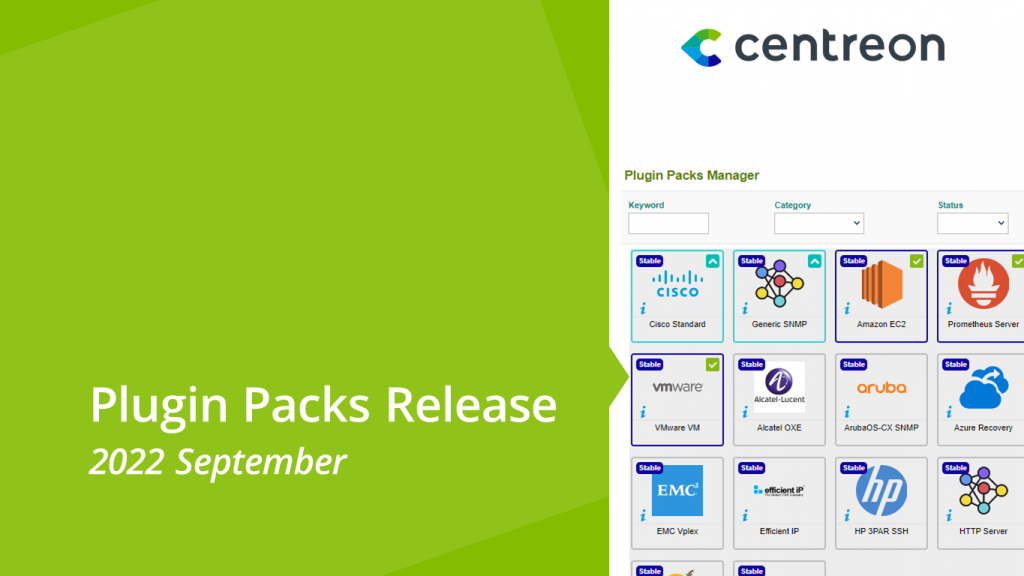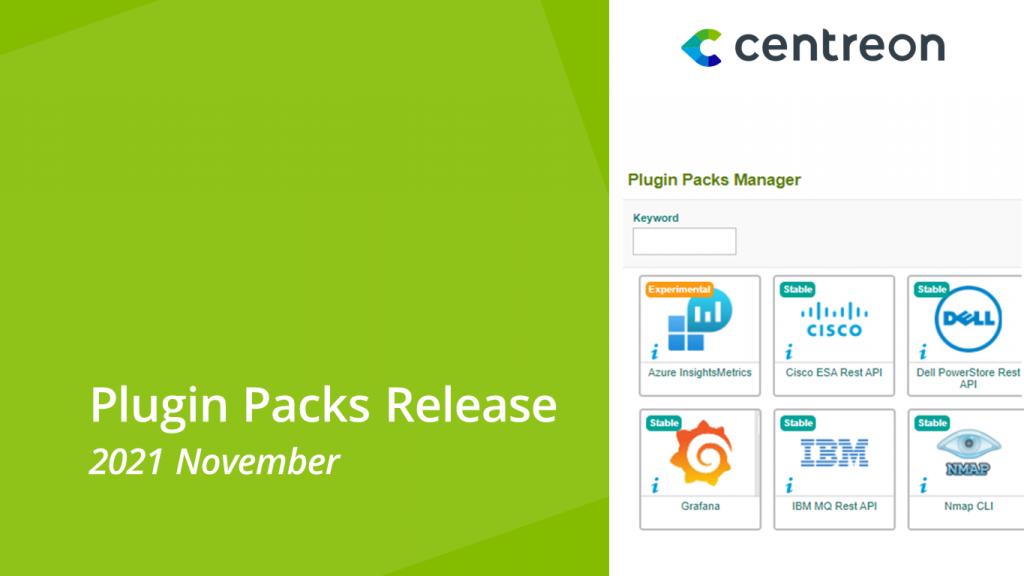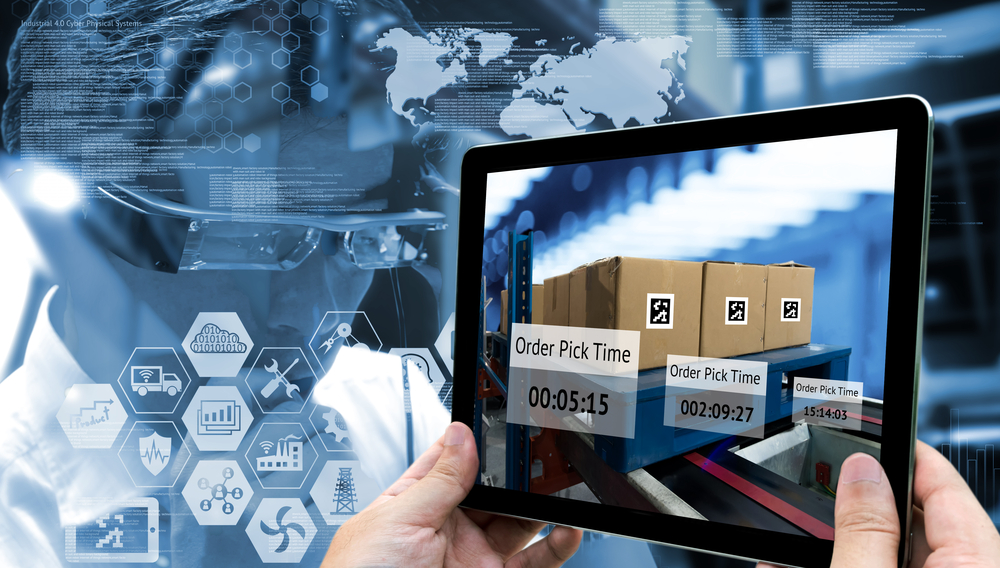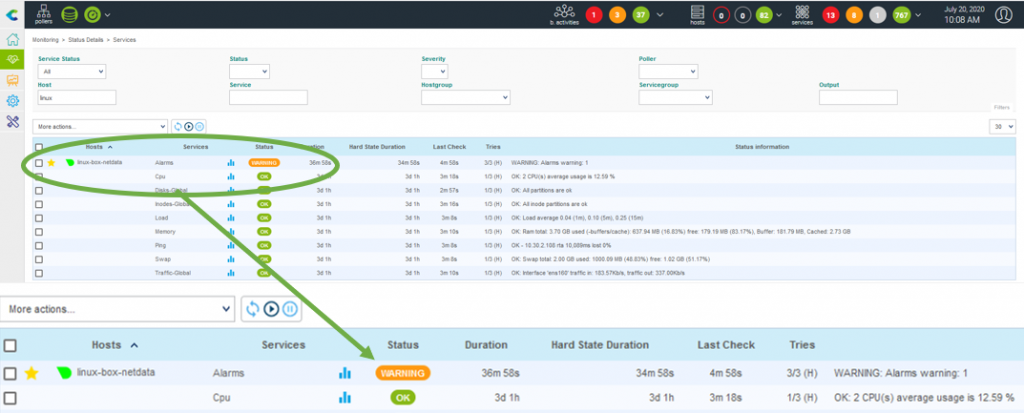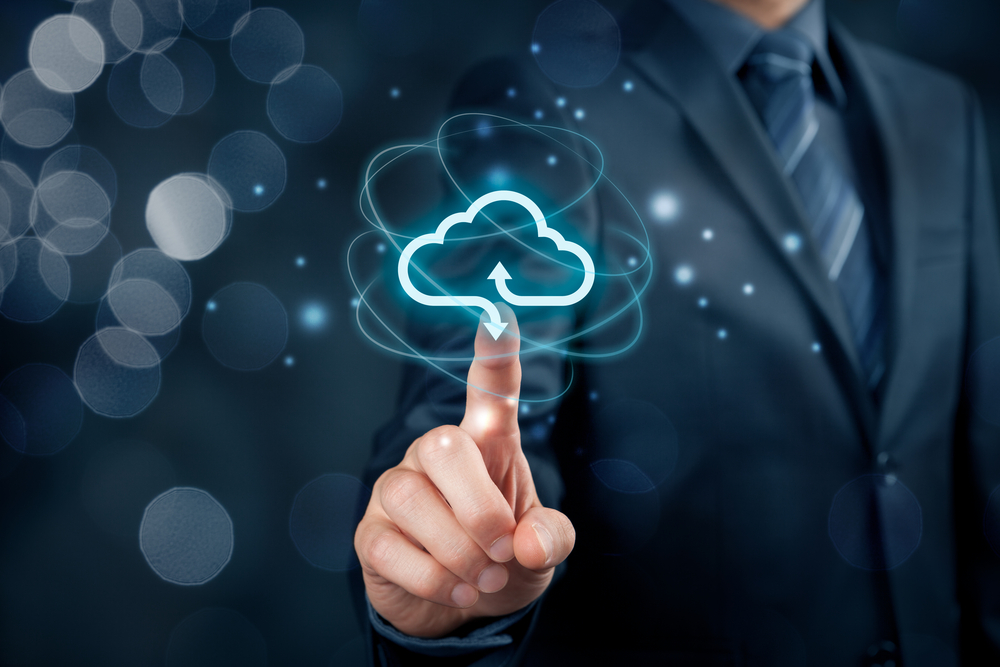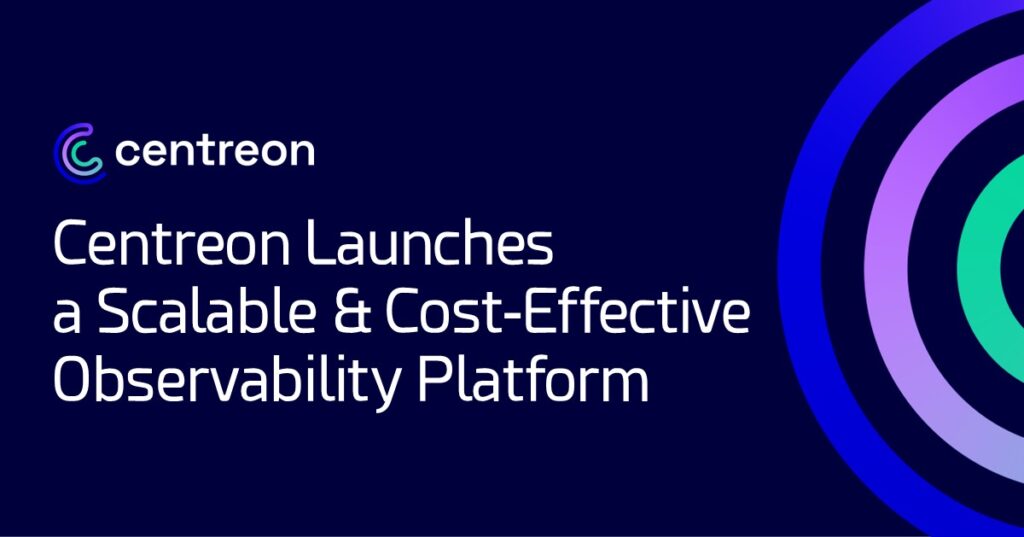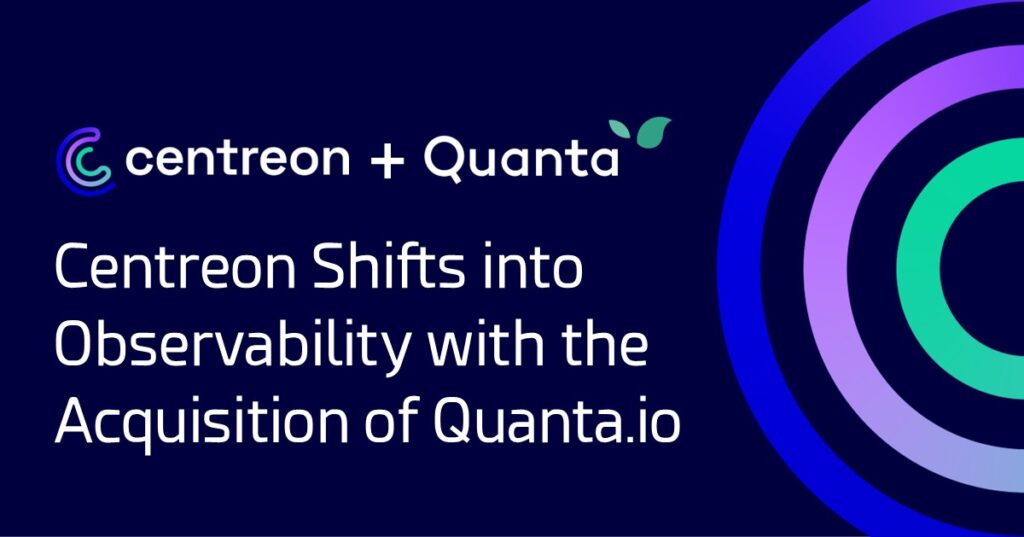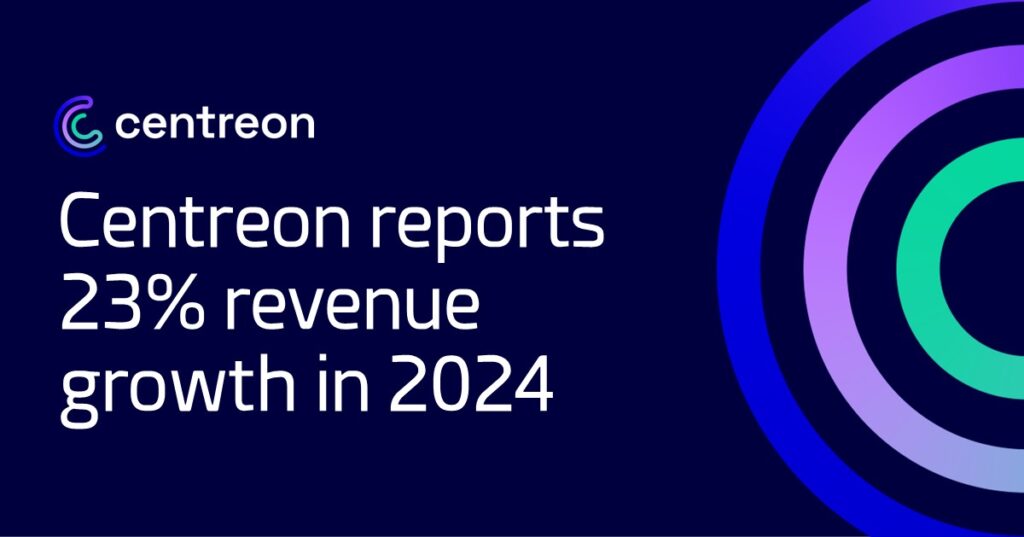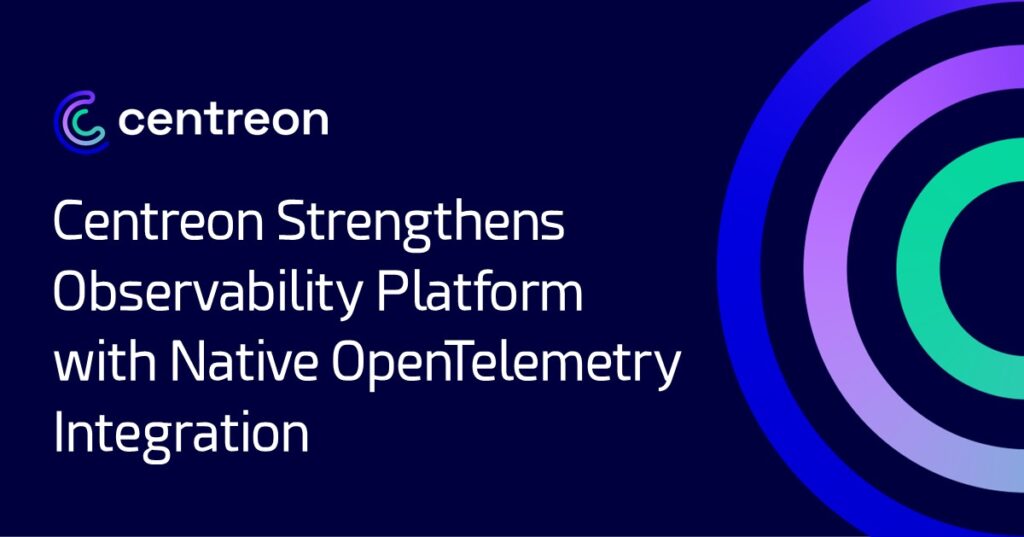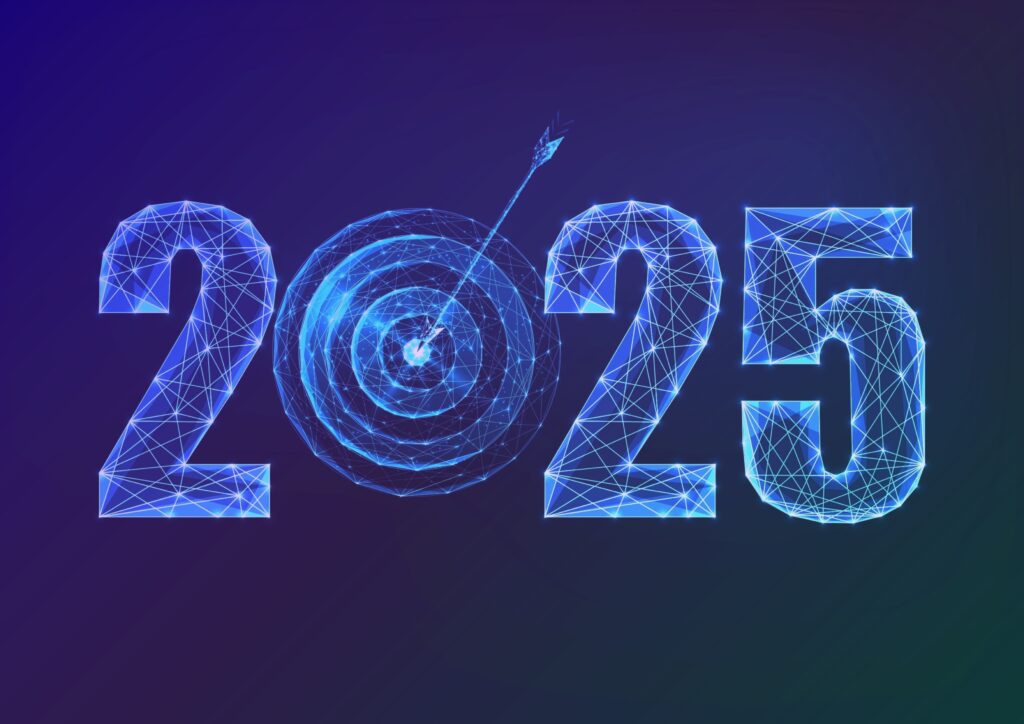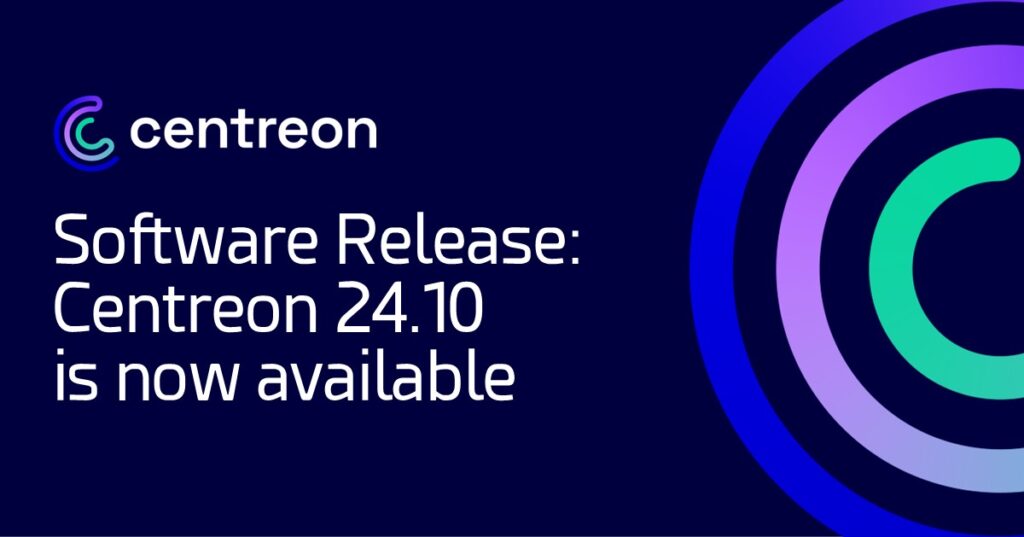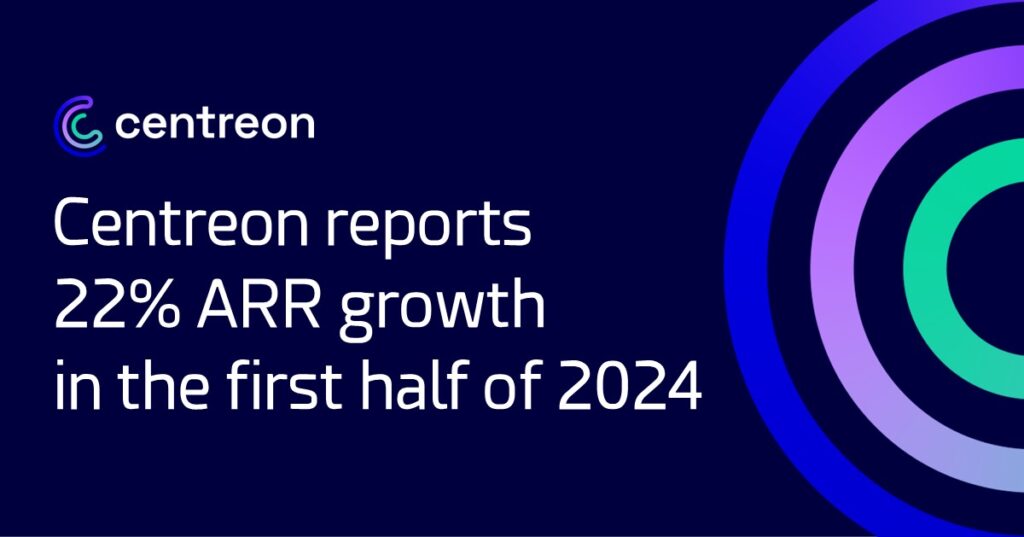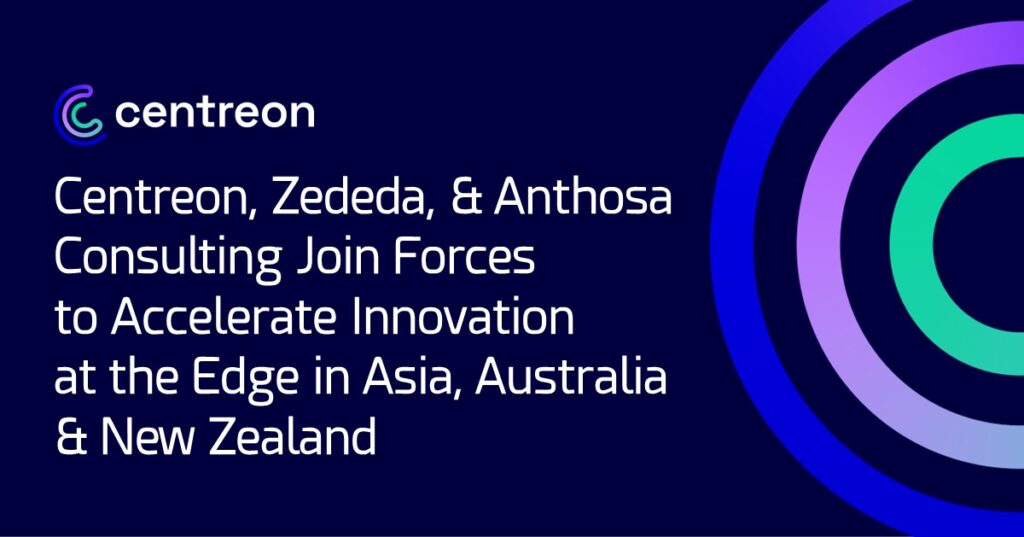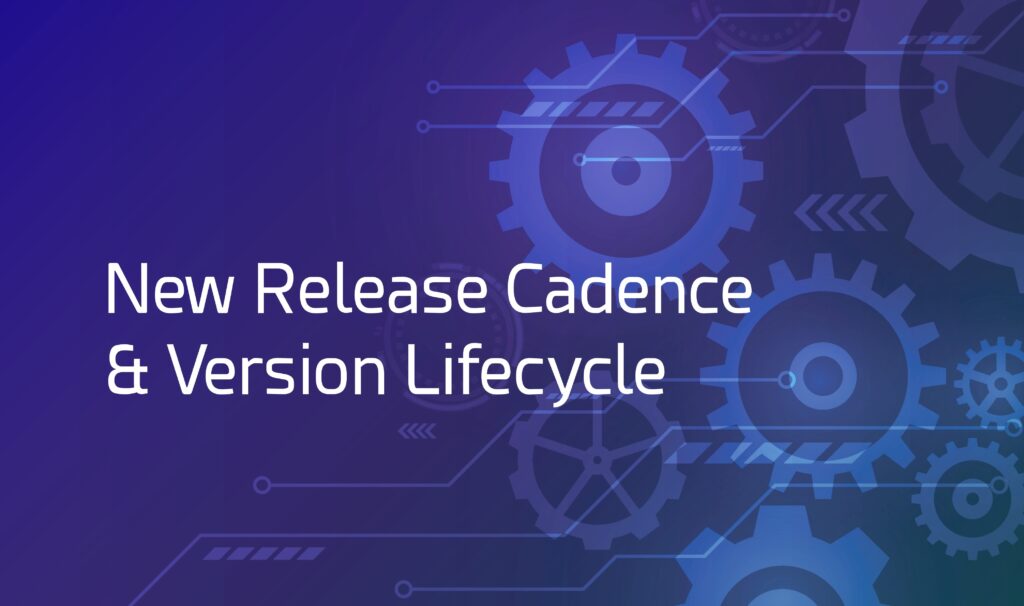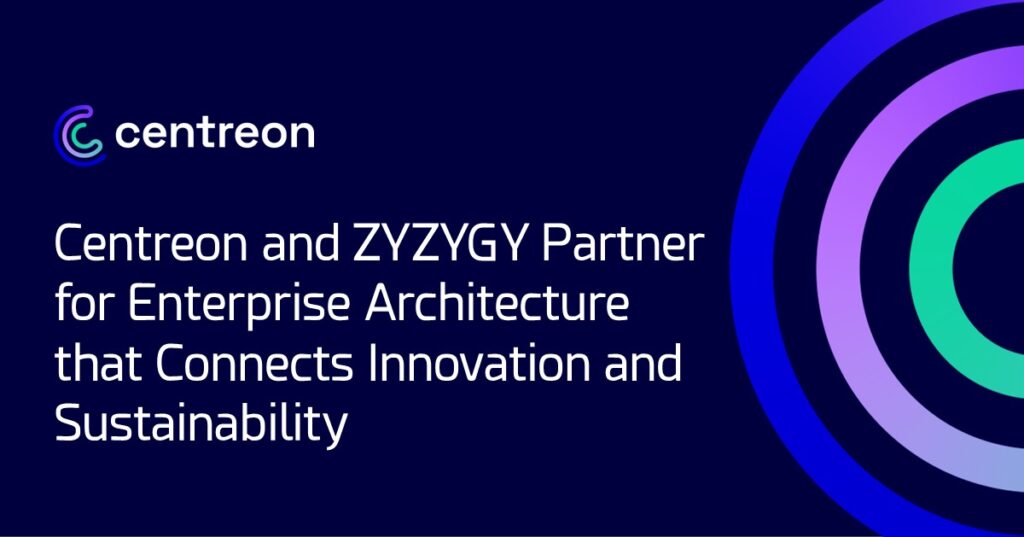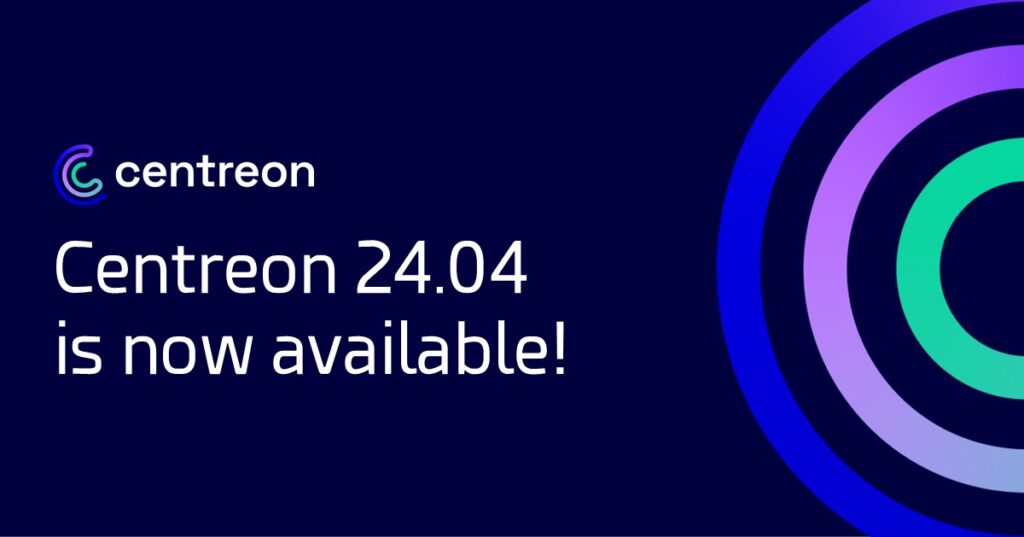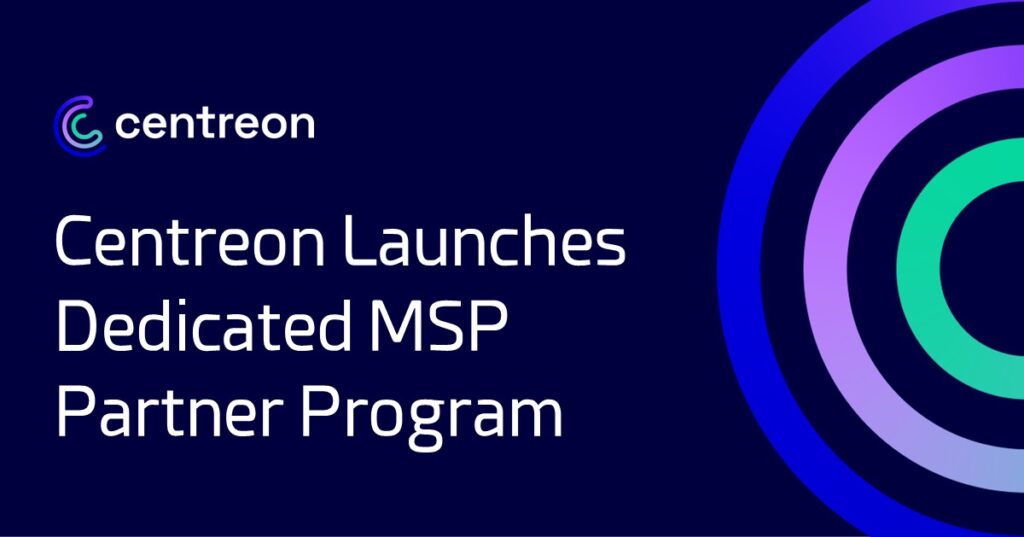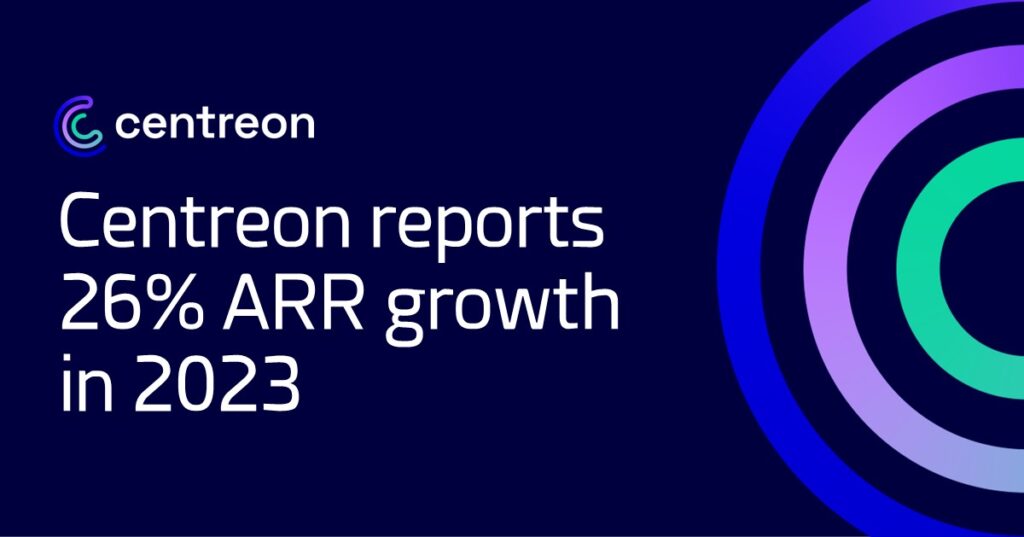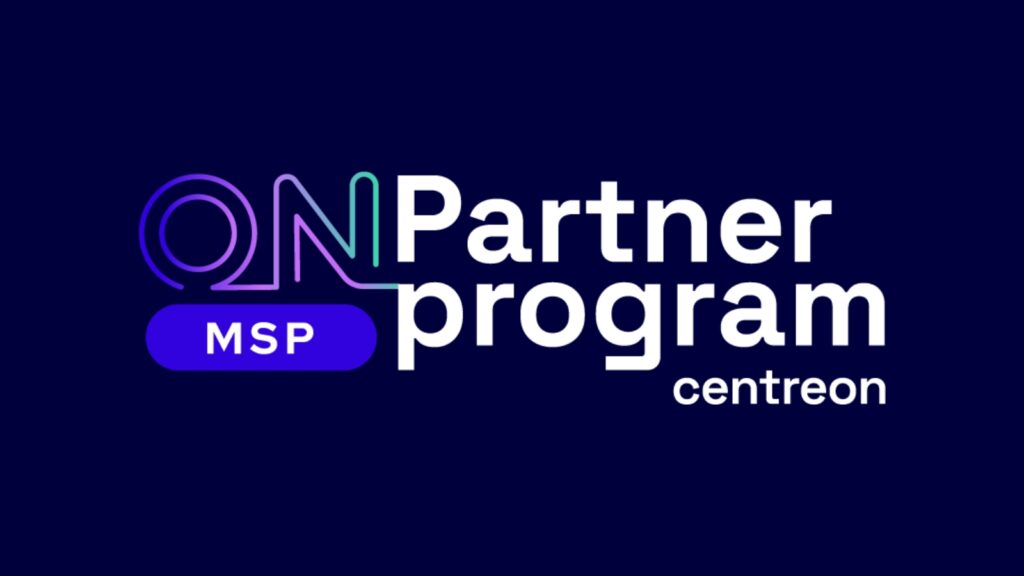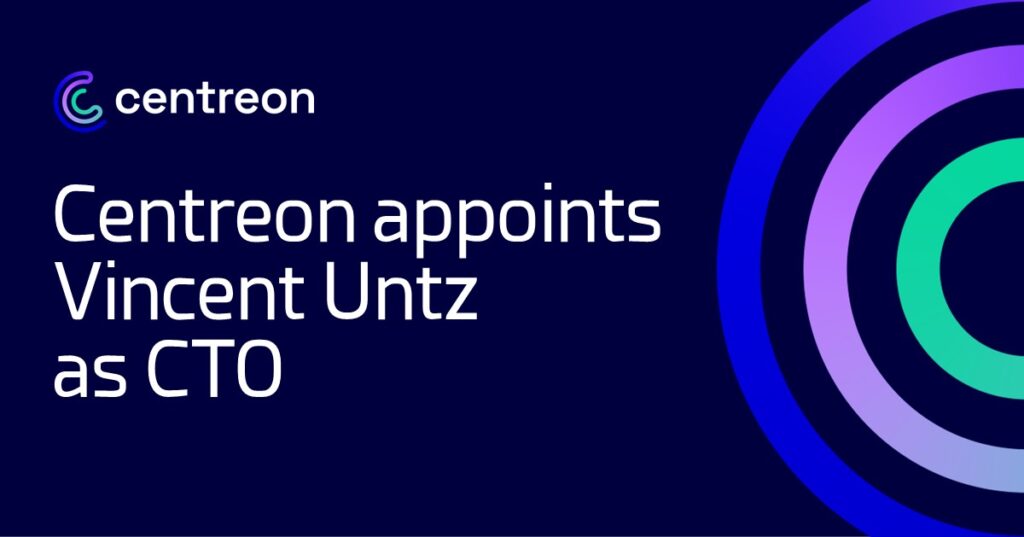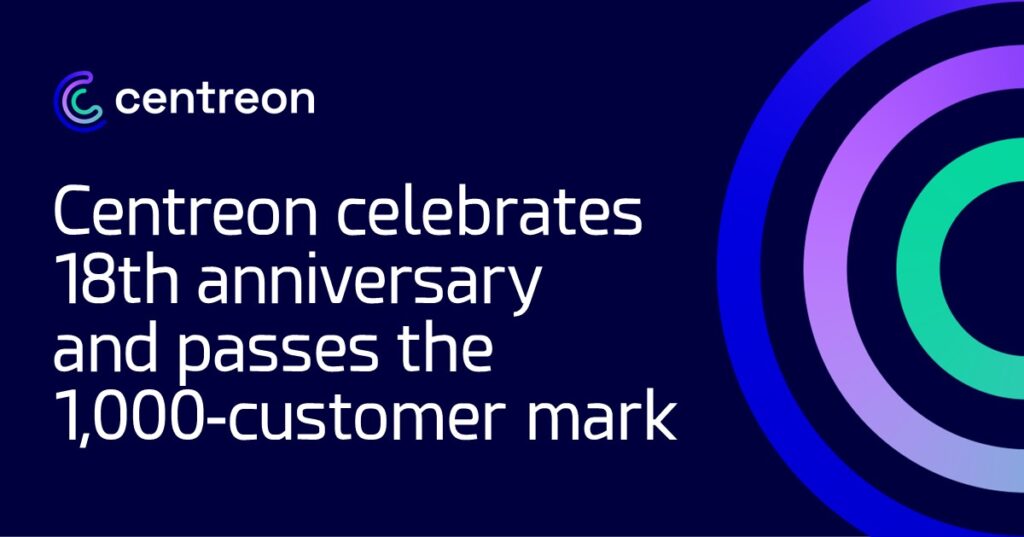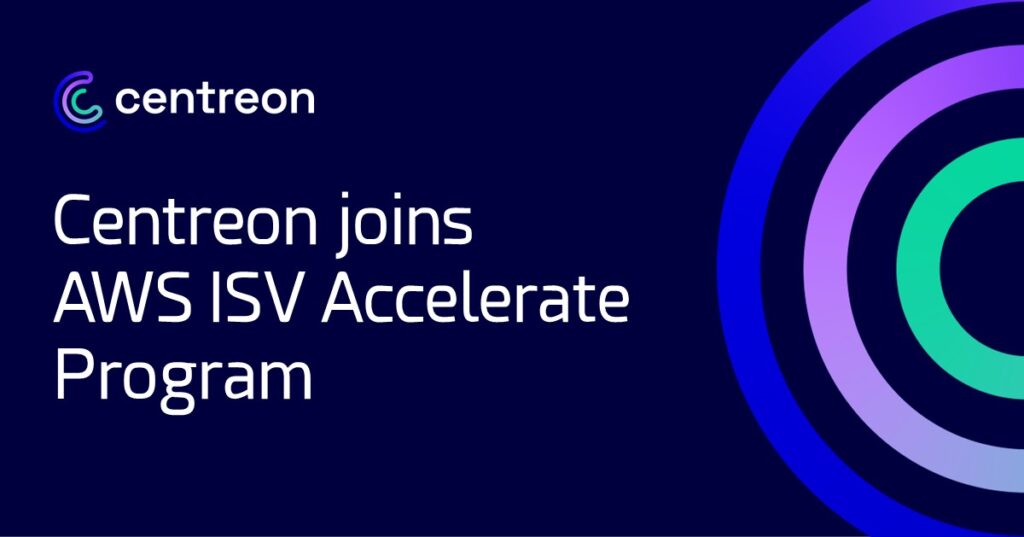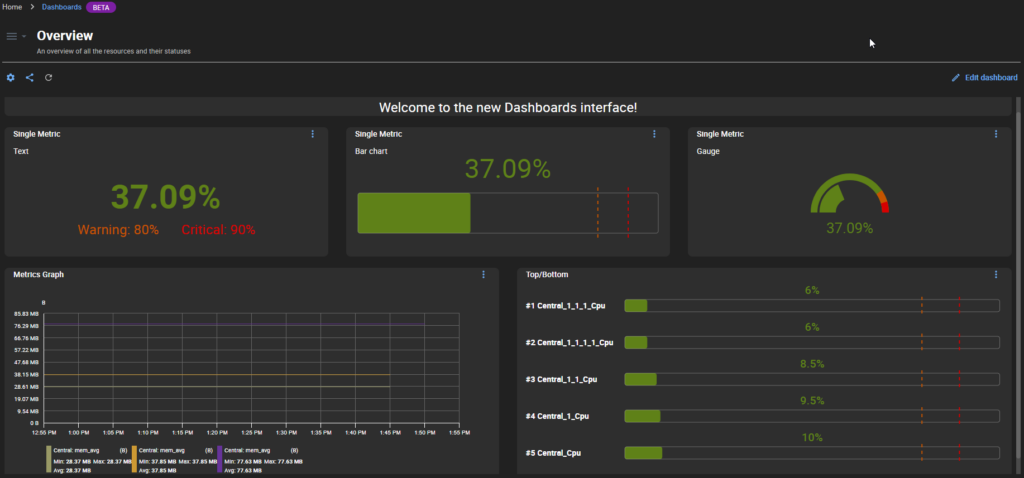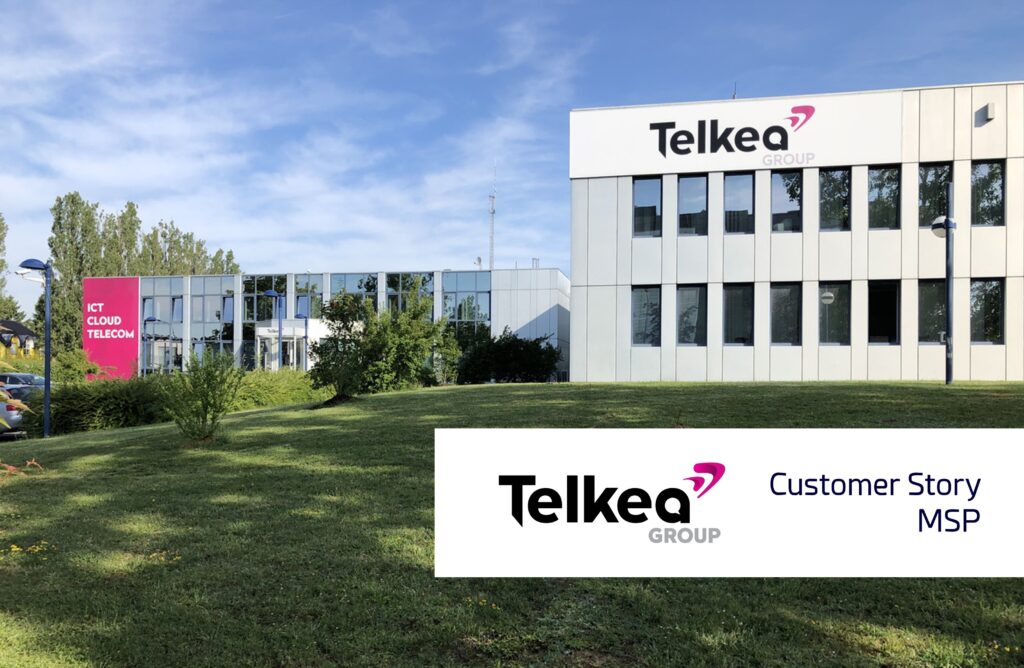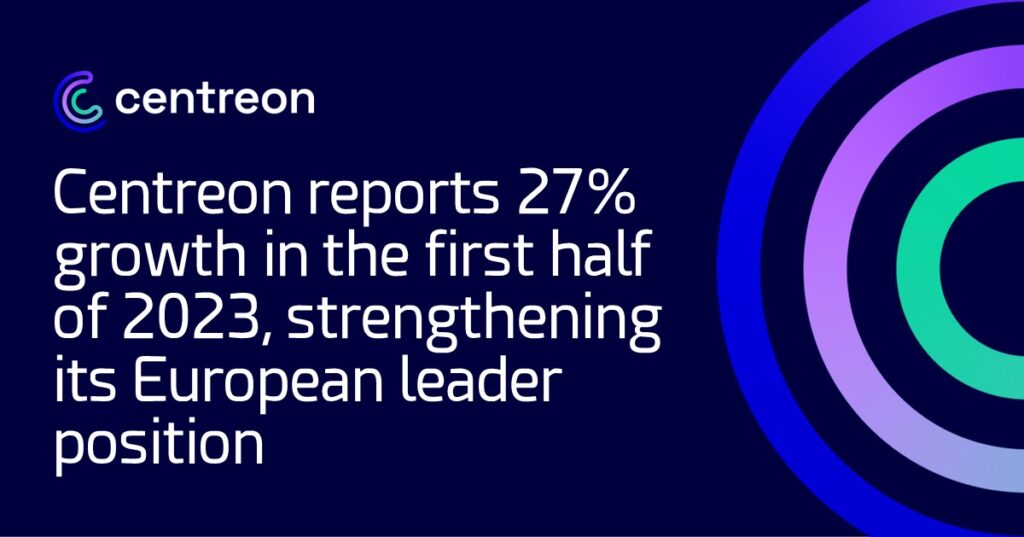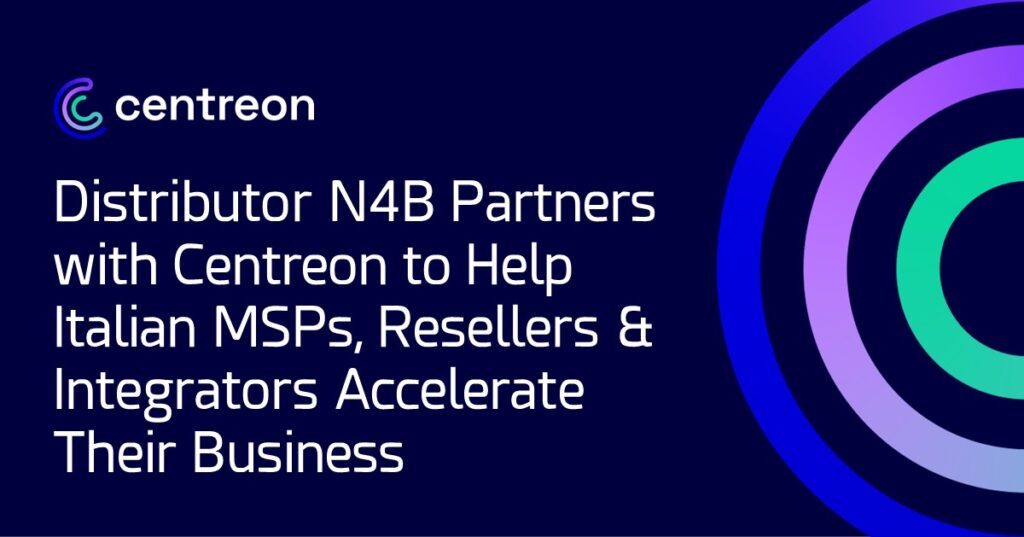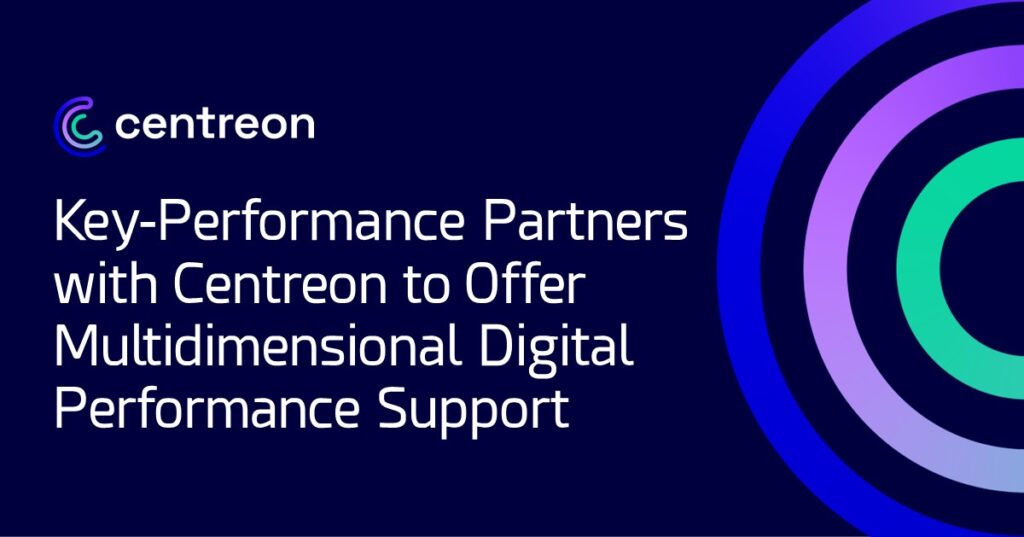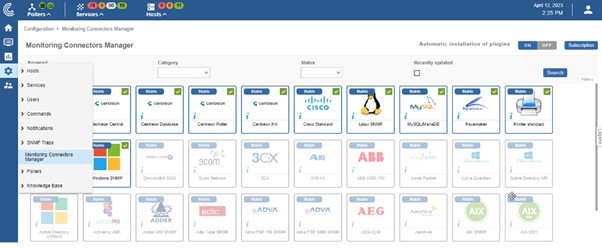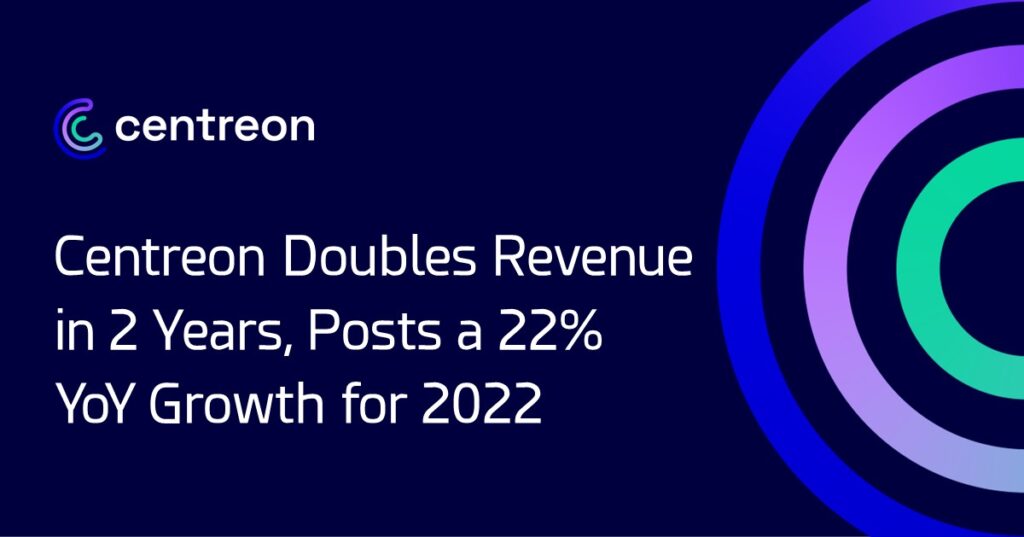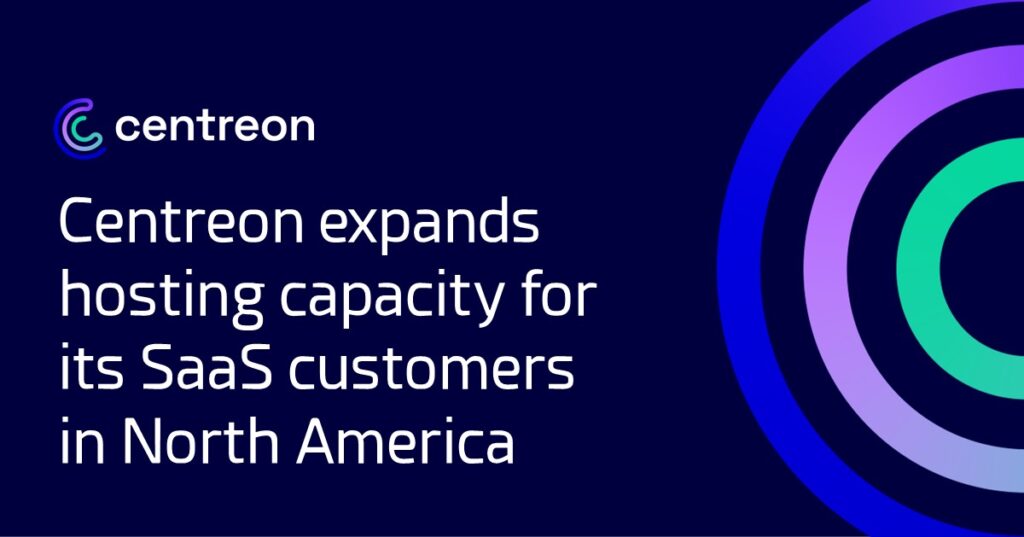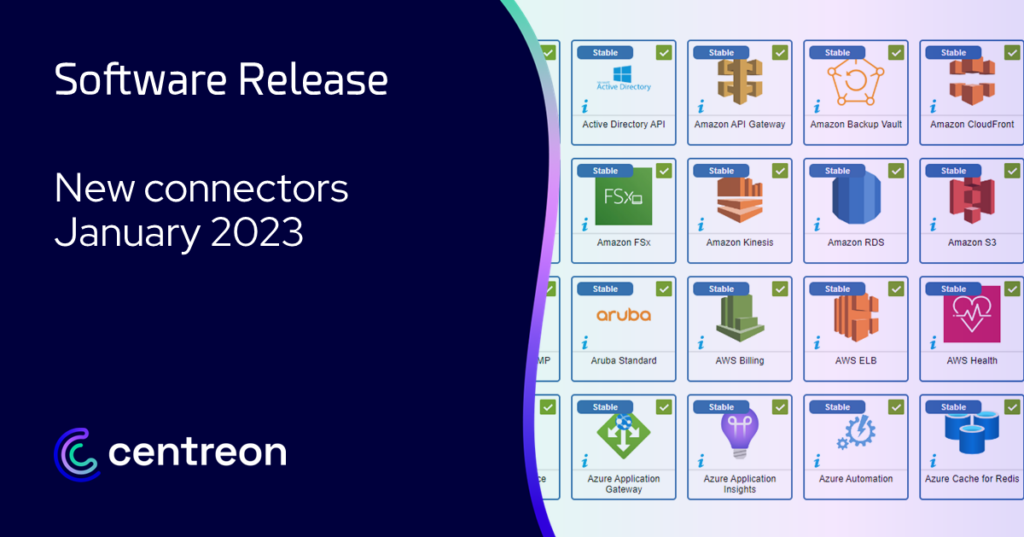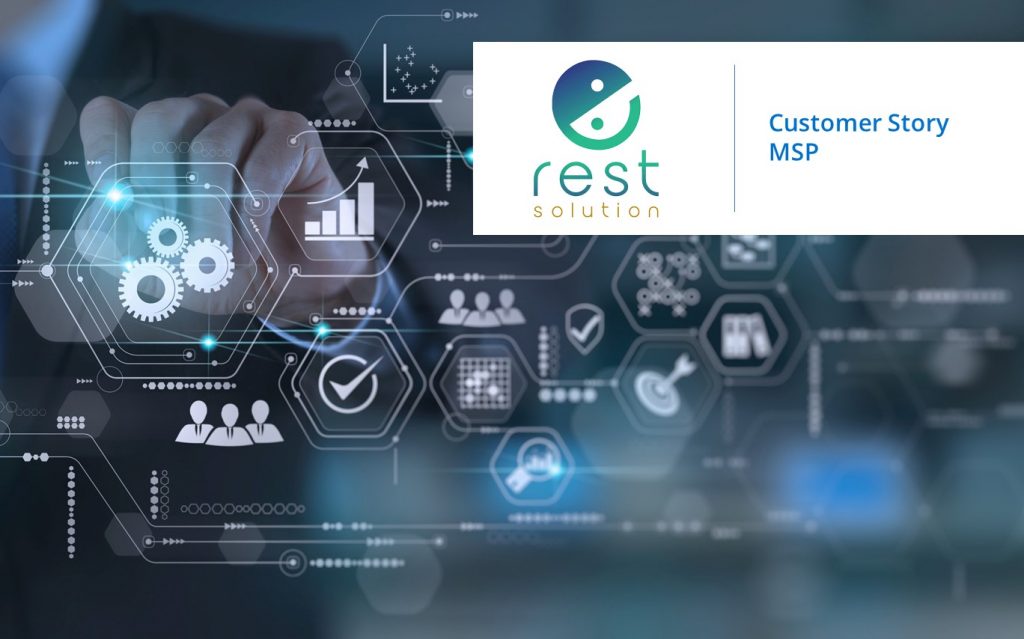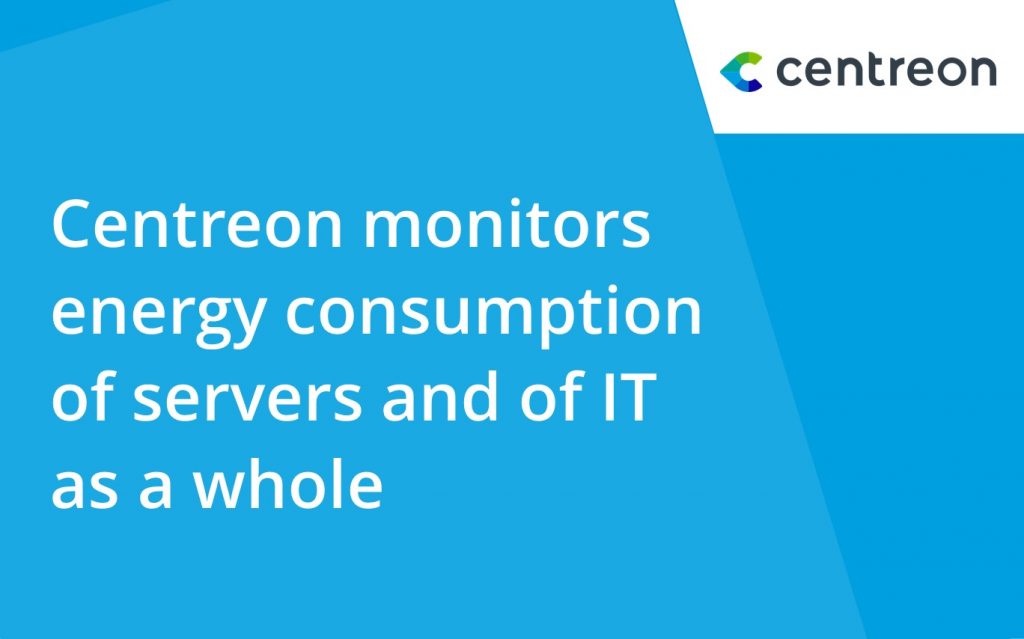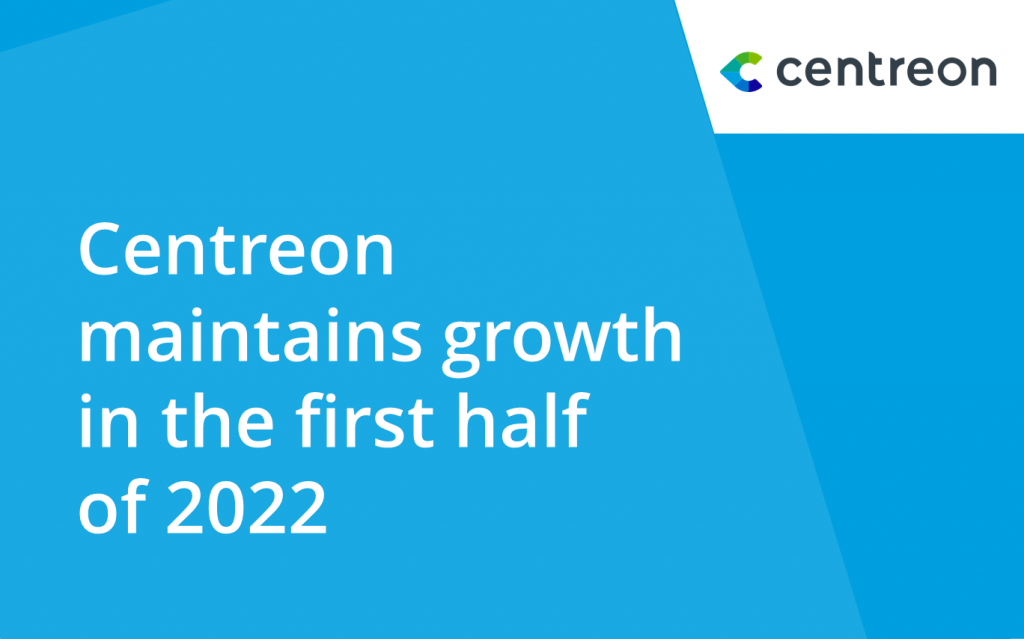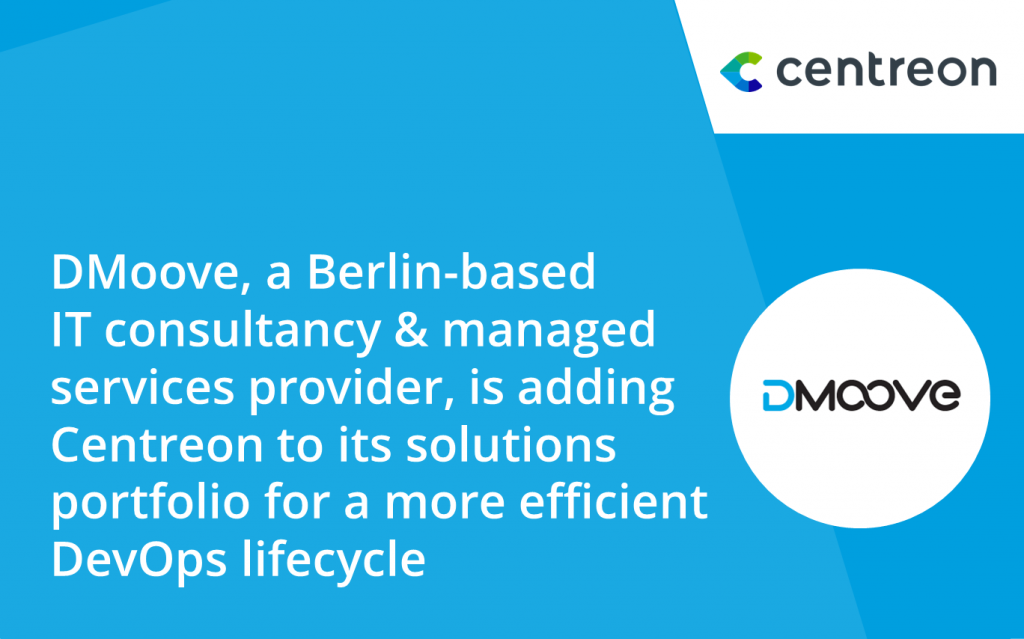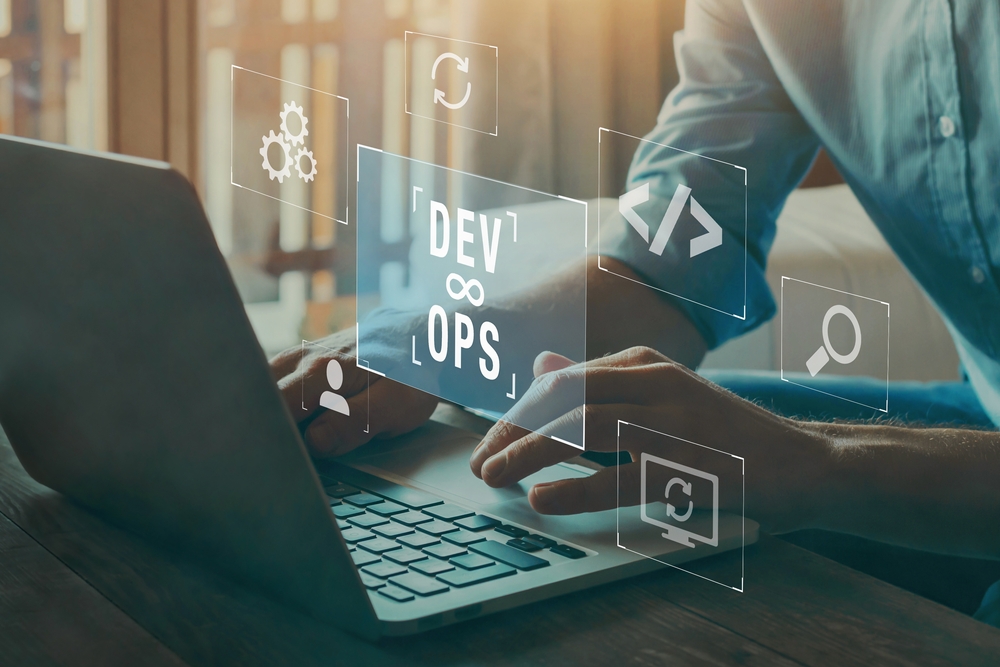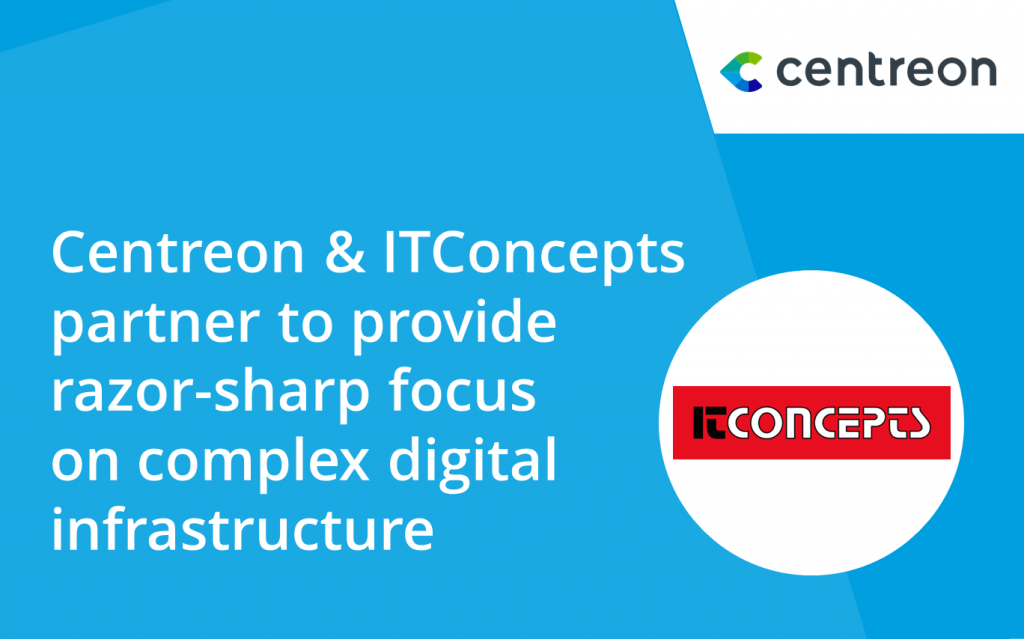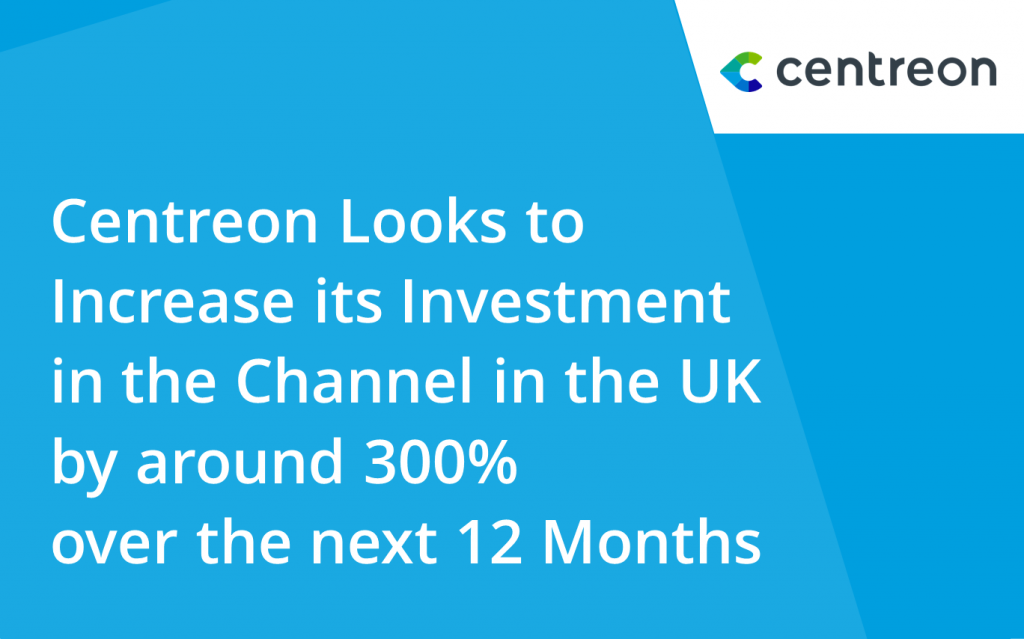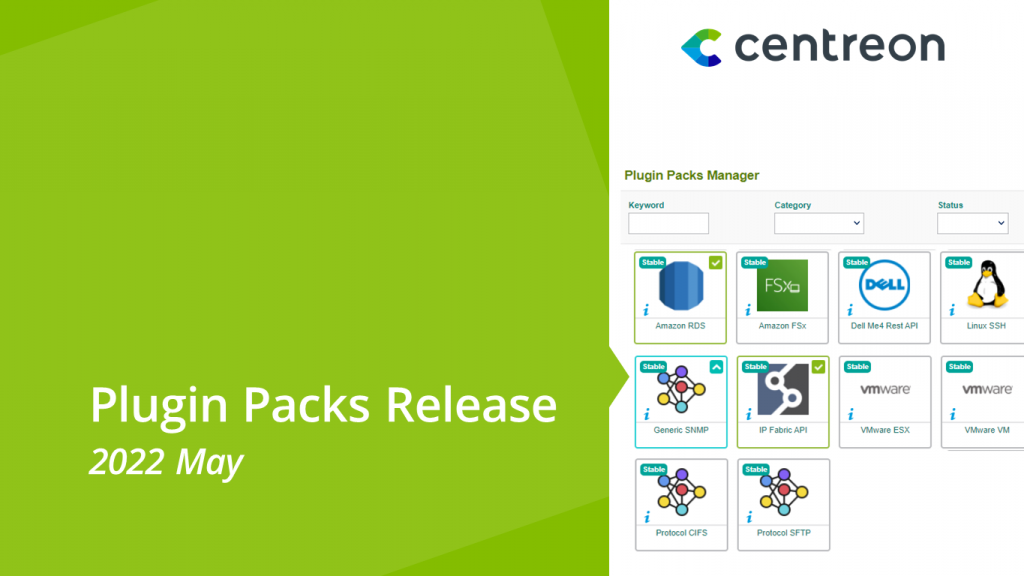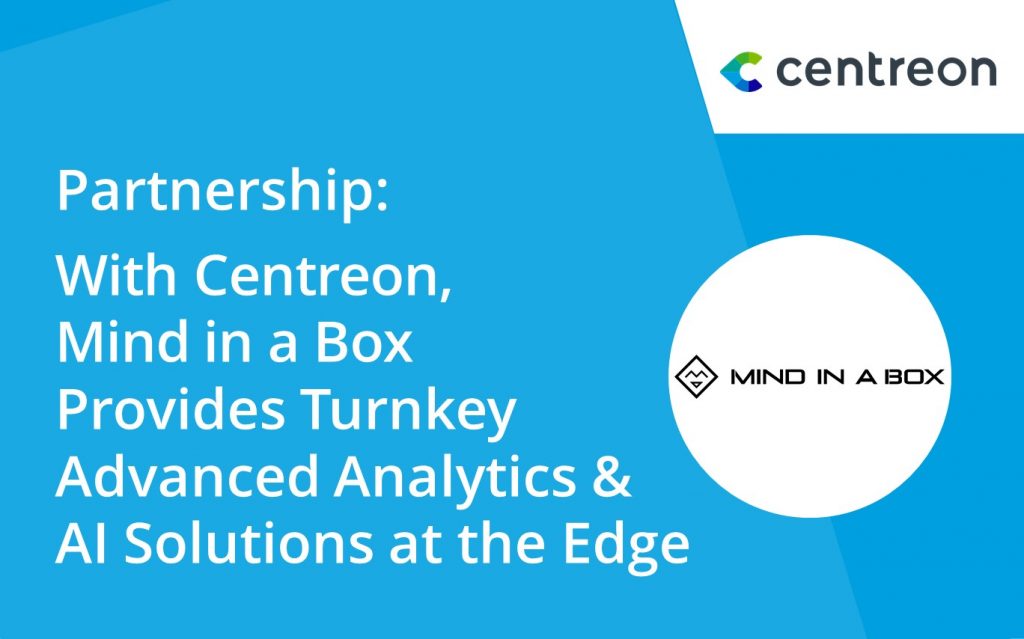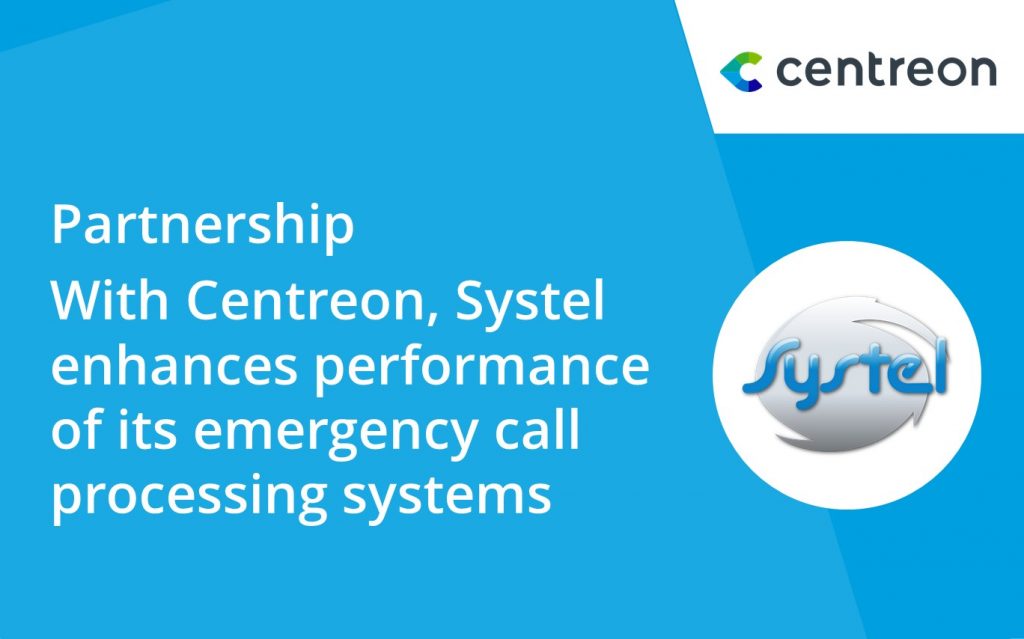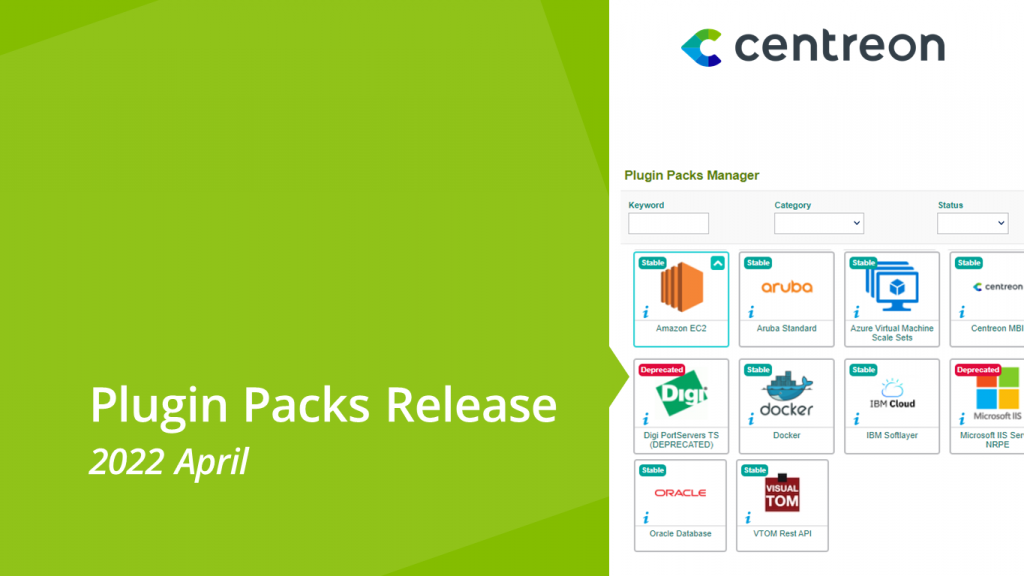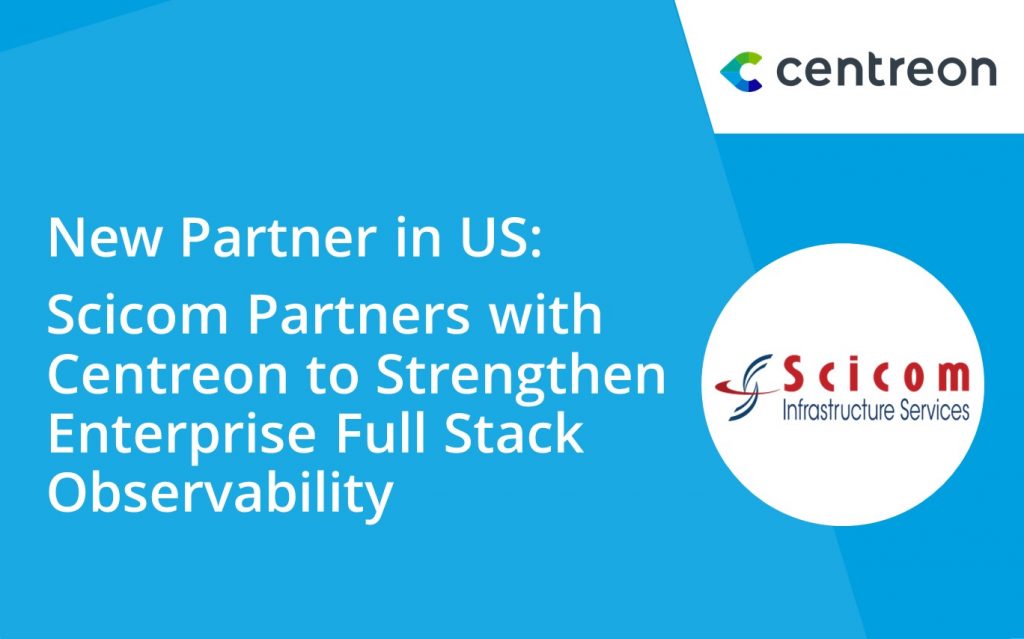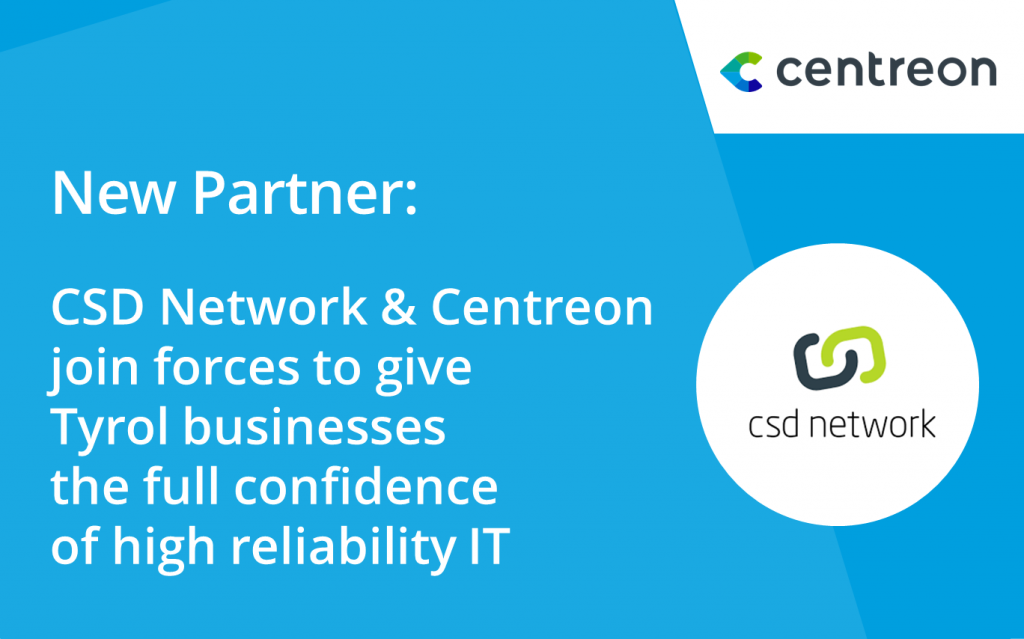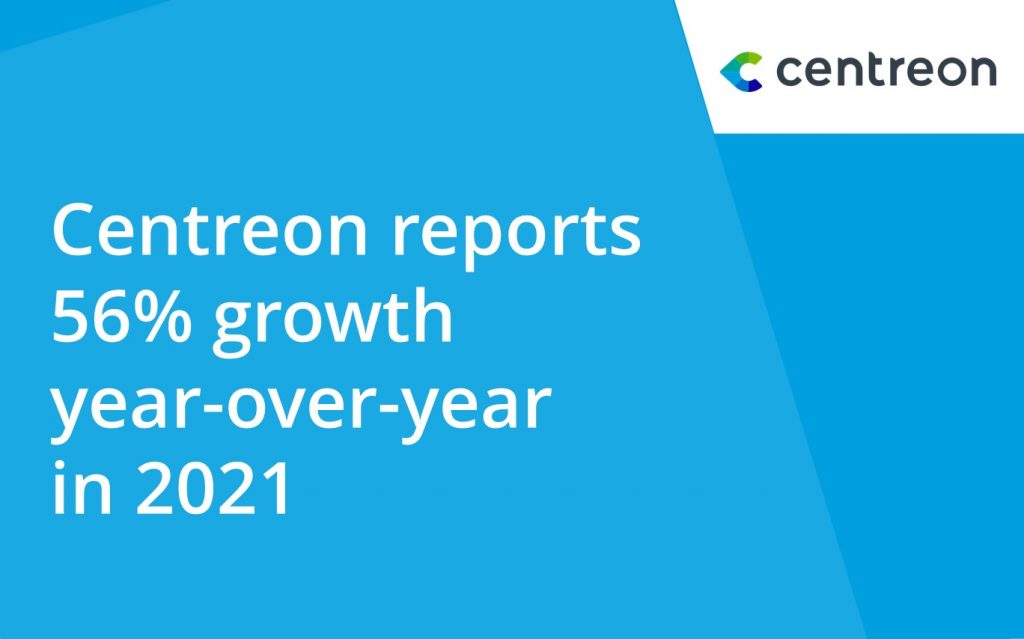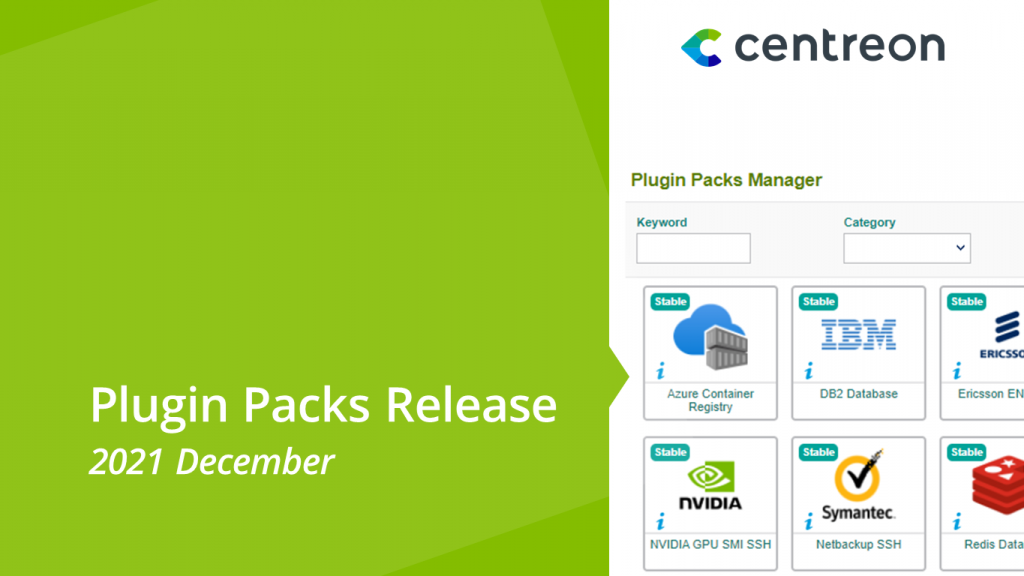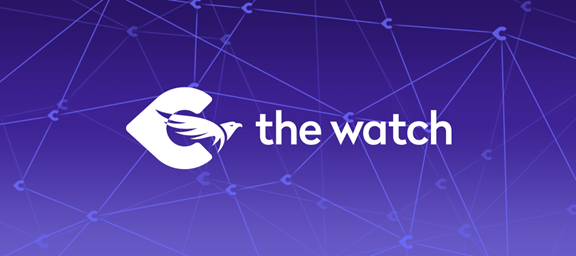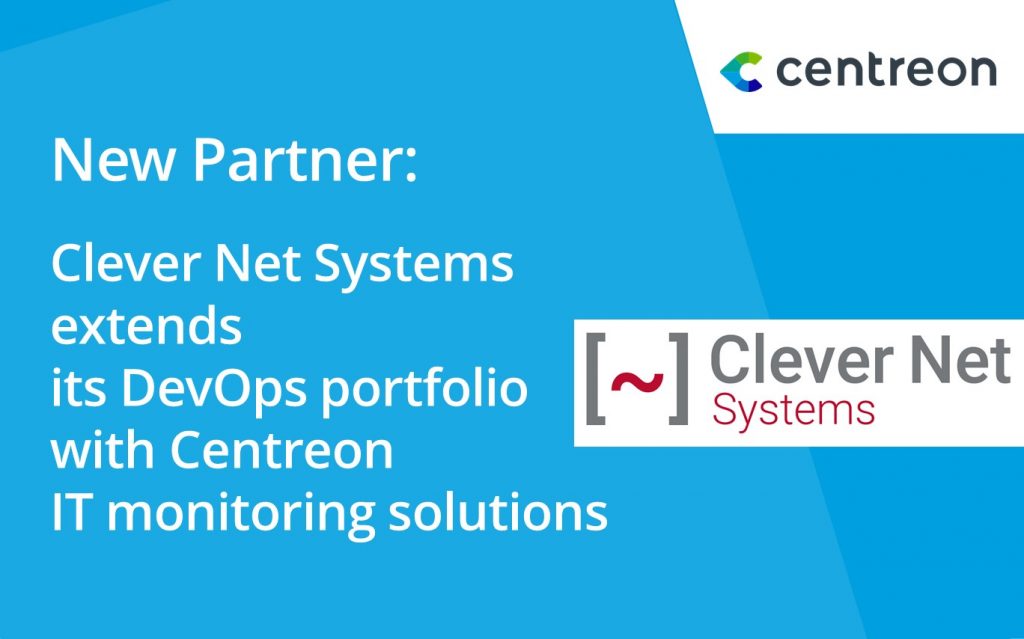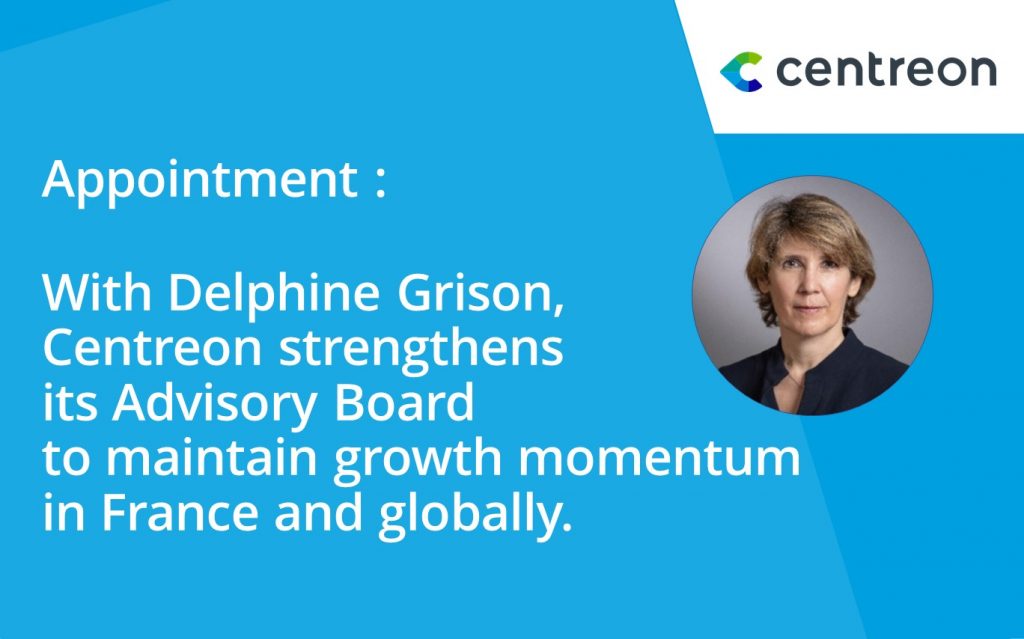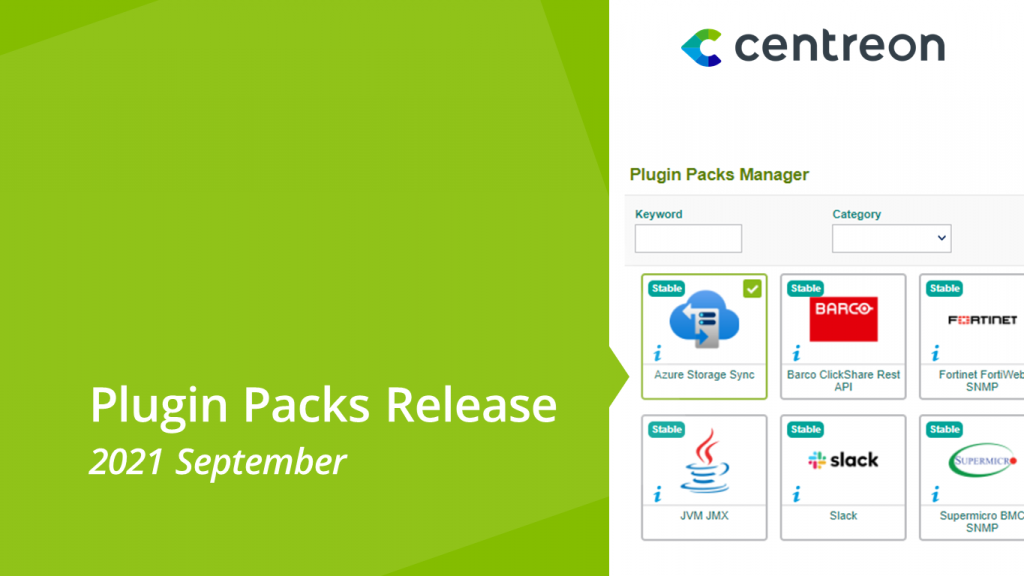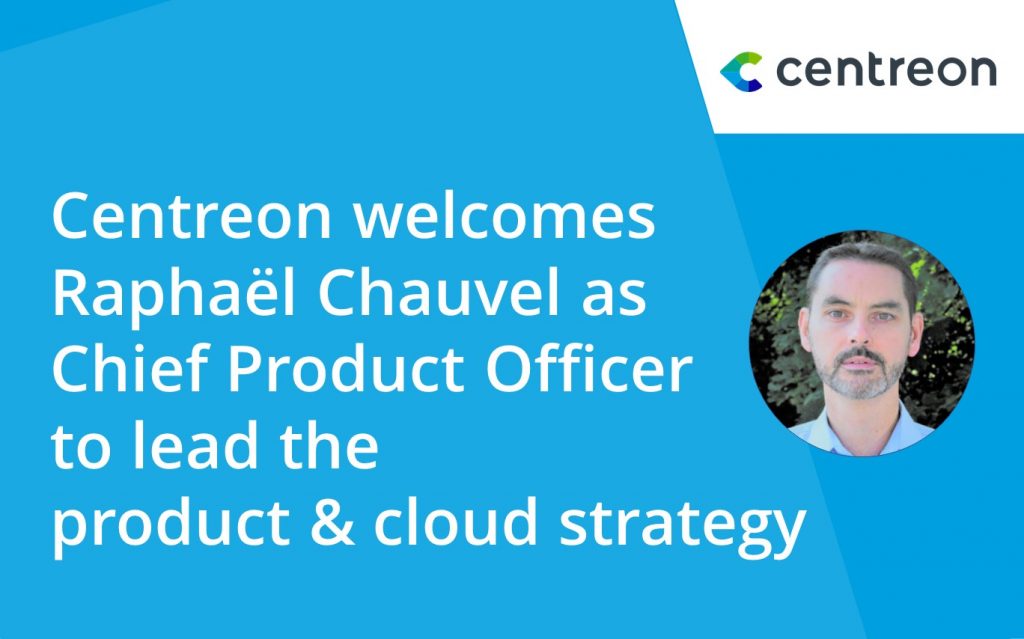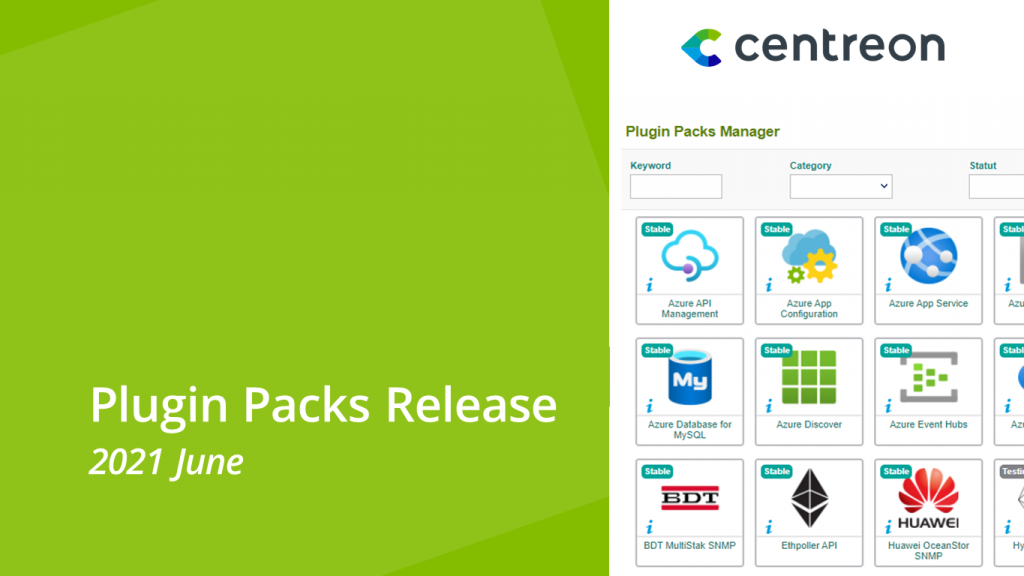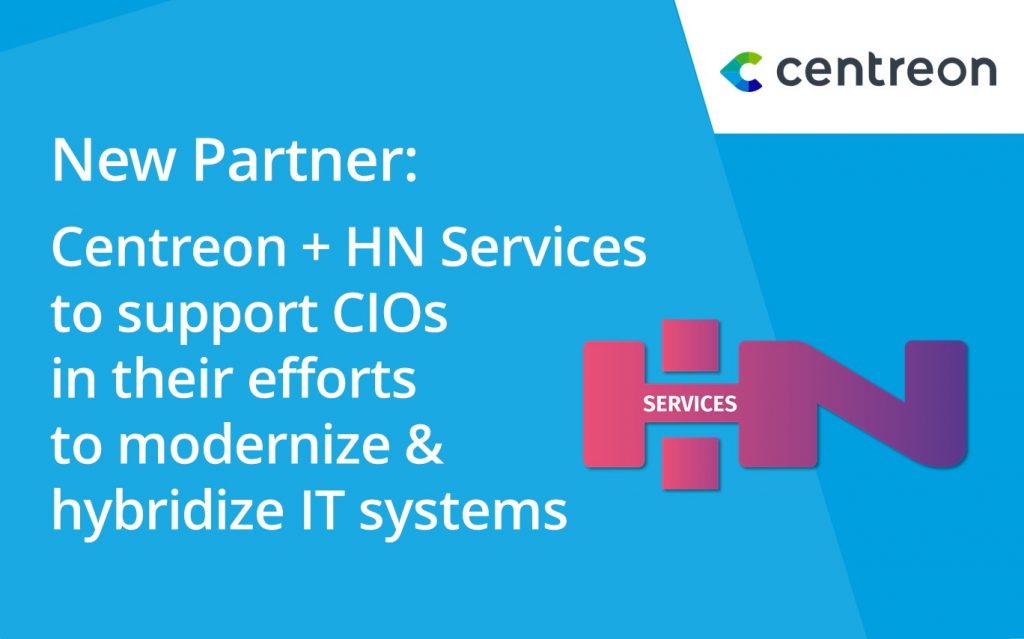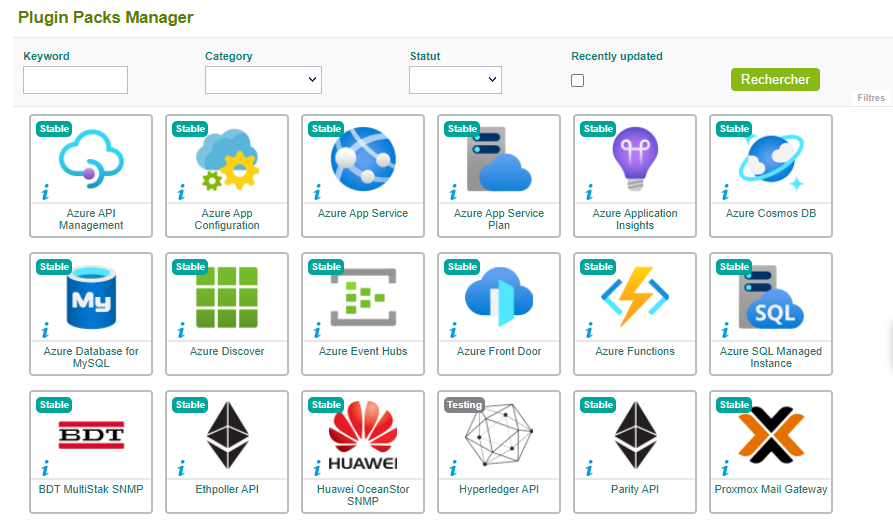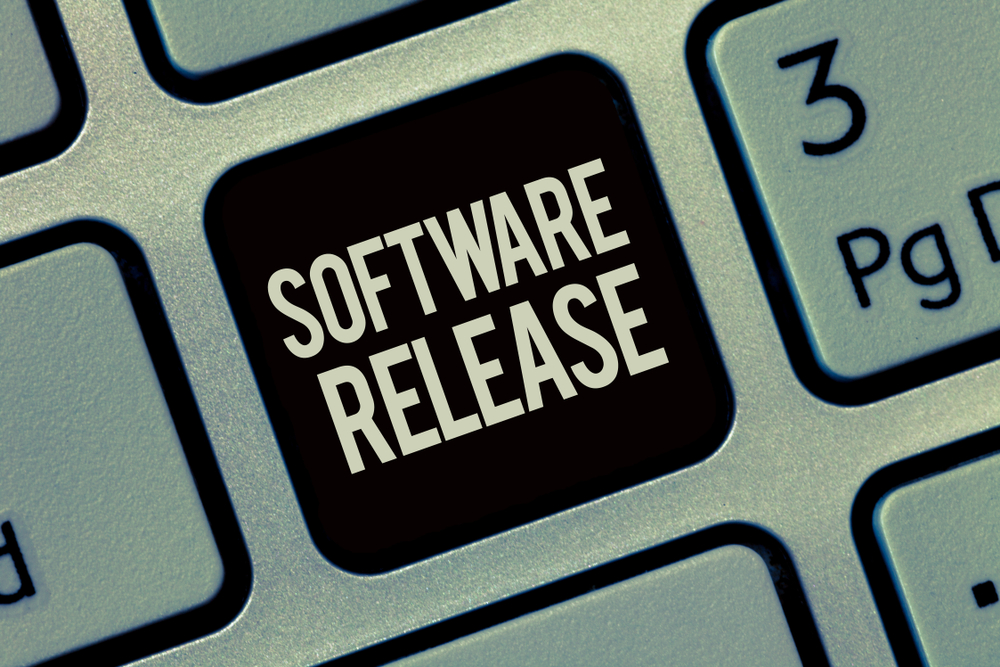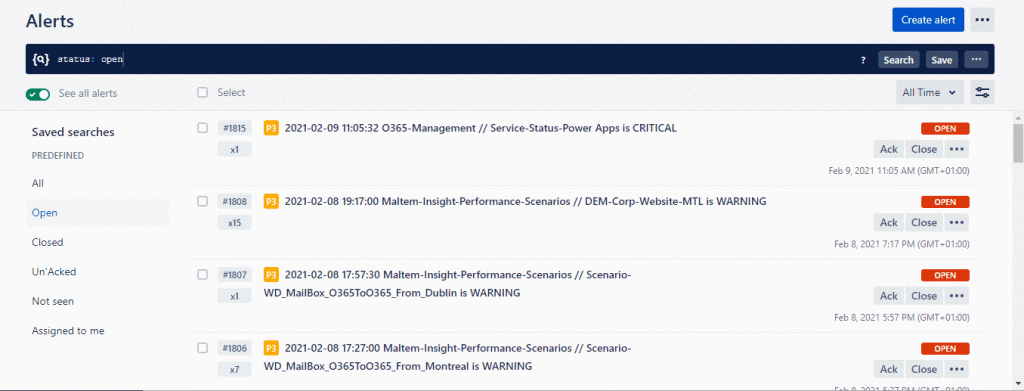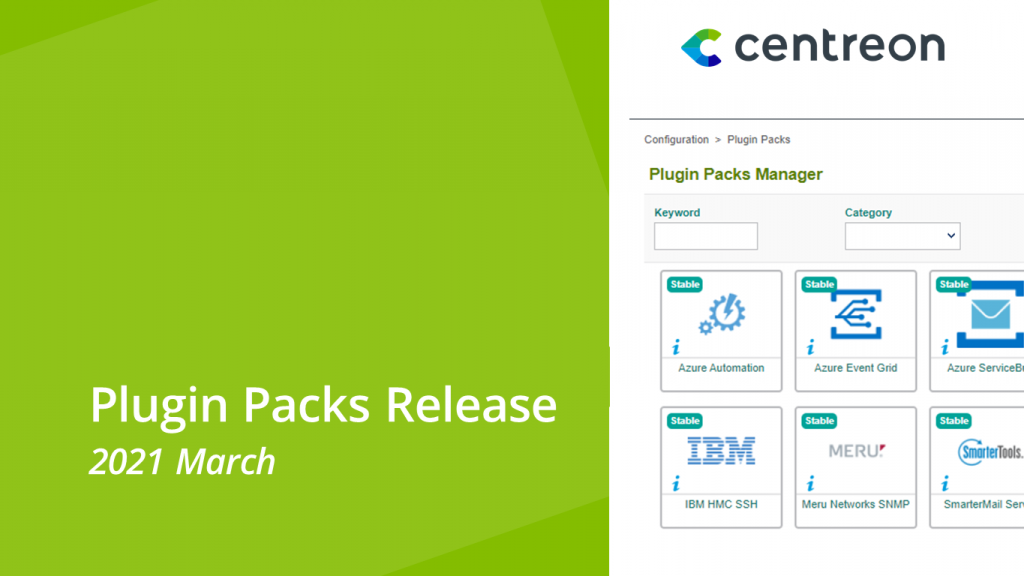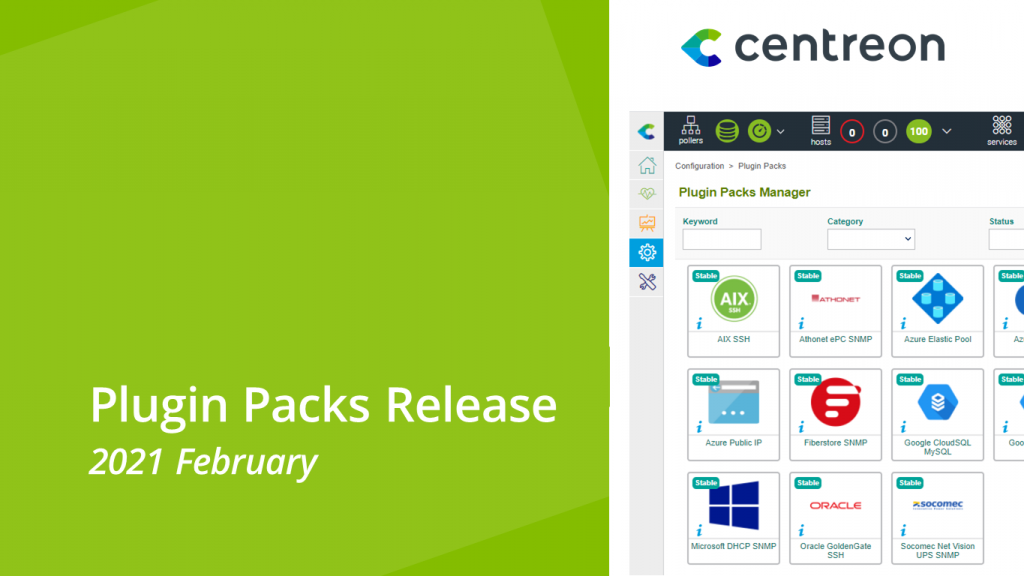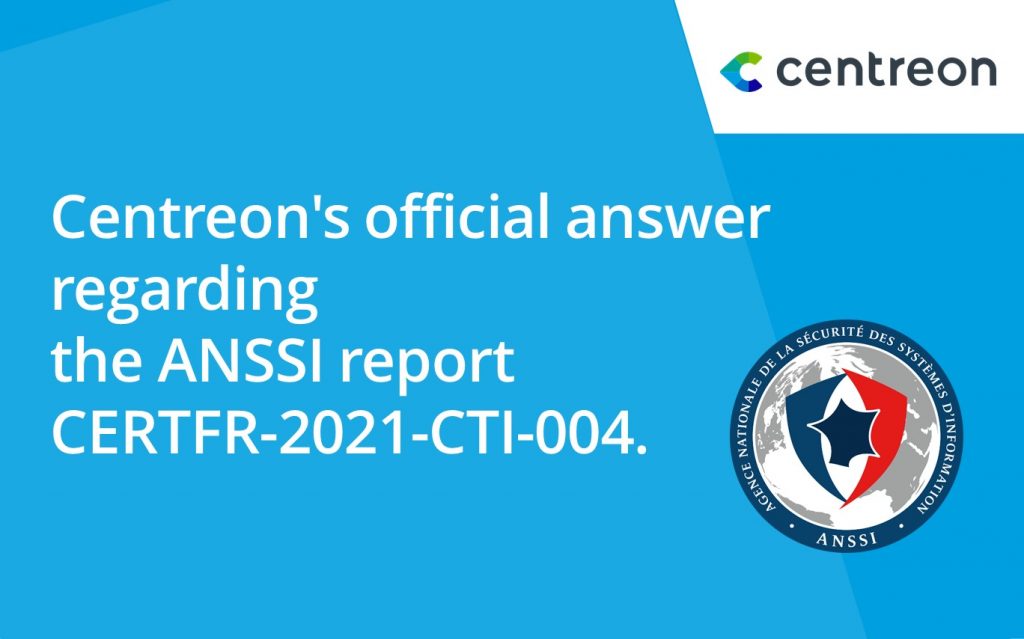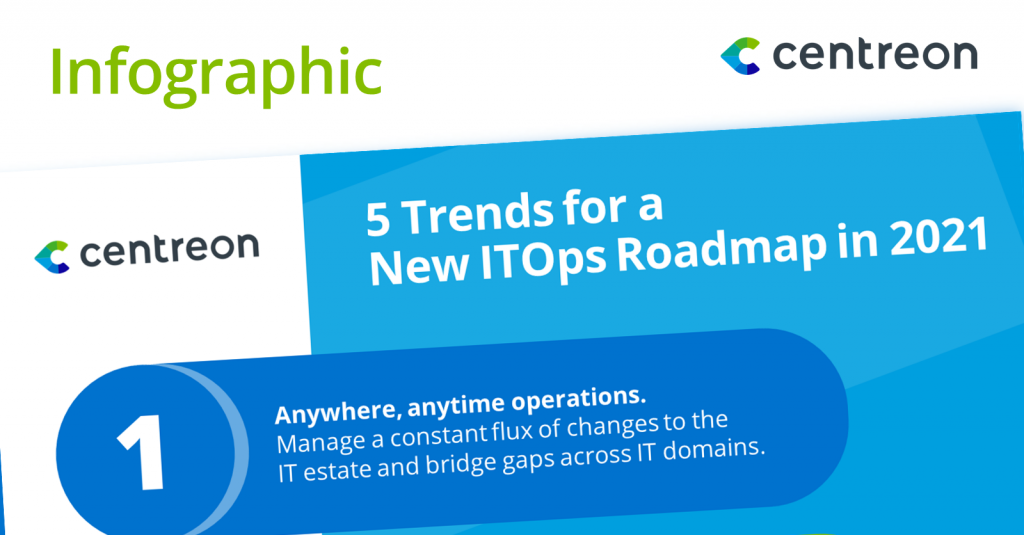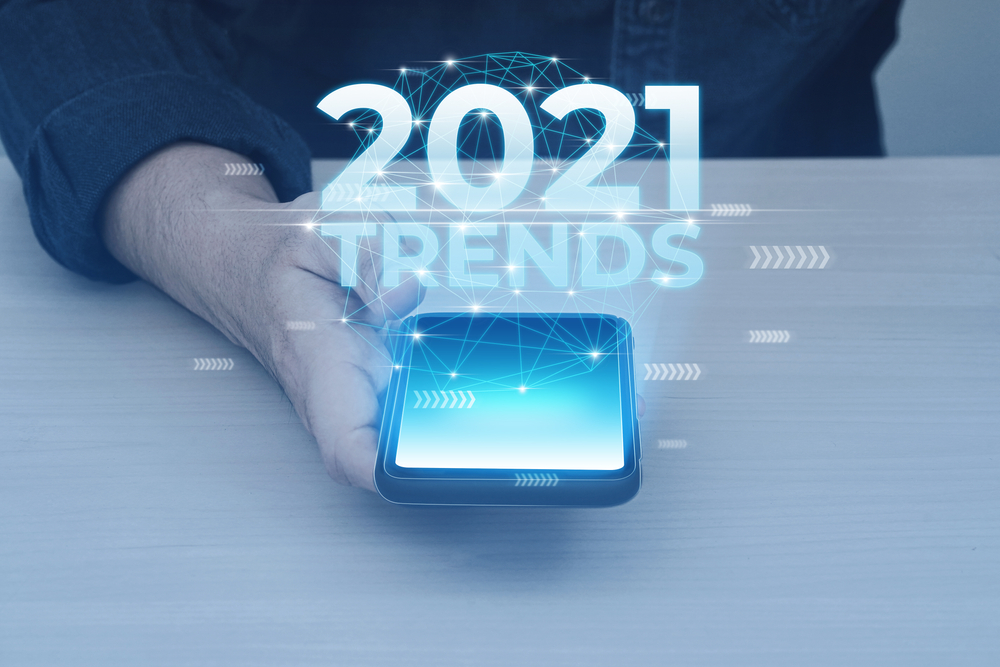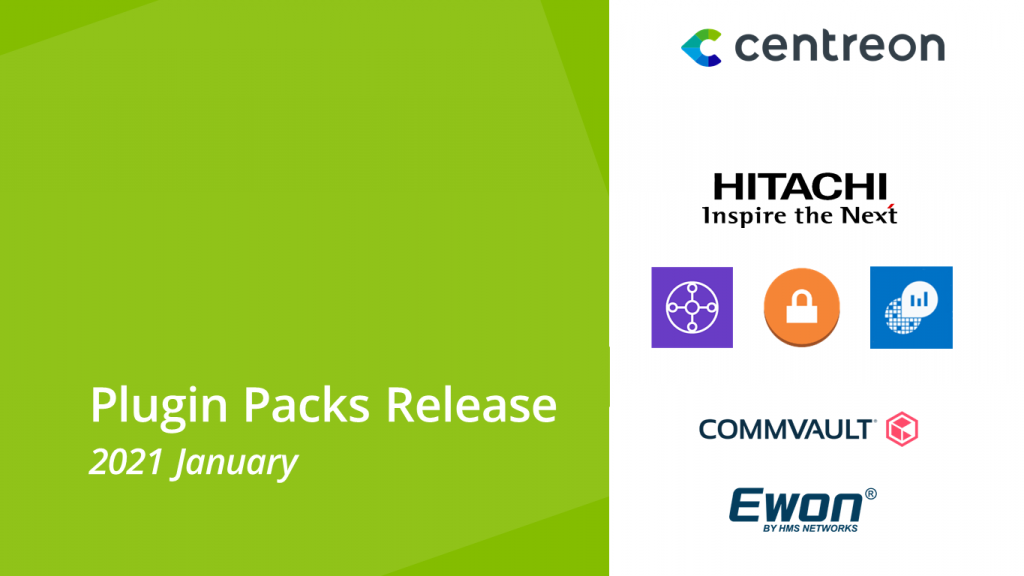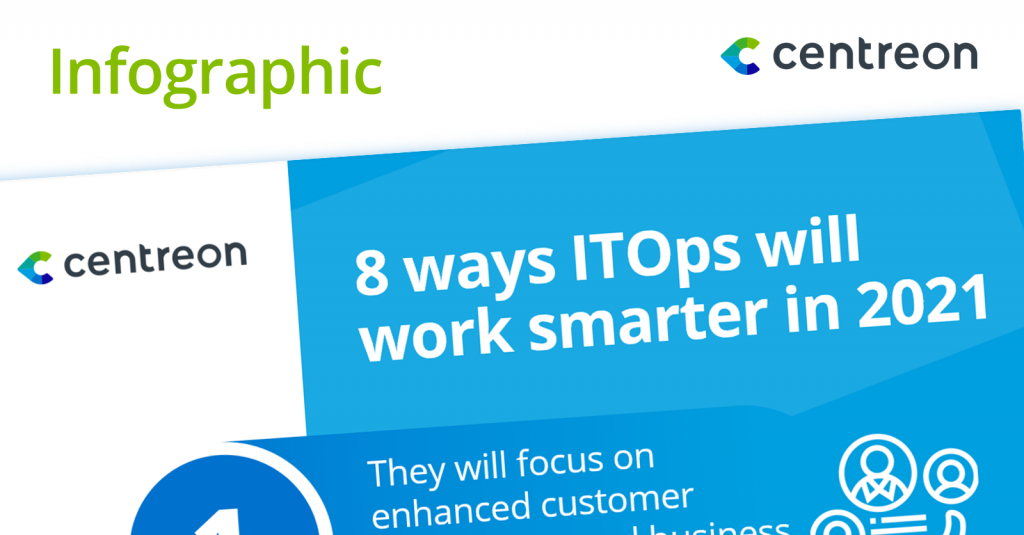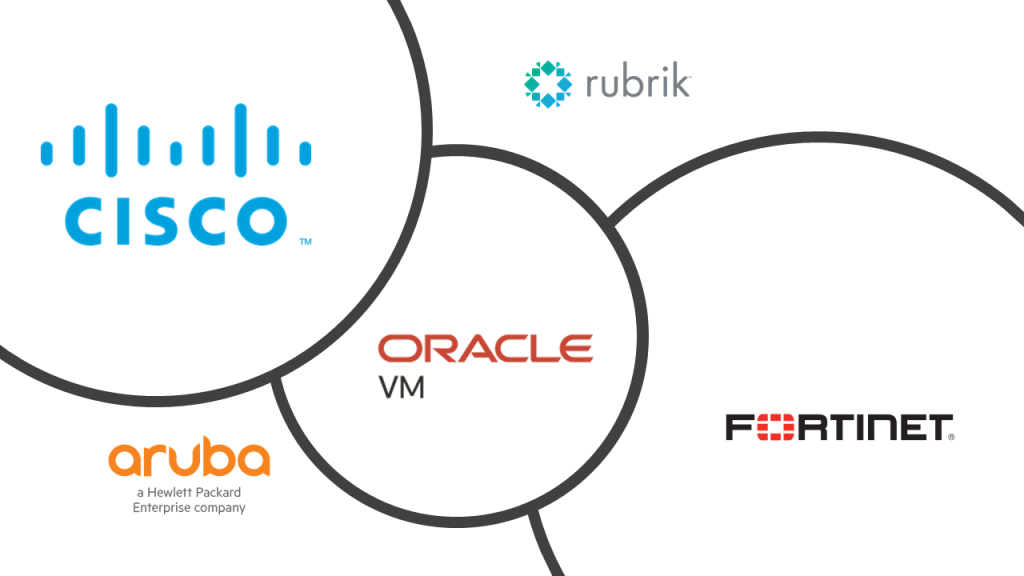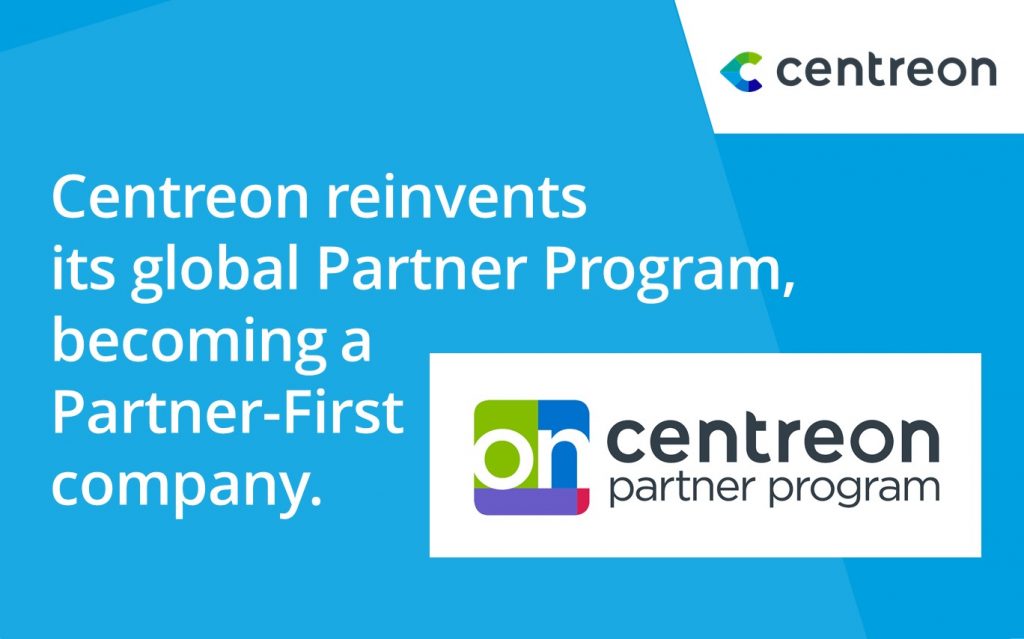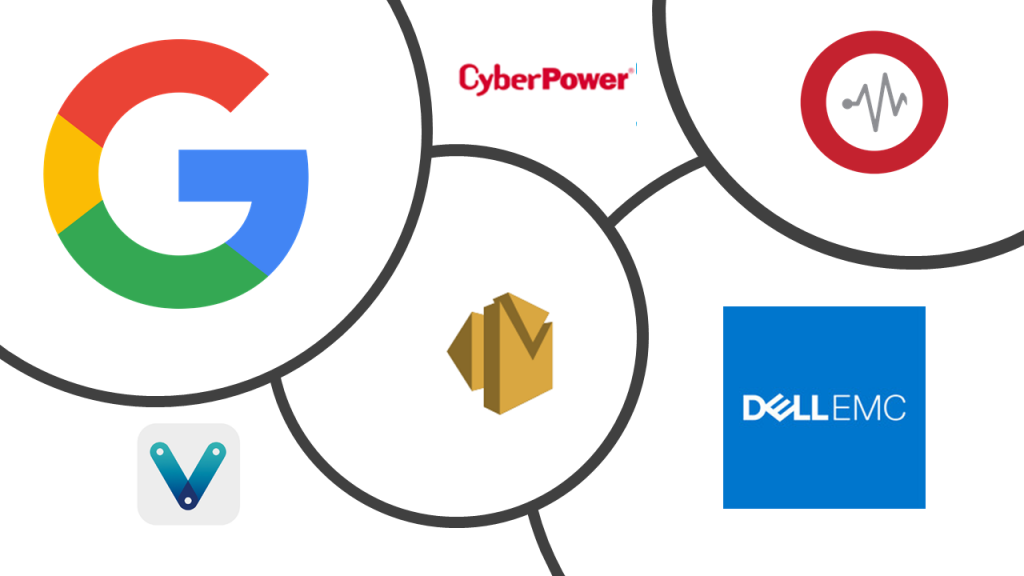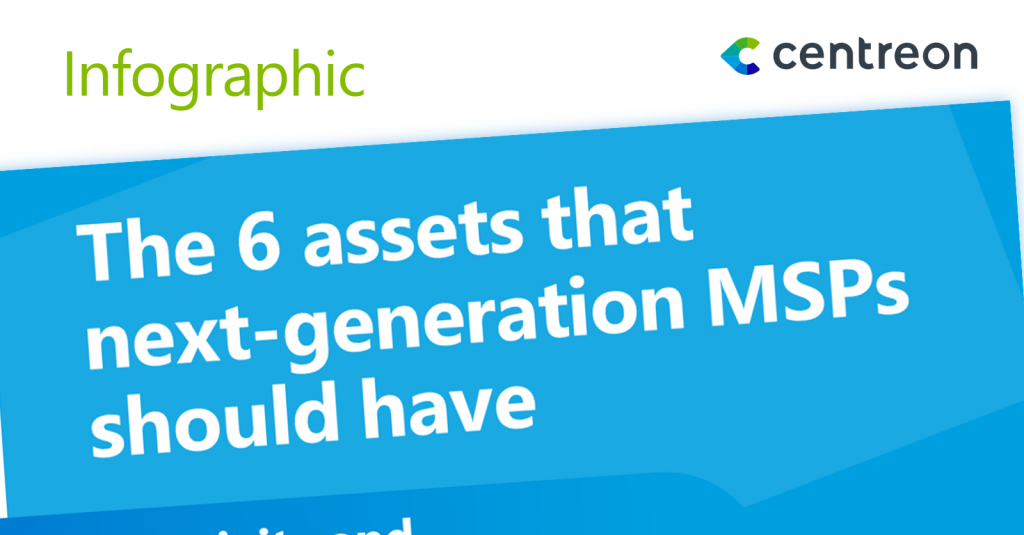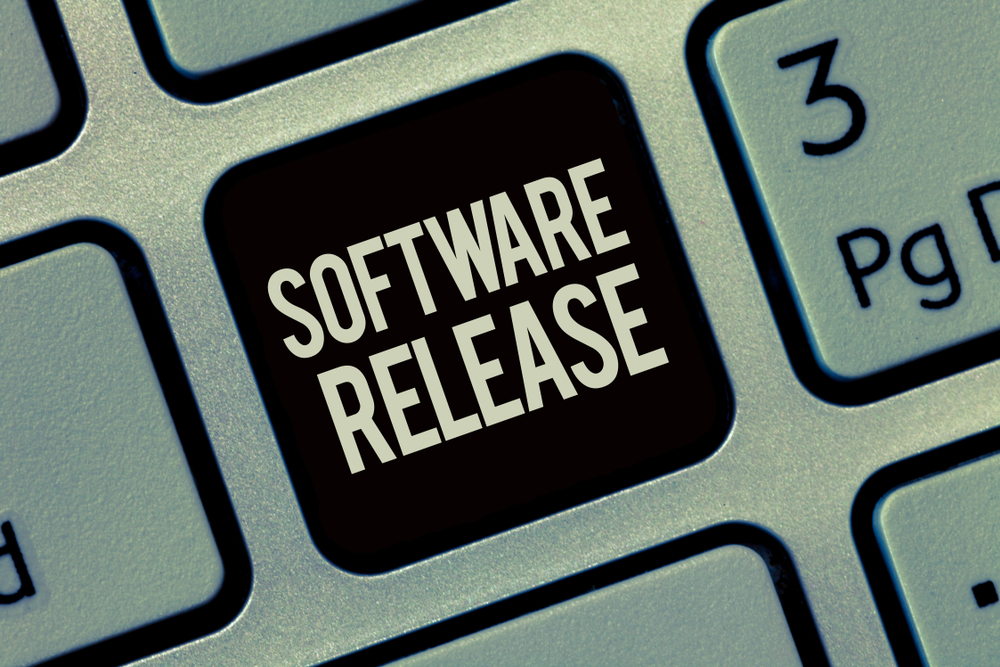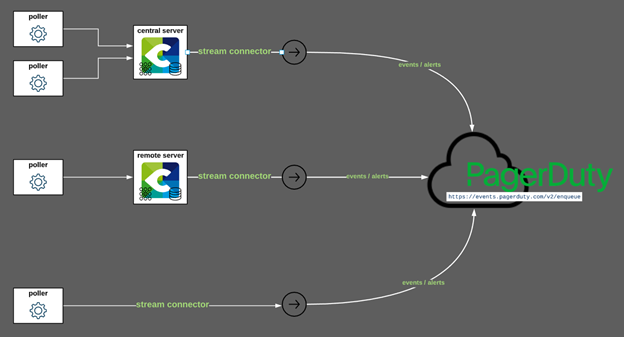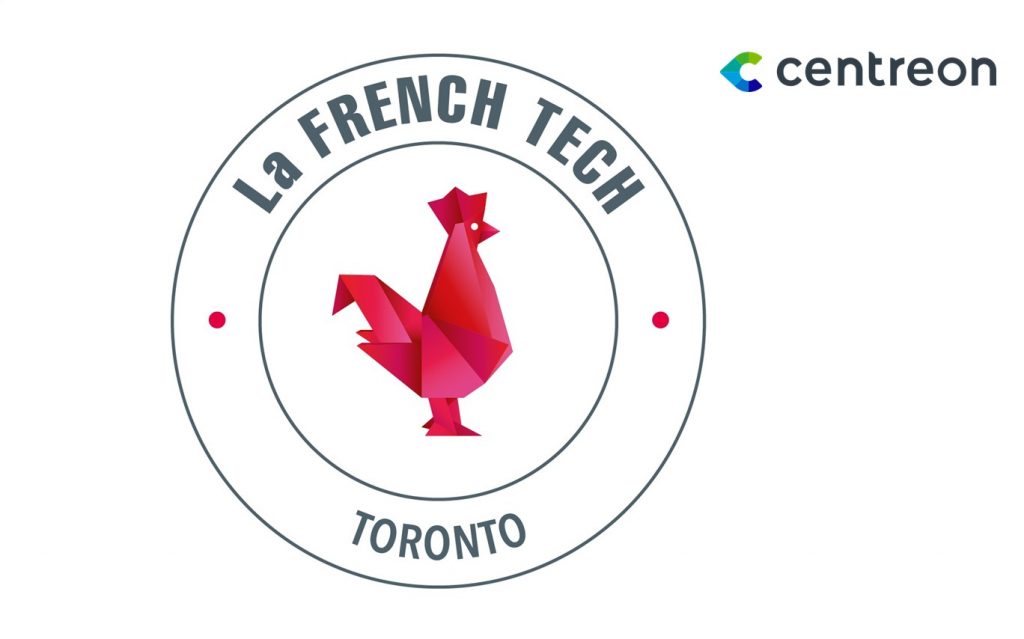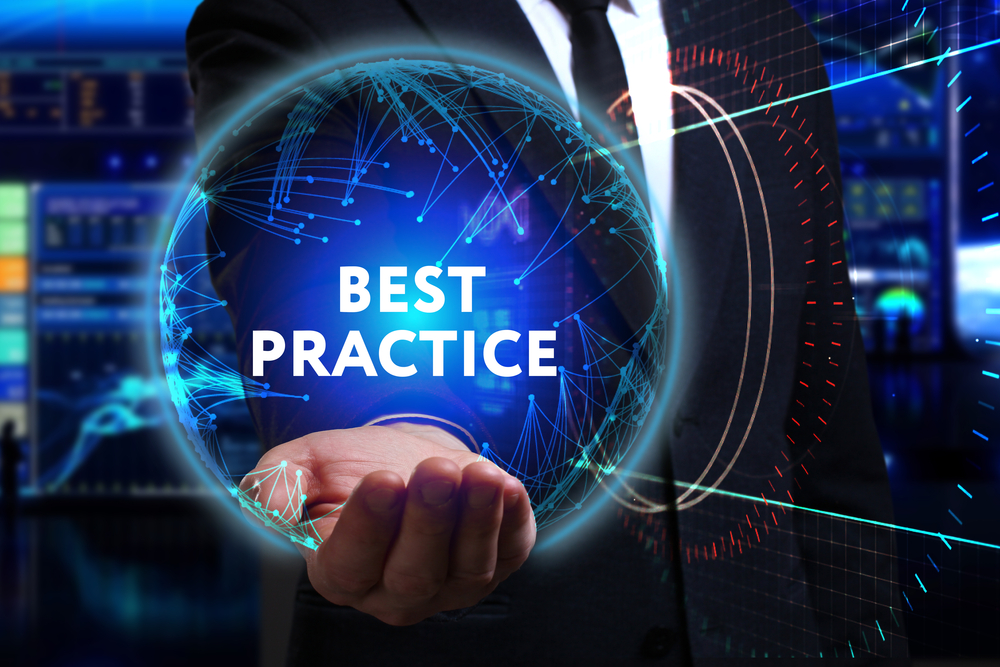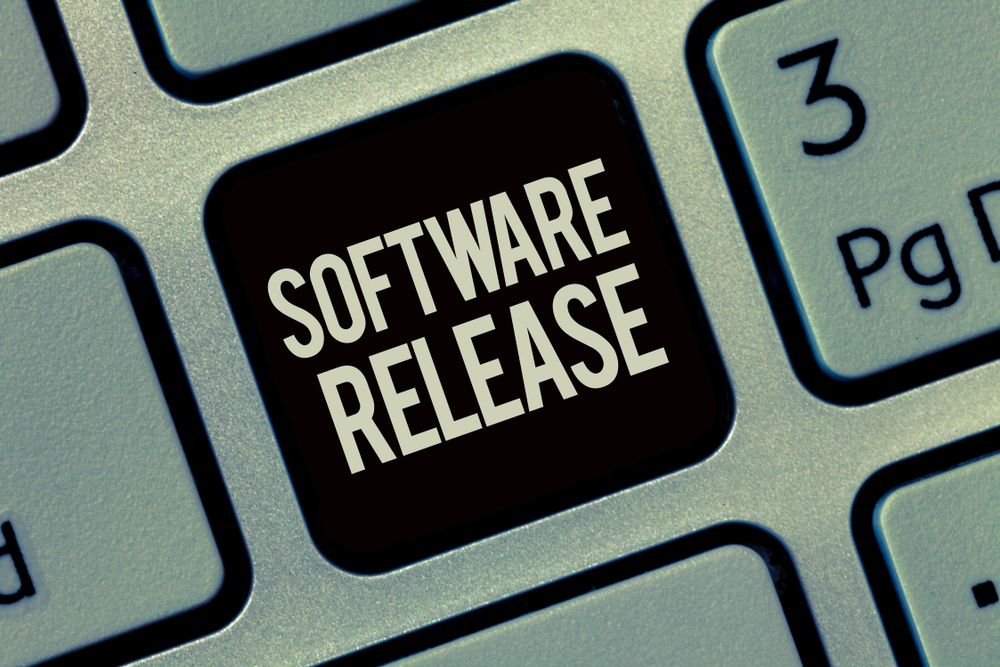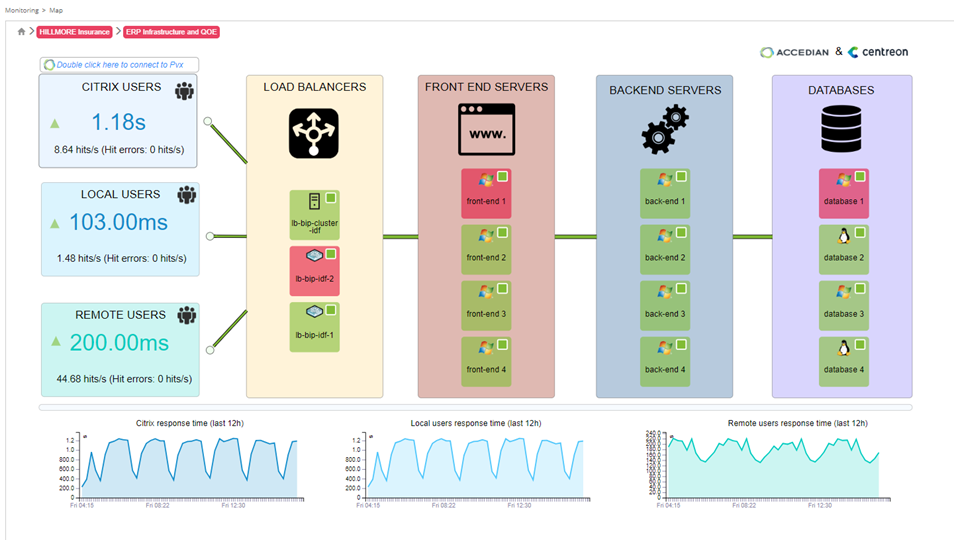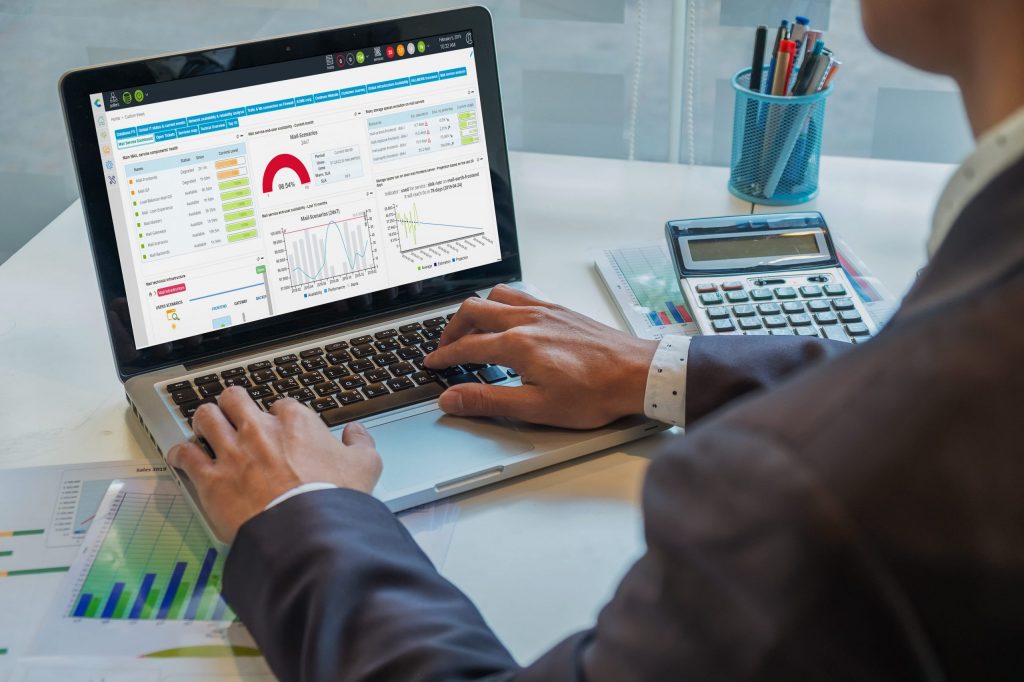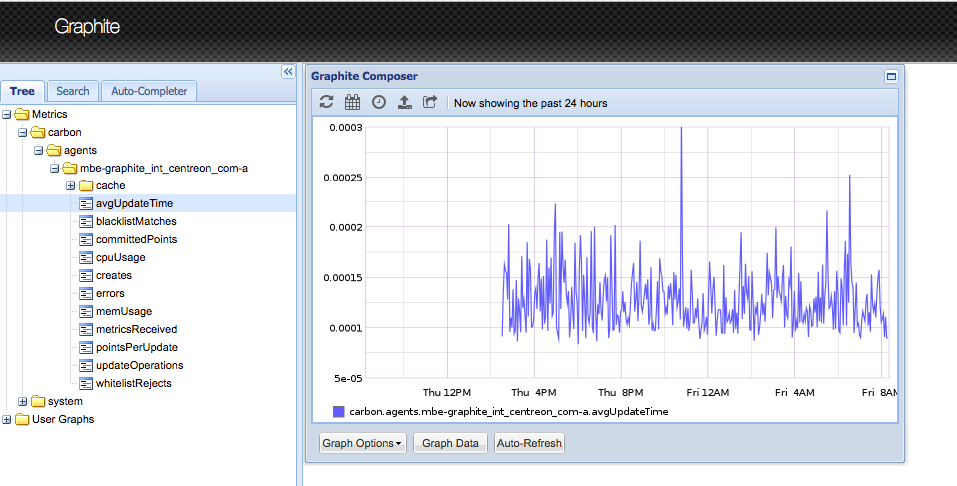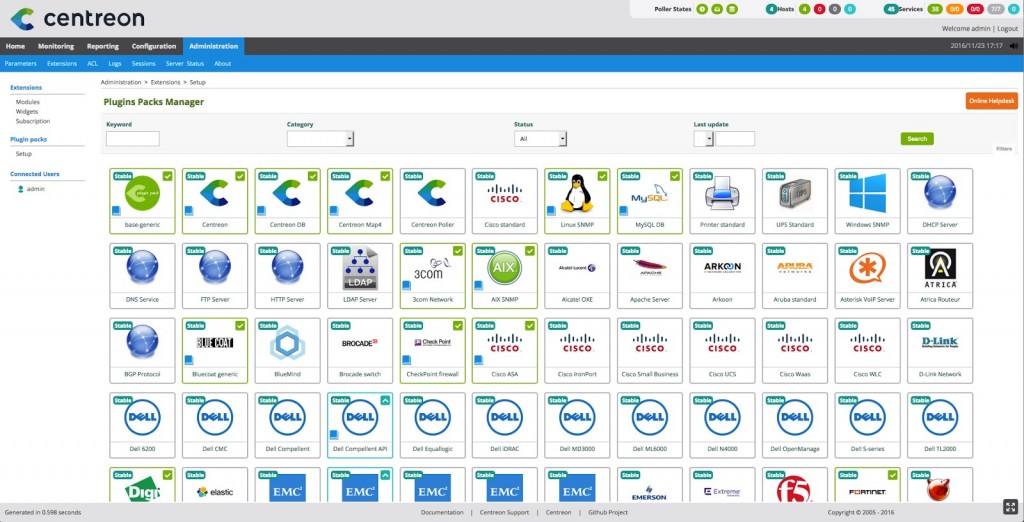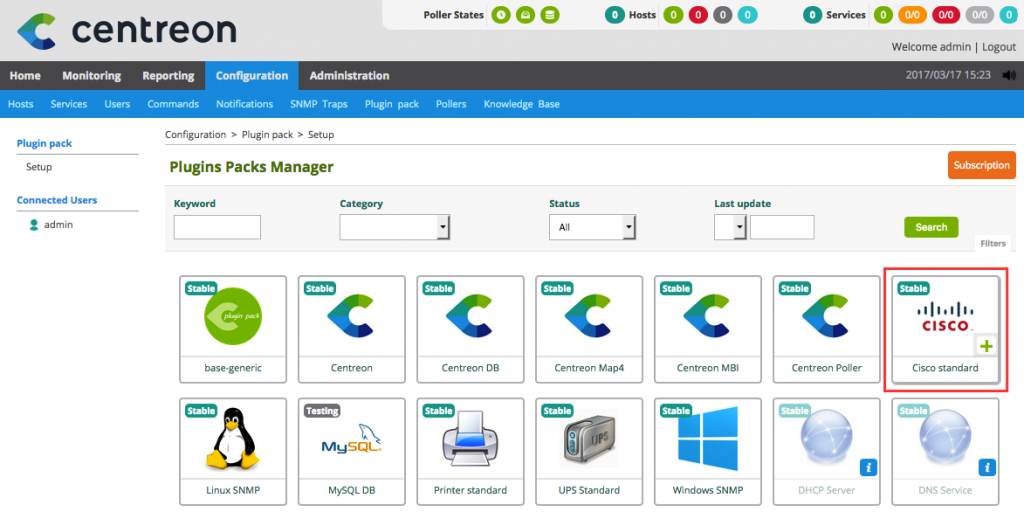Cloud Monitoring
Back to glossaryWhat Is Cloud Monitoring?
Cloud monitoring is the process of reviewing, analyzing, and managing the operational performance, availability, and security of cloud-based services and infrastructure. It involves the use of tools and platforms that continuously track metrics and logs to ensure optimal performance across cloud environments—including public, private, hybrid, and multi-cloud.
By providing real-time visibility into workloads, applications, and cloud-native infrastructure, cloud monitoring enables organizations to detect performance issues early, reduce downtime, and ensure consistent service delivery. The practice encompasses a wide range of capabilities, from synthetic testing and log management to alerting, dashboarding, and cost tracking.
Cloud monitoring is not just about maintaining uptime—it is a strategic activity that contributes to operational efficiency, security compliance, and business continuity.
Why Cloud Monitoring Is Business-Critical?
In a digital-first world, cloud monitoring plays a pivotal role in ensuring that IT services deliver consistent and reliable performance to internal users and external customers. The stakes are high: downtime can impact revenues, customer satisfaction and brand reputation.
Here’s why cloud monitoring matters for every organization operating in the cloud:
- 24/7 Service Expectations: Cloud services must be available around the clock. Cloud monitoring ensures that services are running smoothly and alerts teams before problems escalate.
- User Experience and Performance: Monitoring ensures optimal application response times and supports a seamless digital experience.
- Operational Efficiency: It helps reduce the time to detect and resolve issues (MTTI and MTTR), freeing up IT resources for strategic tasks.
- Cloud Security and Compliance: Monitoring supports threat detection and helps organizations stay compliant with regulatory frameworks.
- Strategic Decision-Making: Actionable insights derived from metrics and usage data support smarter budgeting, scaling, and resource allocation.
For IT teams, cloud monitoring removes blind spots and simplifies troubleshooting. For ITOps Managers, it ensures SLA compliance, supports digital transformation, and optimizes costs.
How Cloud Monitoring Works?
Effective cloud monitoring combines data collection, real-time analysis, alerting, and visualization. Modern platforms rely on several methods and technologies to gather insight into cloud operations:
- Agent-Based and Agentless Monitoring: Agents collect in-depth performance data from inside cloud instances, while agentless methods pull data via APIs from cloud providers.
- Synthetic Monitoring: Simulates user interactions with applications to detect latency or downtime before users are impacted.
- Real User Monitoring (RUM): Captures performance from actual users in real time to help pinpoint localized issues.
- Log and Event Management: Centralizes logs from multiple services and correlates them to detect anomalies and root causes.
- Dashboards and Alerts: Provide visual and actionable summaries of system health and trigger notifications when metrics breach thresholds.
An integrated monitoring approach ensures that performance, security, and availability are tracked continuously and proactively—especially critical during infrastructure changes like cloud migrations.
Want to dive deeper into the technical foundations of monitoring cloud infrastructure?
👉 Read this detailed primer on cloud infrastructure monitoring to explore concepts, tools, and architecture best practices.
Cloud Monitoring Use Cases and Benefits
Cloud monitoring applies across industries, platforms, and architectures. Whether running in AWS, Azure, GCP, or private cloud, organizations benefit from monitoring in the following scenarios:
- Hybrid Cloud Monitoring: Unify the visibility of on-premise, private, and public cloud resources in a single platform.
- Cloud Application Monitoring: Track the performance and availability of business-critical apps to support SLAs and user experience.
- Website Monitoring: Ensure that public-facing digital services are performant, secure, and available worldwide.
- Infrastructure Health Monitoring: Monitor cloud servers, databases, containers, and virtual machines for uptime and load metrics.
- Security and Compliance: Detect threats, unauthorized access, and policy breaches to safeguard data and meet regulatory requirements.
- Cost Monitoring: Analyze cloud resource consumption, track budget trends, and uncover opportunities to optimize spend.
These use cases support diverse business goals—from ensuring customer satisfaction to increasing IT agility and controlling cloud expenses.
Challenges in Cloud Monitoring
Despite its strategic benefits, cloud monitoring presents several technical and organizational challenges:
- Tool Sprawl & Visibility Silos
Many organizations rely on multiple, disconnected monitoring tools. This creates fragmented insights, data silos, and blind spots—especially in hybrid and multi-cloud environments. - Alert Fatigue
Poorly configured alerts lead to noise, false positives, and critical issues being overlooked. Monitoring systems must support threshold tuning, baselining, and anomaly detection. - Dynamic Infrastructure
Cloud environments change constantly. Auto-scaling, ephemeral resources, and microservices require monitoring tools that can adapt in real-time without manual configuration. - Data Overload
Monitoring generates massive volumes of metrics, logs, and events. Without intelligent correlation and visualization, teams struggle to extract actionable insights. - Skill Gaps and Change Management
IT teams often lack the time or expertise to maintain multiple specialized tools. Successful cloud monitoring strategies must account for ease of use, automation, and organizational adoption.
Cloud Monitoring Strategy: Key Elements for Success
A strong cloud monitoring strategy ensures your technology investments align with business outcomes. Whether you’re modernizing legacy systems or scaling cloud-native apps, a strategy built on the following pillars drives value:
1. Align Cloud KPIs with Business Goals
Track metrics like uptime, latency, CPU usage, and error rates—but tie them directly to SLA objectives and customer satisfaction goals.
2. Define Usage Patterns
Monitor frequency of use, peak hours, and geographic access to inform resource scaling and cost forecasting.
3. Plan for Cloud Migrations
Include observability in your migration roadmap to detect performance degradations early and ensure data integrity throughout transitions.
4. Enable Unified Monitoring
Consolidate cloud and non-cloud monitoring in a single platform. This improves team collaboration, data correlation, and root cause analysis.
5. Automate and Standardize
Implement automation for log parsing, anomaly detection, and alert routing. Standardize monitoring configurations to reduce friction and improve consistency.
Who Is Cloud Monitoring For?
Cloud monitoring is not just a technical practice—it supports cross-functional goals and roles. Here’s how it serves two key type of IT Pros:
For Tech Leads
- Needs 100% visibility across all infrastructure.
- Prioritizes automation, reduced MTTR, and simplified toolchains.
- Seeks a solution that is easy to configure, flexible, and future-proof.
- Relies on real-time dashboards and root cause analysis to support incident resolution.
For ITOps Managers
- Oversees IT strategy and operational performance.
- Focuses on optimization, cost control, SLA compliance, and business continuity.
- Seeks to consolidate tools and ensure team efficiency despite skill shortages.
- Requires reporting and dashboards to support executive-level visibility.
By addressing both operational and strategic concerns, a unified cloud monitoring solution aligns technical excellence with business outcomes.
Choosing the Right Cloud Monitoring Tools
With dozens of solutions on the market, selecting the right cloud monitoring toolset requires careful evaluation. Here’s what to consider:
- Compatibility with Cloud Providers
Ensure the platform supports AWS, Azure, GCP, and hybrid infrastructures out-of-the-box. - Unified Visibility
Look for a single platform that integrates infrastructure, application, and network monitoring—cloud and non-cloud alike. - Ease of Deployment and Use
Tools should be easy to configure, scale with your infrastructure, and require minimal manual intervention. - Automation and Alerting
Built-in anomaly detection, adaptive baselines, and intelligent alerting reduce noise and accelerate response times. - Dashboards and Reporting
Custom dashboards tailored to different stakeholders (DevOps, ITOps, Management) support clear and proactive decision-making. - Cost Transparency
The ability to track consumption, allocate costs, and forecast trends is essential for financial governance in cloud operations.
Cloud monitoring solutions are often part of a broader enterprise monitoring system that provides end-to-end visibility across hybrid and distributed environments.
Key Metrics and Insights in Cloud Monitoring
Monitoring is only as valuable as the insights it delivers. Effective cloud monitoring focuses on collecting and analyzing key metrics that reflect system health, user experience, and business impact.
Core Infrastructure Metrics
- CPU Usage: Identifies overutilized or underused resources.
- Memory and Disk Utilization: Helps prevent performance bottlenecks and capacity issues.
- Network Traffic & Latency: Detects slow connections, congestion, or potential attacks.
Application-Level Metrics
- Error Rates & Response Times: Tracks user satisfaction and SLA adherence.
- Transaction Tracing: Enables end-to-end visibility across microservices and APIs.
- Service Availability: Ensures critical apps are always accessible.
Security & Compliance Metrics
- Login Patterns & Unauthorized Access Attempts: Detects intrusions and insider threats.
- Audit Trails & Encryption Monitoring: Supports regulatory compliance.
Cost & Usage Metrics
- Resource Consumption Trends: Helps forecast spending and reduce waste.
- Idle Resource Detection: Identifies unused or underused assets for right-sizing.
Cloud Monitoring in Action: From Cloud Apps to Full Stack Visibility
Monitoring must extend from infrastructure to the application layer to provide true visibility into service health. Here’s how it plays out across different layers:
Cloud Application Monitoring (APM)
- Tracks performance of SaaS, web, and mobile applications hosted in the cloud.
- Uses synthetic and real-user monitoring to measure latency, availability, and UX.
Tracks performance of SaaS, web, and mobile applications hosted in the cloud using techniques such as synthetic and real-user monitoring to measure latency, availability, and UX. Learn more about Application Performance Monitoring (APM) and its role in cloud observability.
Database Monitoring
- Monitors query times, IOPS, replication health, and other indicators of data integrity and performance.
Cloud Logging
- Aggregates and analyzes logs across cloud services for anomaly detection, compliance, and troubleshooting.
Monitoring Web & Mobile Applications
- Ensures user-facing digital services are responsive, secure, and reliable across devices and geographies. Effective user experience monitoring helps detect performance issues from the end-user’s perspective before they impact satisfaction or conversion.
Public, Private, and Hybrid Cloud Monitoring
Organizations increasingly operate in multi-cloud or hybrid cloud environments—spanning public providers, private data centers, and edge locations. A modern monitoring solution must support:
Public Cloud Monitoring
- AWS, Azure, GCP integrations for full-stack observability: virtual machines, containers, services, APIs, and more.
Private Cloud Monitoring
- Visibility into on-premise or dedicated infrastructure that runs business-critical workloads or sensitive data.
Hybrid Cloud Monitoring
- A unified platform to correlate data across cloud and on-prem resources, eliminating gaps and improving root cause detection.
Multi-Cloud Monitoring
- Supports consistent monitoring standards across multiple cloud providers to reduce complexity and maintain governance.
Cloud Monitoring and Security
Security is a core pillar of any cloud operations strategy—and monitoring plays a foundational role in safeguarding cloud environments.
Security Threat Detection
- Identify brute force attempts, DDoS attacks, port scanning, and other malicious behaviors.
- Monitor failed login attempts, privilege escalations, and unauthorized API calls.
Cloud Compliance Monitoring
- Ensure continuous compliance with frameworks like GDPR, HIPAA, PCI-DSS, or SOC2.
- Use monitoring to verify encryption protocols, access controls, and audit logging.
Security Posture Visibility
- Track the exposure of public-facing resources.
- Correlate threat intelligence with observed activity for faster incident response.
Centreon for Cloud Monitoring: Unified, Scalable, and Open
At Centreon, we believe cloud monitoring should be comprehensive, connected, and future-ready. Whether you’re operating in public cloud, private data centers, or complex hybrid environments, Centreon provides the unified visibility your teams need.
One Platform, Full Visibility
Centreon enables monitoring of:
- Cloud infrastructure (VMs, storage, databases)
- Cloud-native applications and containers
- On-premise systems in hybrid or multi-cloud environments
Zero-Config Cloud Connectors
Out-of-the-box connectors provide seamless integration with:
No custom scripting or manual configuration needed—just connect and monitor.
Advanced Dashboards and Reporting
Custom dashboards offer business-aware views for technical team and executive KPIs for ITOps leadership. Real-time monitoring, historical trends, and anomaly detection come standard.
Open Source Foundation, Enterprise Grade Capabilities
Centreon blends open-source agility with enterprise-class features:
- Multi-site, distributed monitoring
- Automation-ready integrations with ITSM
- Scalable for global deployments
Whether you deploy Centreon as SaaS or on-prem, you get full-stack observability with unmatched flexibility. Learn more about the Centreon’s Editions.
Next Steps: Enhance Your Cloud Visibility Today
Cloud monitoring is no longer optional—it’s essential. Whether you’re optimizing hybrid infrastructure, scaling cloud-native applications, or ensuring SLA compliance, the right monitoring strategy empowers your IT teams to deliver more with less.
If you’re ready to take the next step:
- Request a Demo
See how Centreon helps organizations like yours monitor everything, everywhere—in real time. - Start a Free Trial
Experience Centreon’s cloud monitoring capabilities hands-on with no commitment. - Contact Us
Speak with our experts to evaluate your current setup and explore tailored solutions. - Explore the Cloud Monitoring Use Case
Learn how organizations are leveraging Centreon to gain complete visibility and control.
Common Questions About Cloud Monitoring
What is cloud monitoring?
Cloud monitoring refers to the process of continuously tracking the performance, availability, and security of cloud-based infrastructure and applications using specialized tools.
What does cloud monitoring involve?
It involves collecting real-time metrics, aggregating logs, analyzing performance, detecting anomalies, triggering alerts, and ensuring service-level compliance across diverse cloud environments.
How do I monitor cloud storage?
Monitoring cloud storage means tracking metrics like IOPS, latency, throughput, and usage trends across block, file, and object storage. Most cloud providers offer built-in monitoring APIs; integrated platforms unify that data for analysis and alerting.
What are the three parts of cloud monitoring?
The key components are:
- Performance monitoring (availability, response times, usage)
- Security monitoring (threat detection, access control)
- Log and event monitoring (data integrity, troubleshooting)
What is Datadog?
Datadog is one of many cloud-native monitoring tools. It offers infrastructure monitoring, application performance tracking, log analysis, and security monitoring. Other solutions, like Centreon, offer similar unified capabilities with varying levels of openness, automation, and hybrid support.
Key Terms and Concepts to Know
Understanding these core concepts is essential to mastering cloud monitoring:
- Monitoring: The continuous observation of system states and behavior to detect performance and security issues.
- Cloud Monitoring Tools: Platforms and software used to track cloud infrastructure, applications, and resources.
- Synthetic Monitoring: Simulates user activity to proactively detect issues before they impact end users.
- Cloud Logging: Aggregating and analyzing logs generated by cloud services to detect errors and ensure compliance.
- Metrics: Quantifiable indicators (e.g., CPU usage, latency, throughput) used to measure performance and availability.
- Application Performance Monitoring (APM): A subset of monitoring focused on the responsiveness and health of applications.
- Hybrid Cloud: A computing model combining public and private clouds with on-prem infrastructure.
- Unified Monitoring: Monitoring all systems—cloud, on-prem, and hybrid—through a single platform.
- Cloud Security Monitoring: Identifying and mitigating risks in cloud environments, from data breaches to misconfigurations.
- Root Cause Analysis: Identifying the origin of a performance issue to speed up resolution.
- Operational Efficiency: Achieving high performance and availability with optimal use of resources.
- Cloud Compliance Monitoring: Ensuring regulatory and policy compliance across cloud-hosted systems.
Key Takeaways
- Cloud monitoring ensures performance, availability, and security across modern IT environments.
- It supports both technical teams and strategic IT Managers by reducing blind spots, optimizing infrastructure, and aligning operations with business goals.
- A robust strategy includes monitoring infrastructure, applications, logs, and cloud costs across public, private, and hybrid environments.
- Centreon delivers a unified, open, and scalable platform that simplifies monitoring and empowers teams to act fast, stay compliant, and ensure seamless digital experiences.
Optimize Performance. Reduce Complexity. Monitor Anything, Anywhere.
Cloud monitoring isn’t just about data—it’s about action. With Centreon, you transform complexity into clarity, silos into synergy, and metrics into mission-critical insights. Whether you’re managing a hybrid architecture, running cloud-native apps, or ensuring compliance, Centreon brings it all together in one reliable, future-proof solution.
Pages linked on this
Ready to see how Centreon can transform your business?
Keep informed on our latest news




